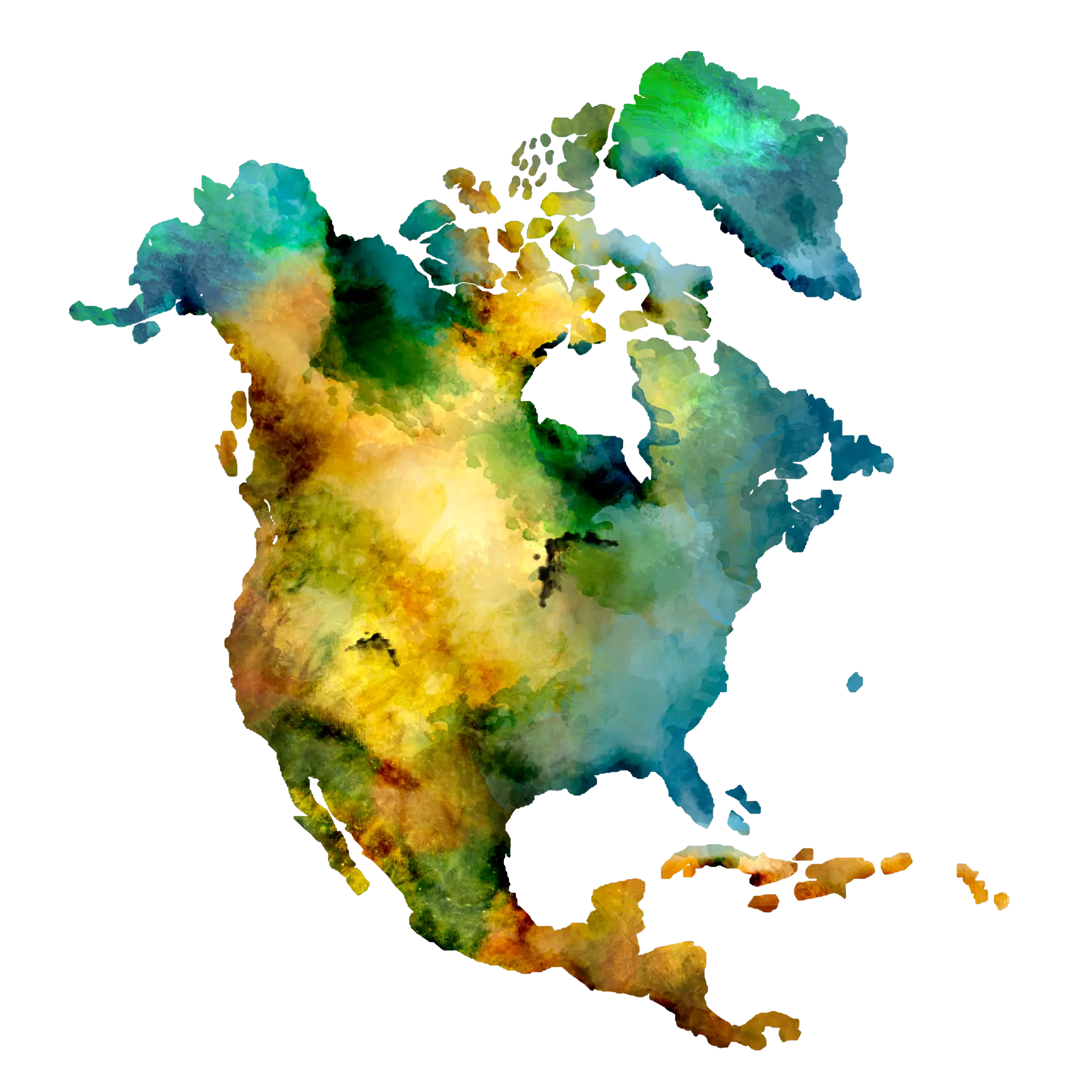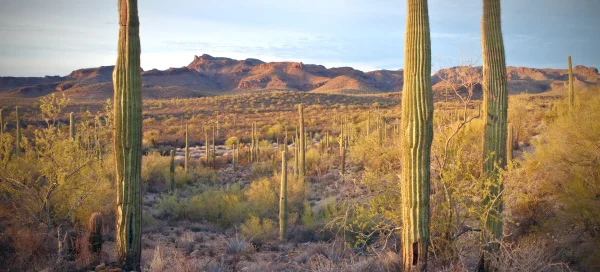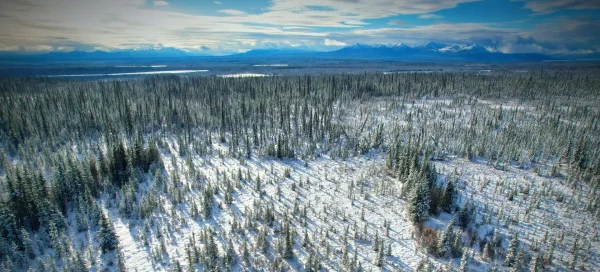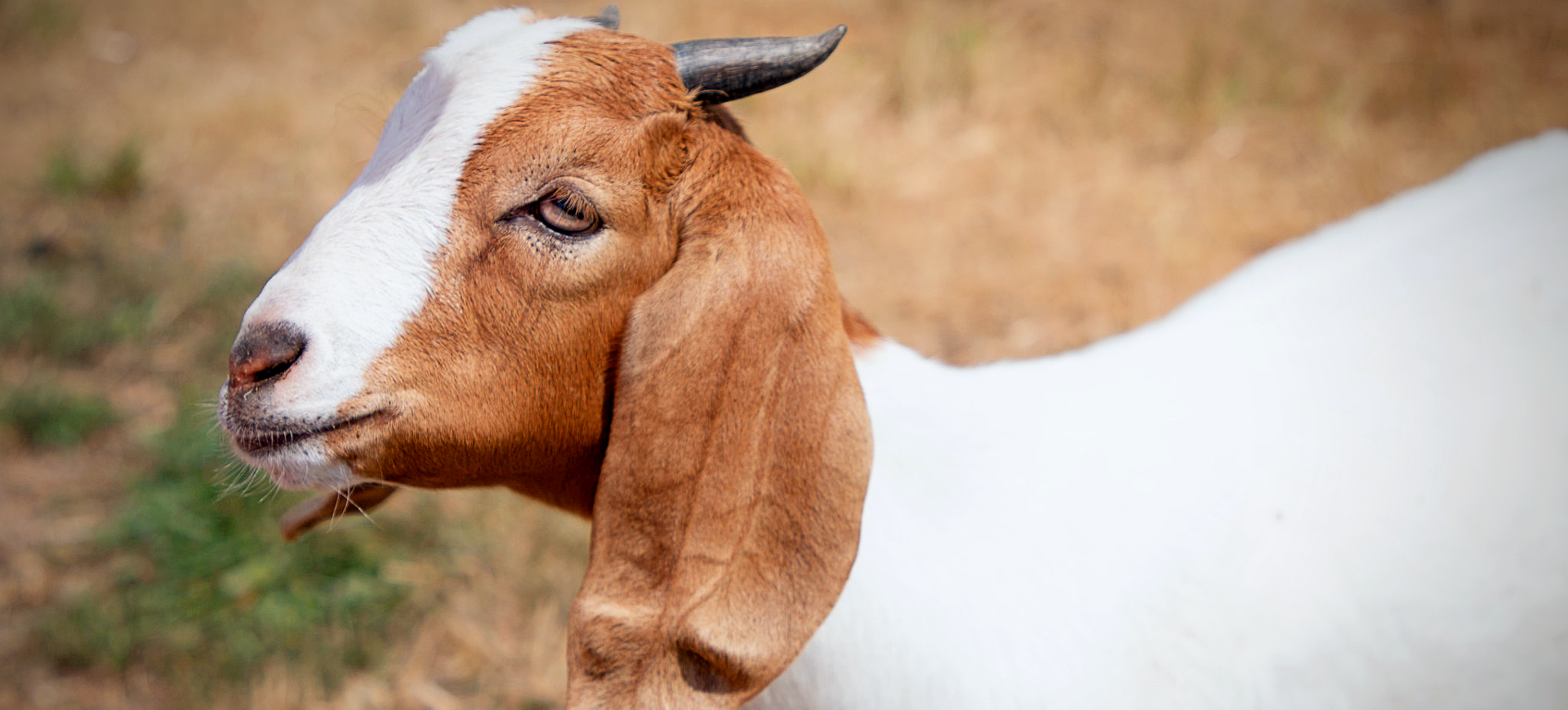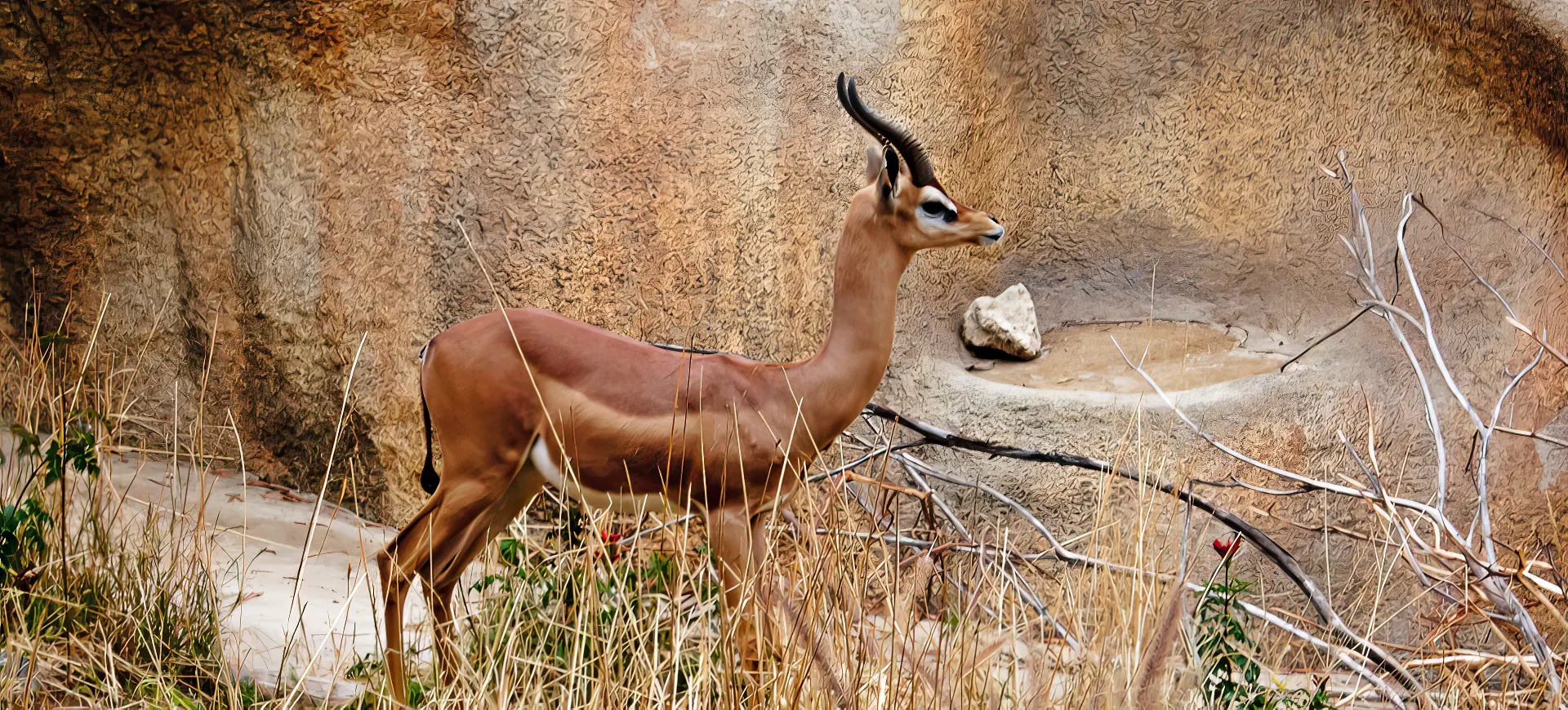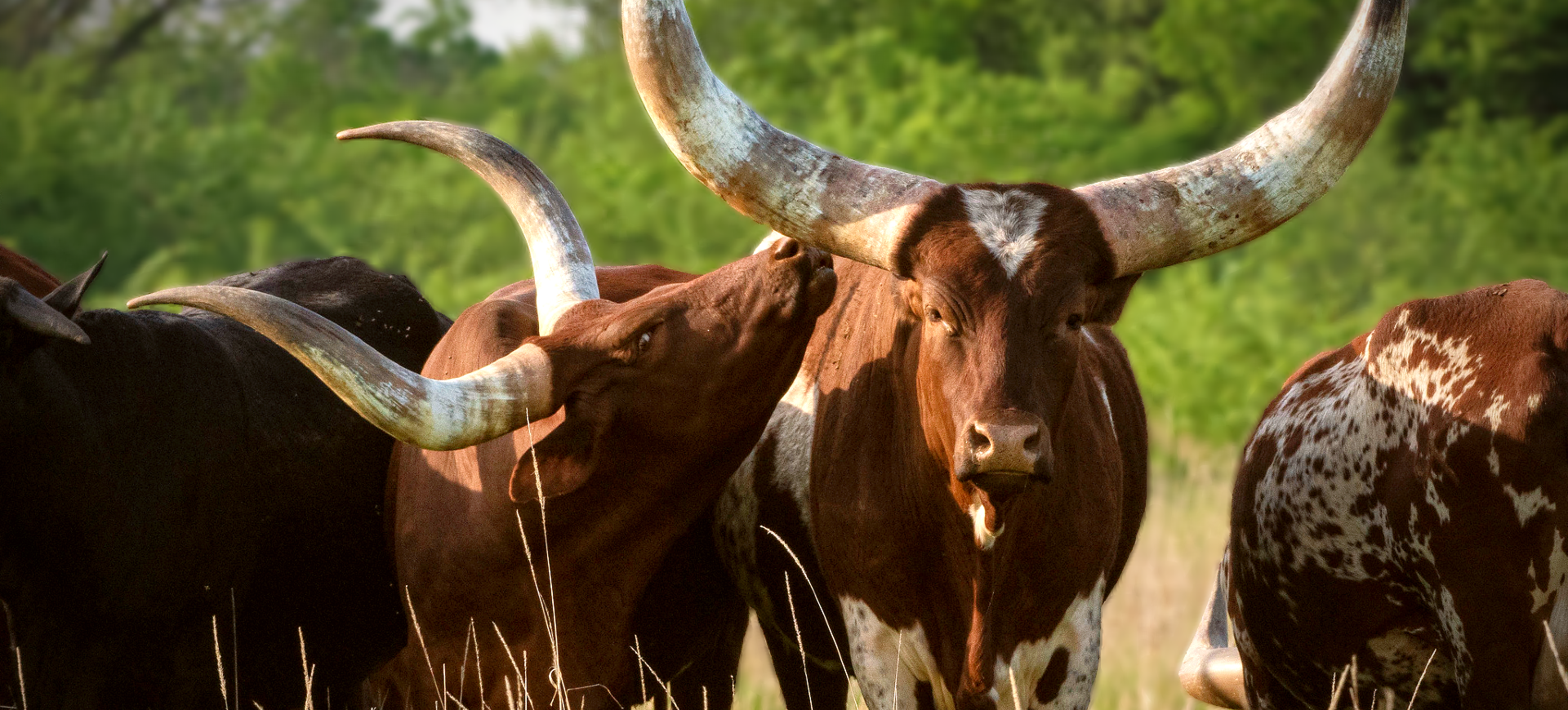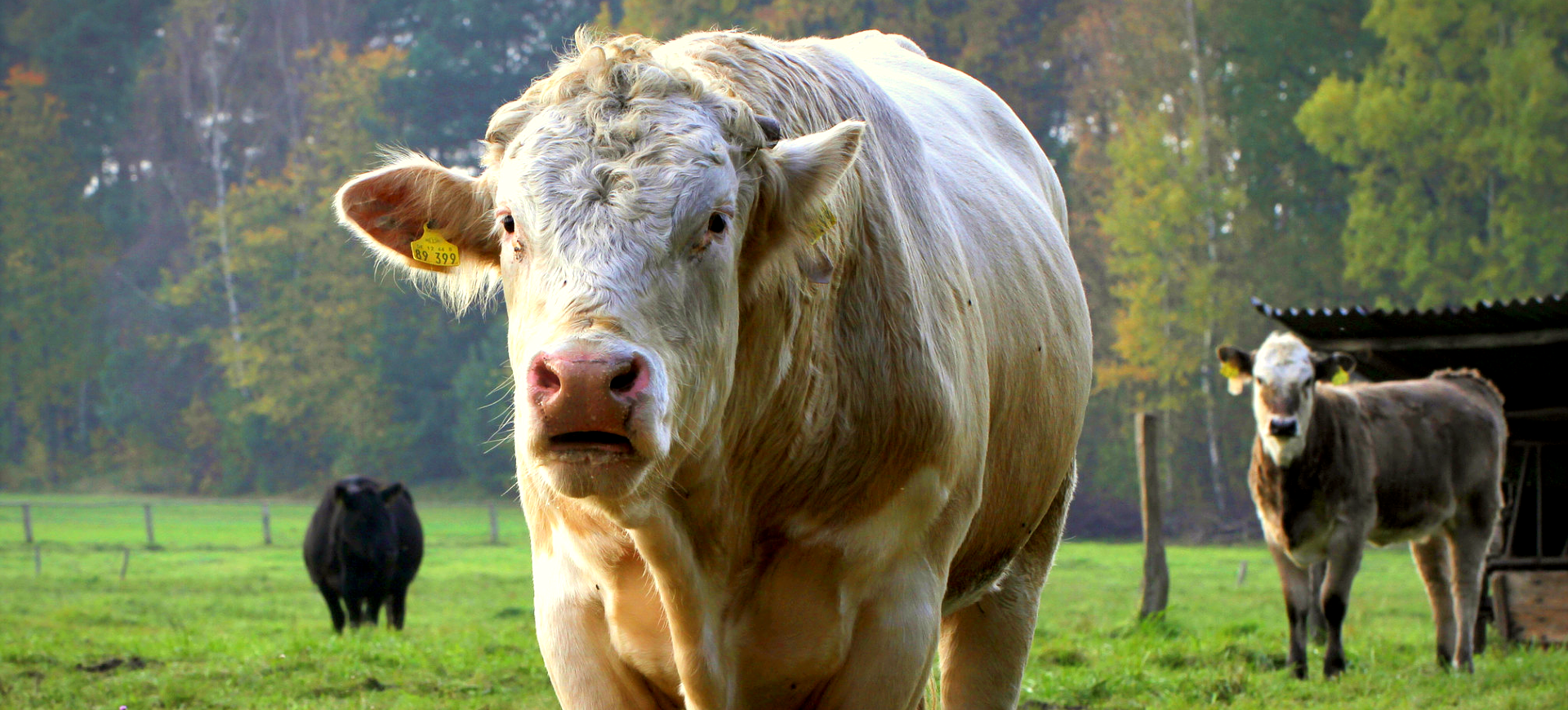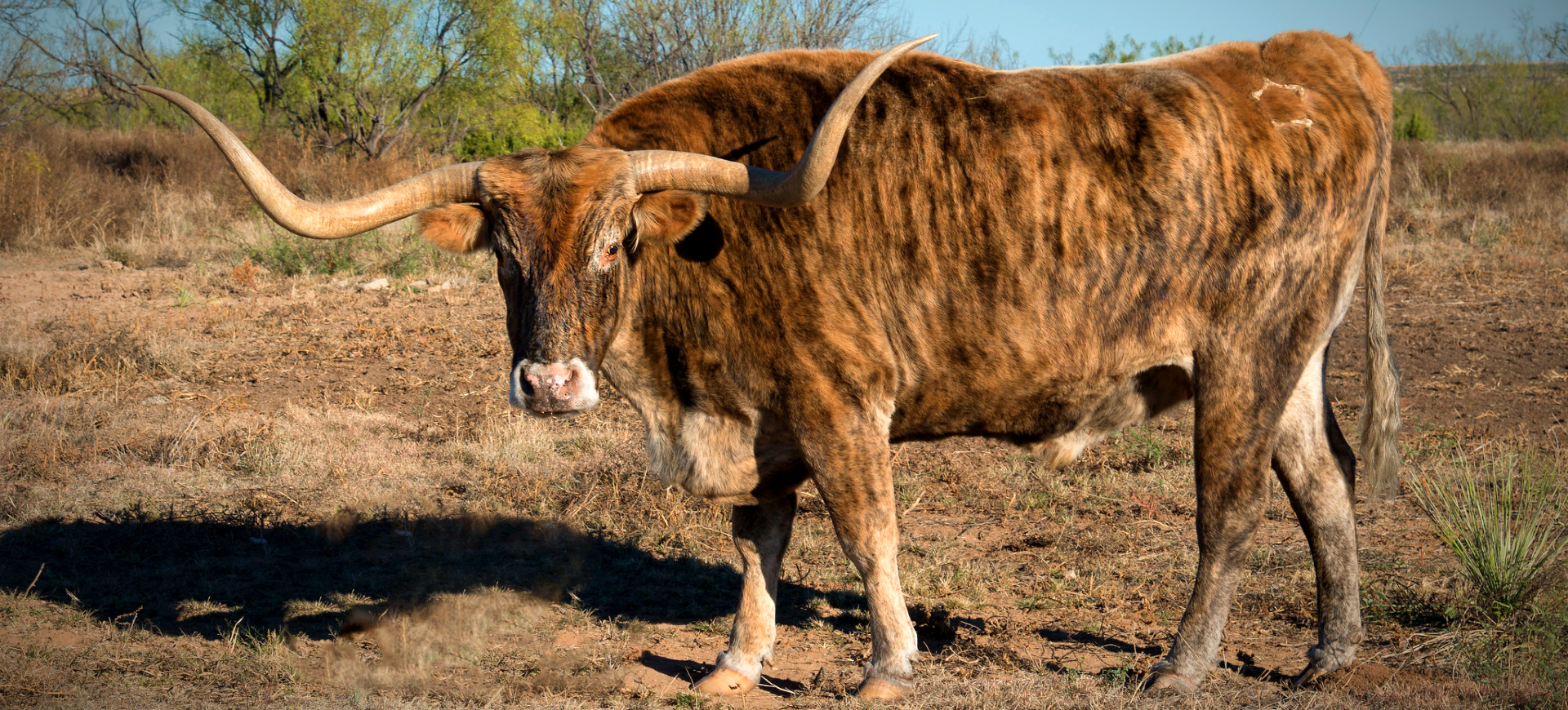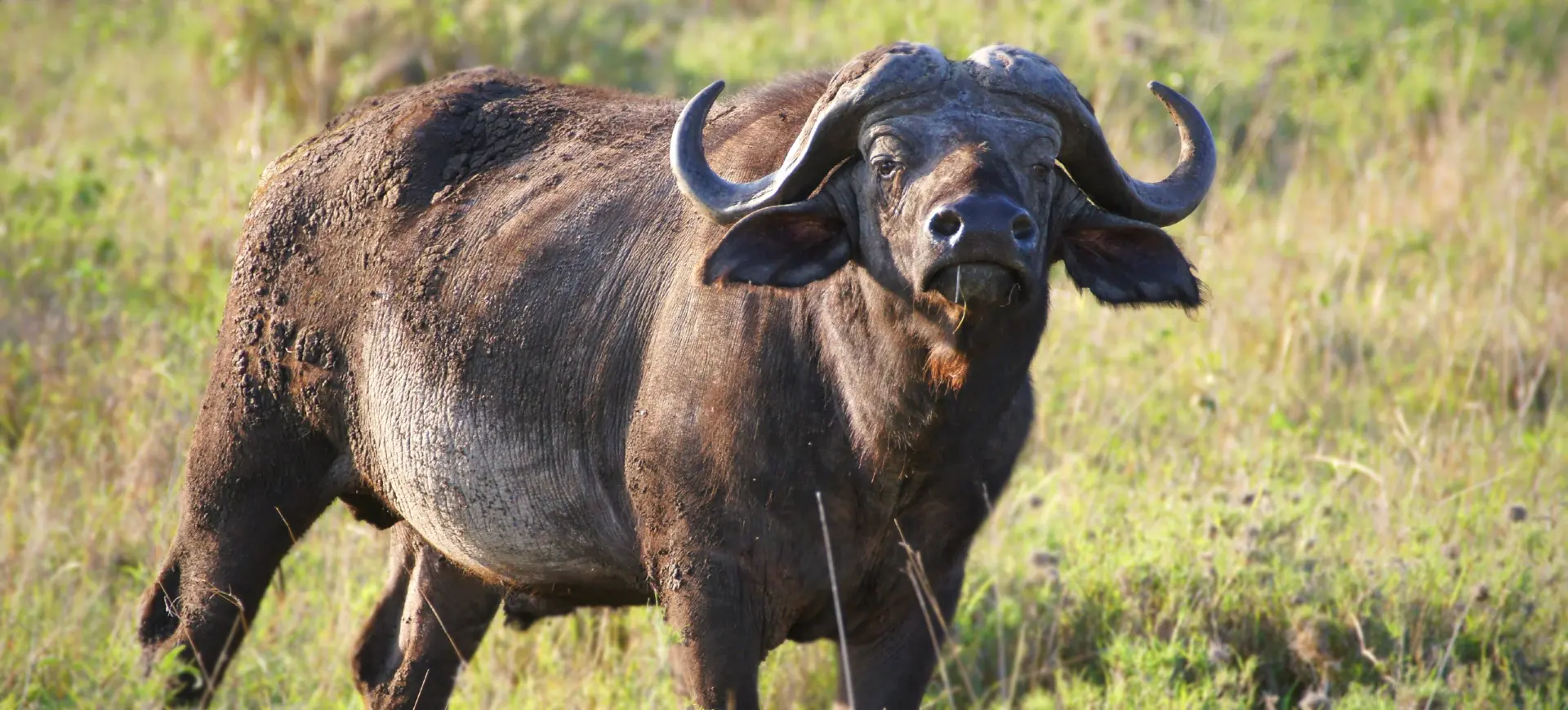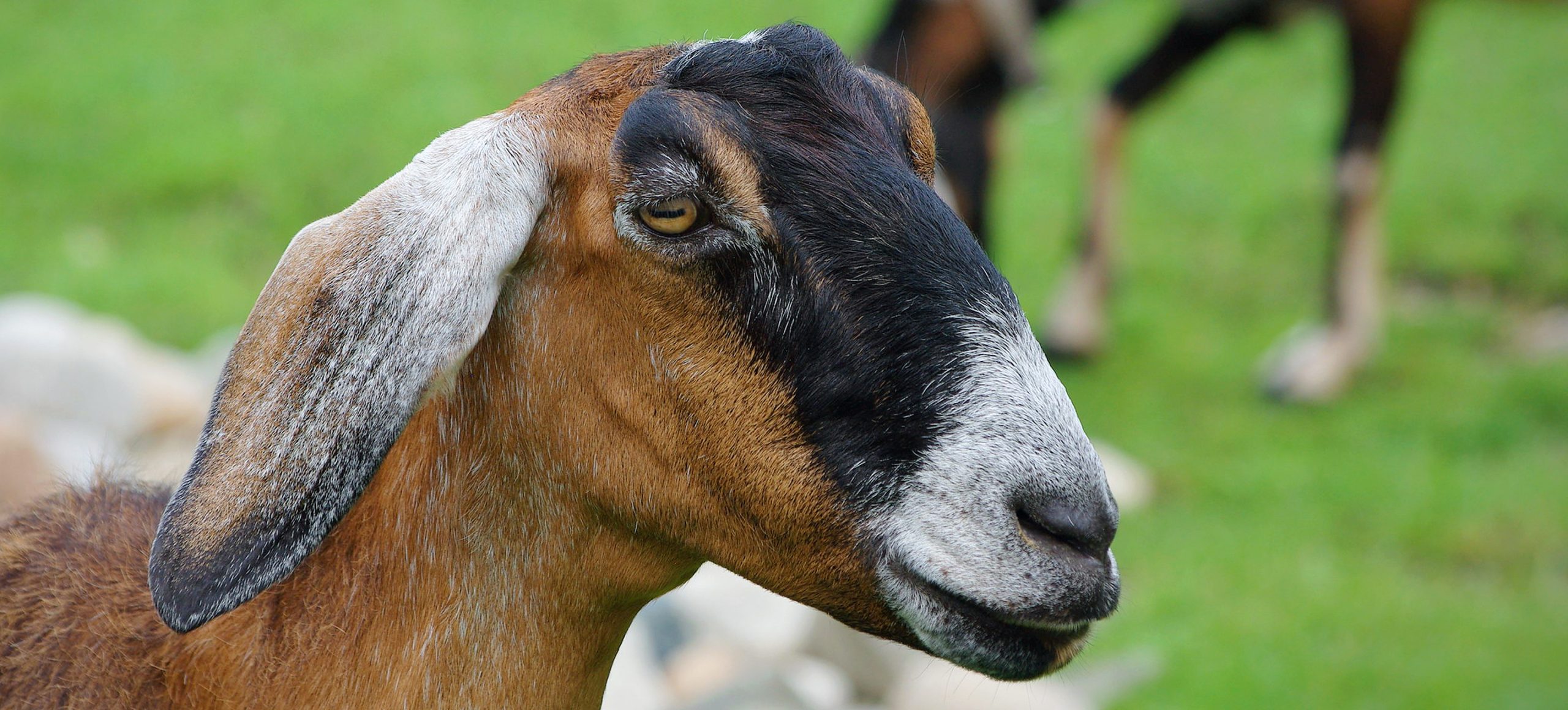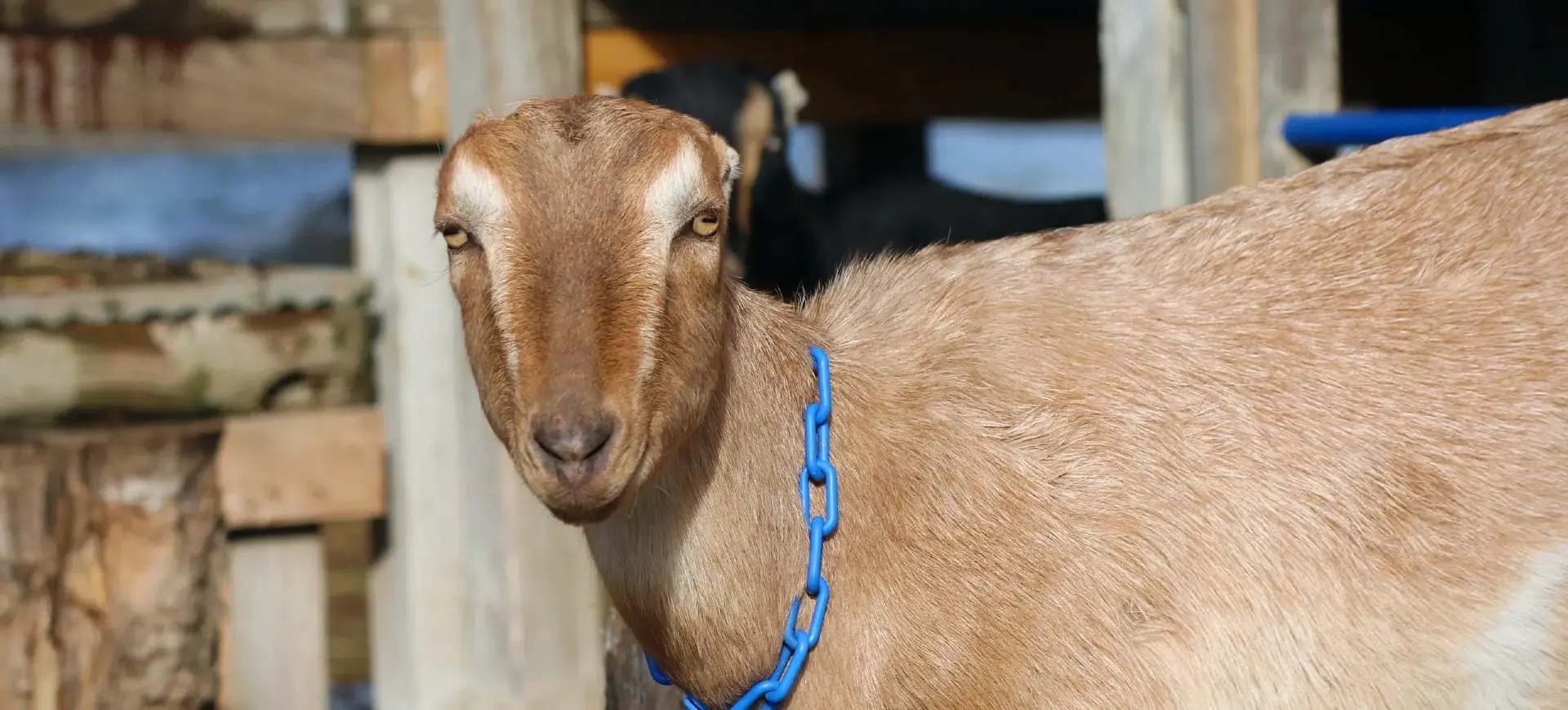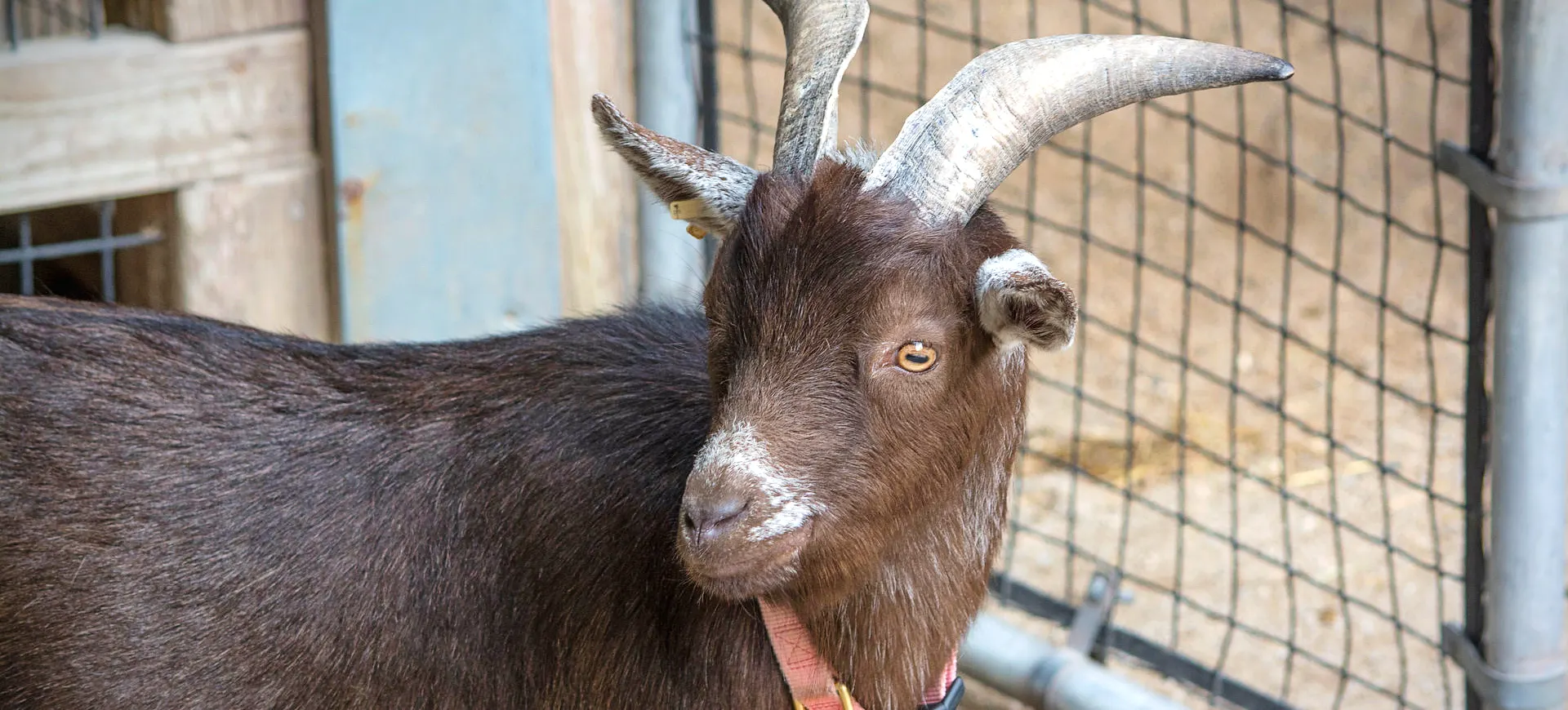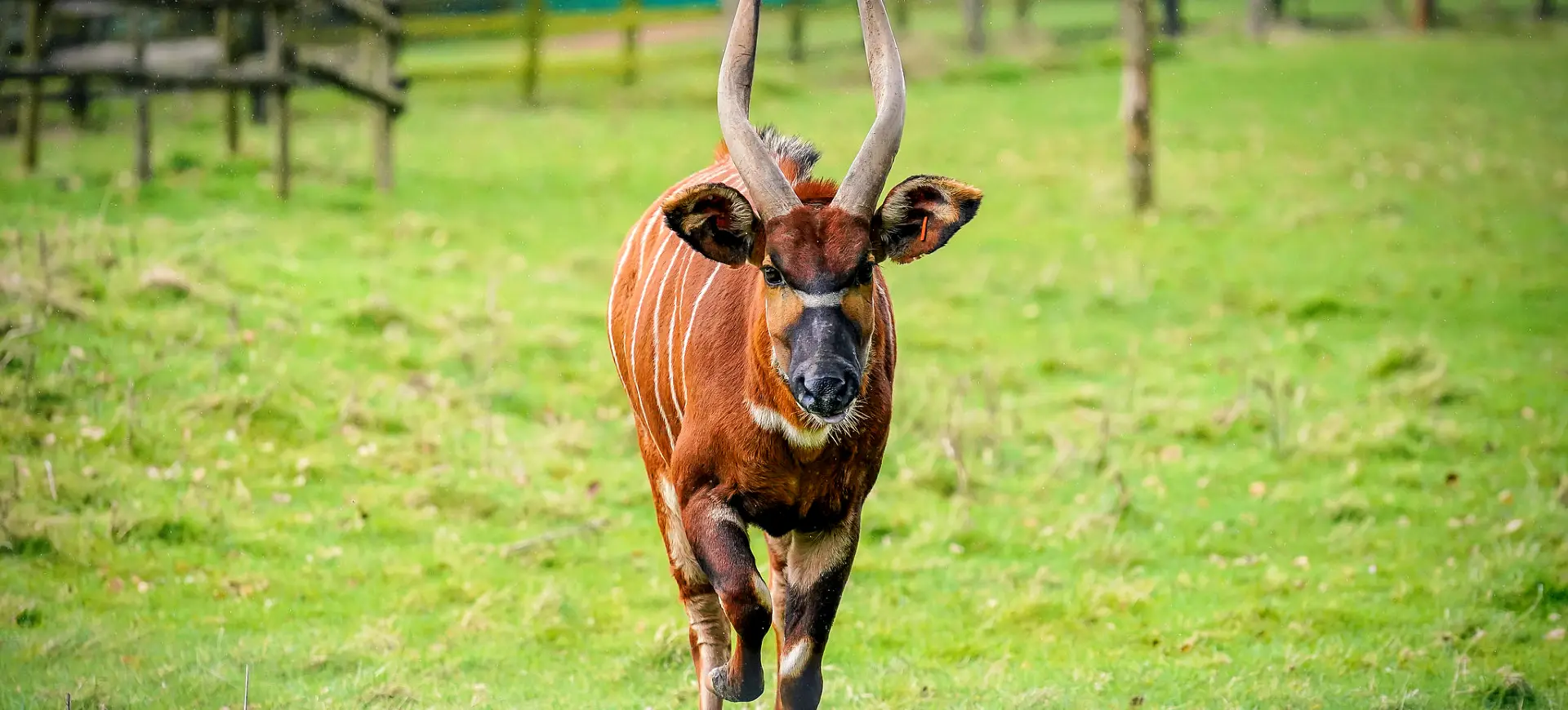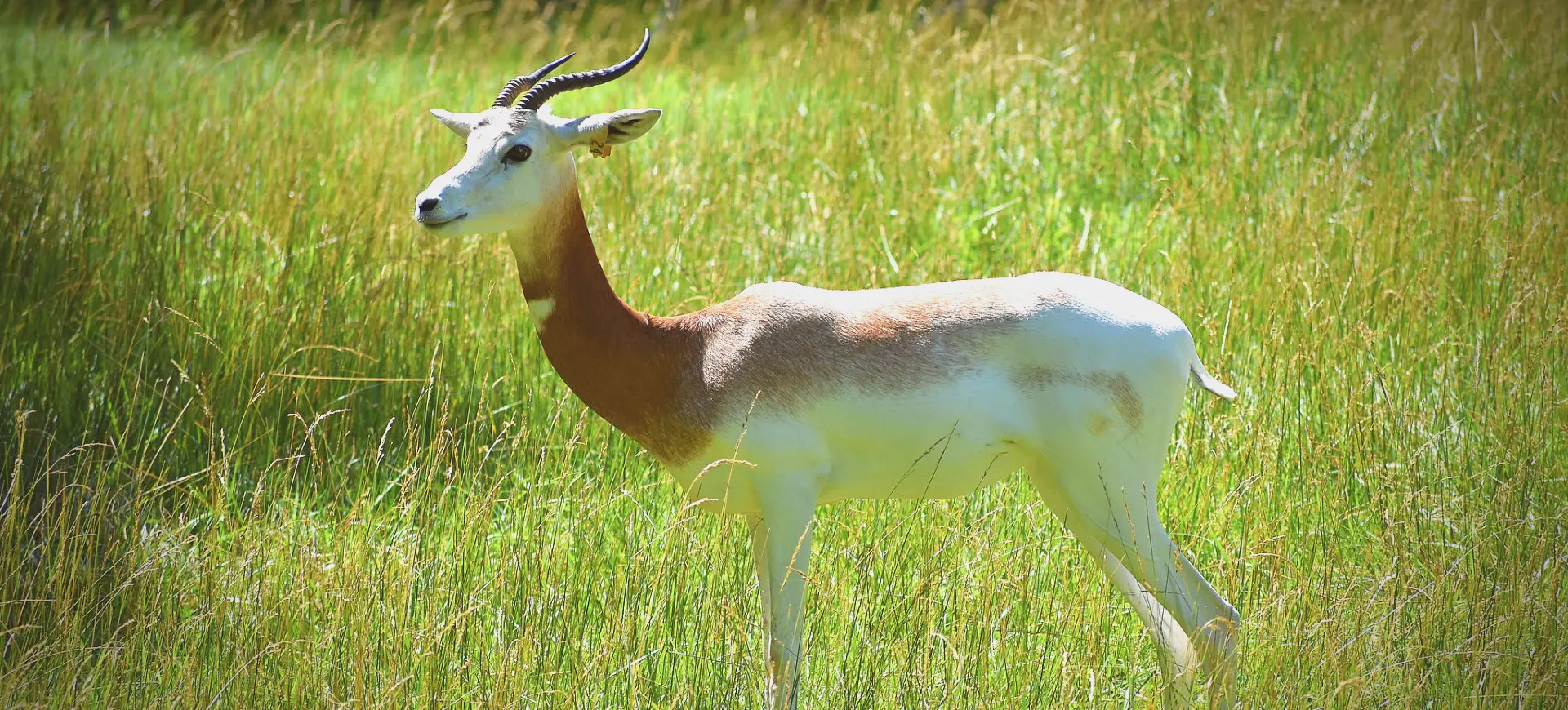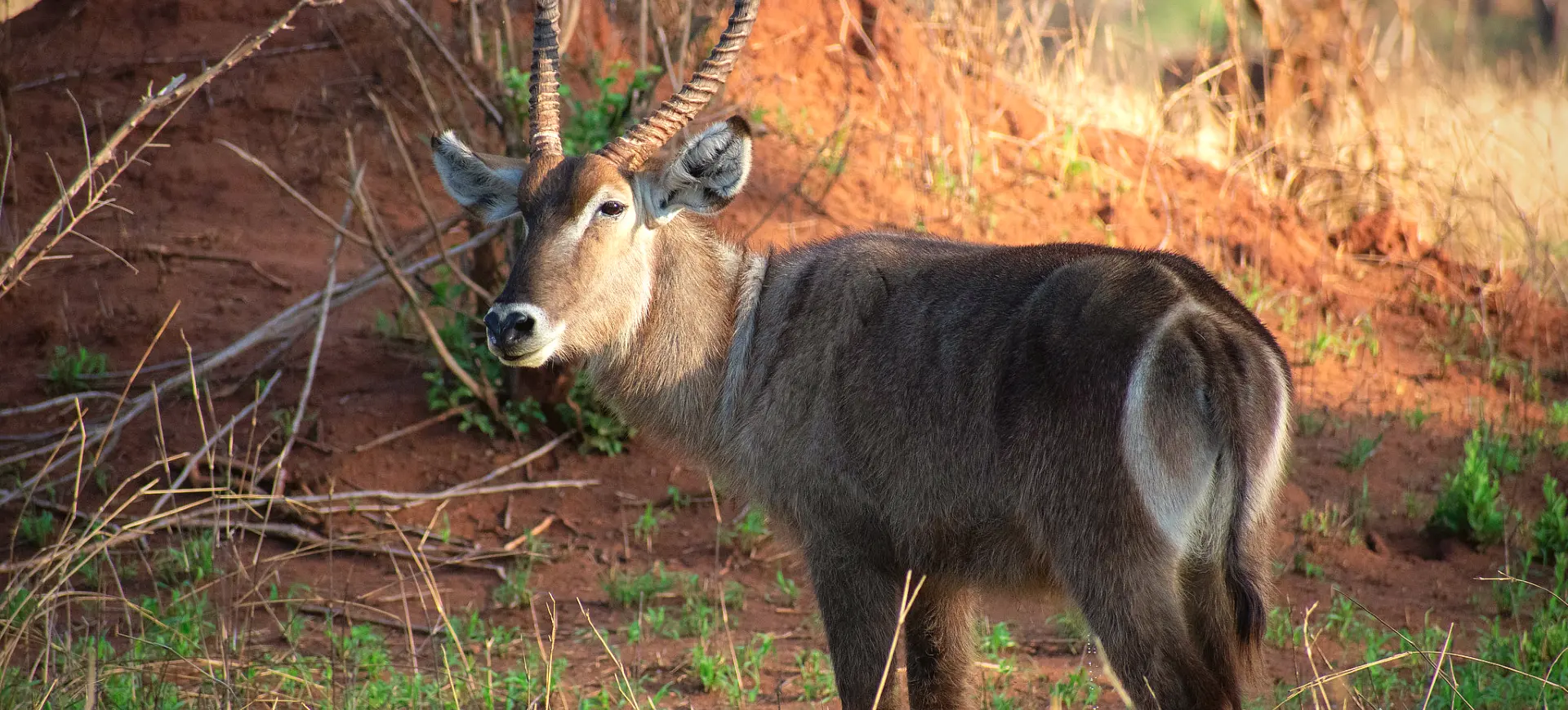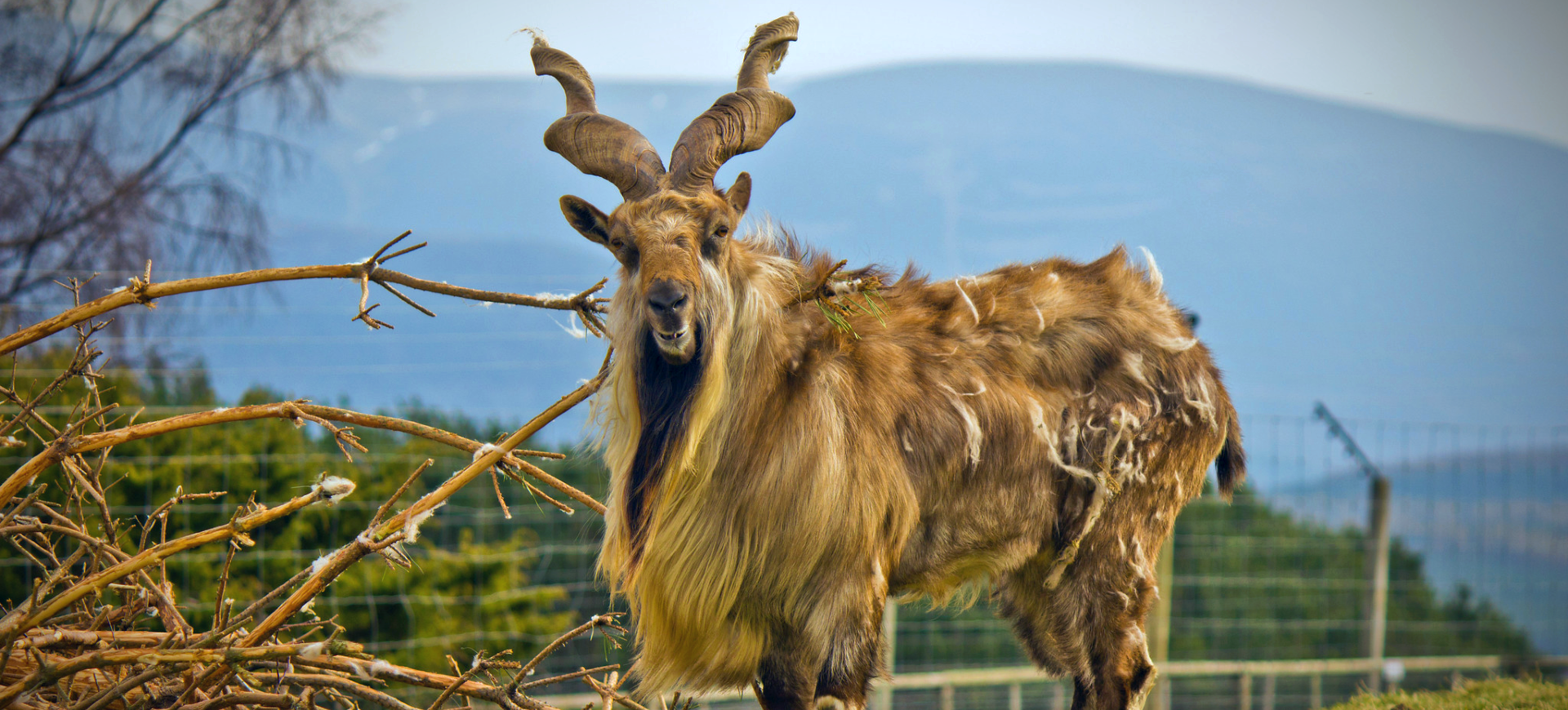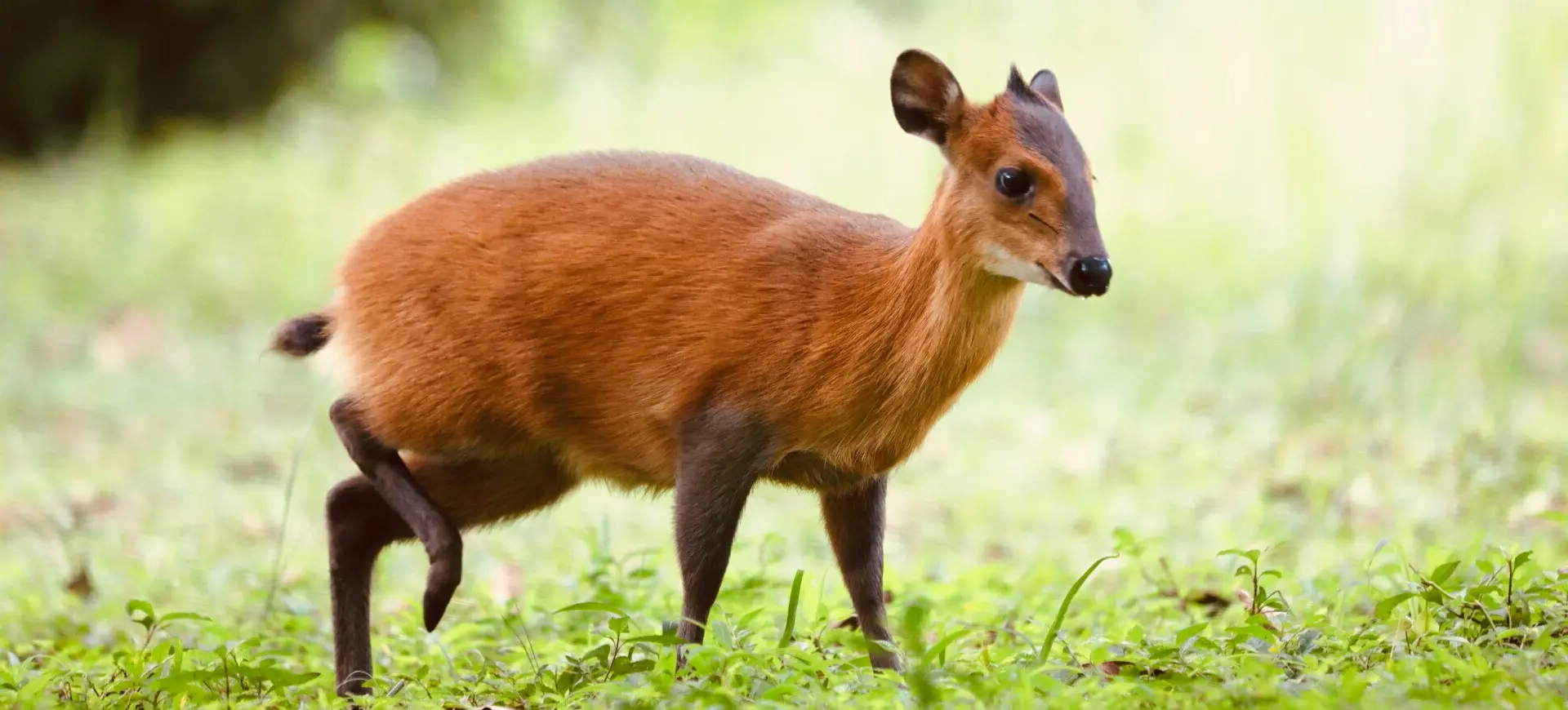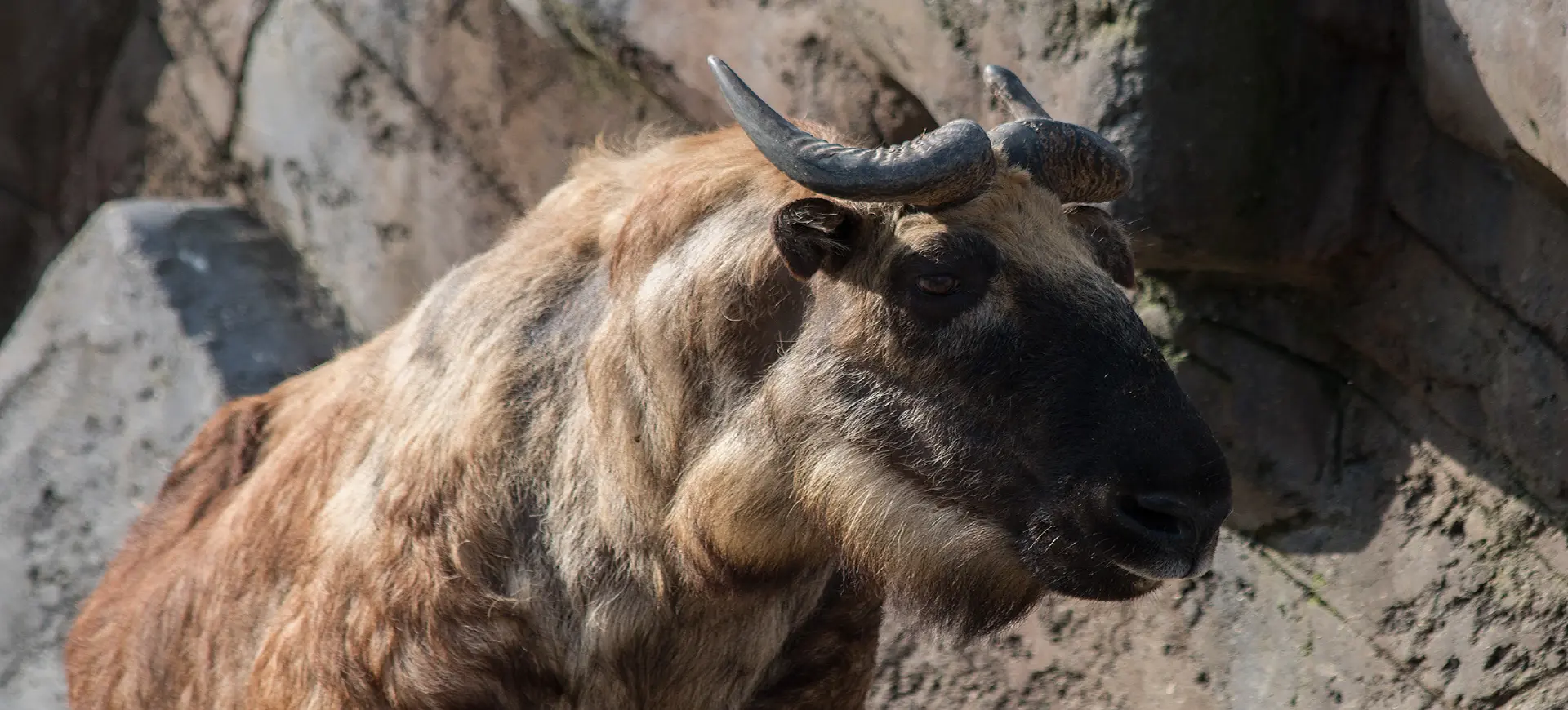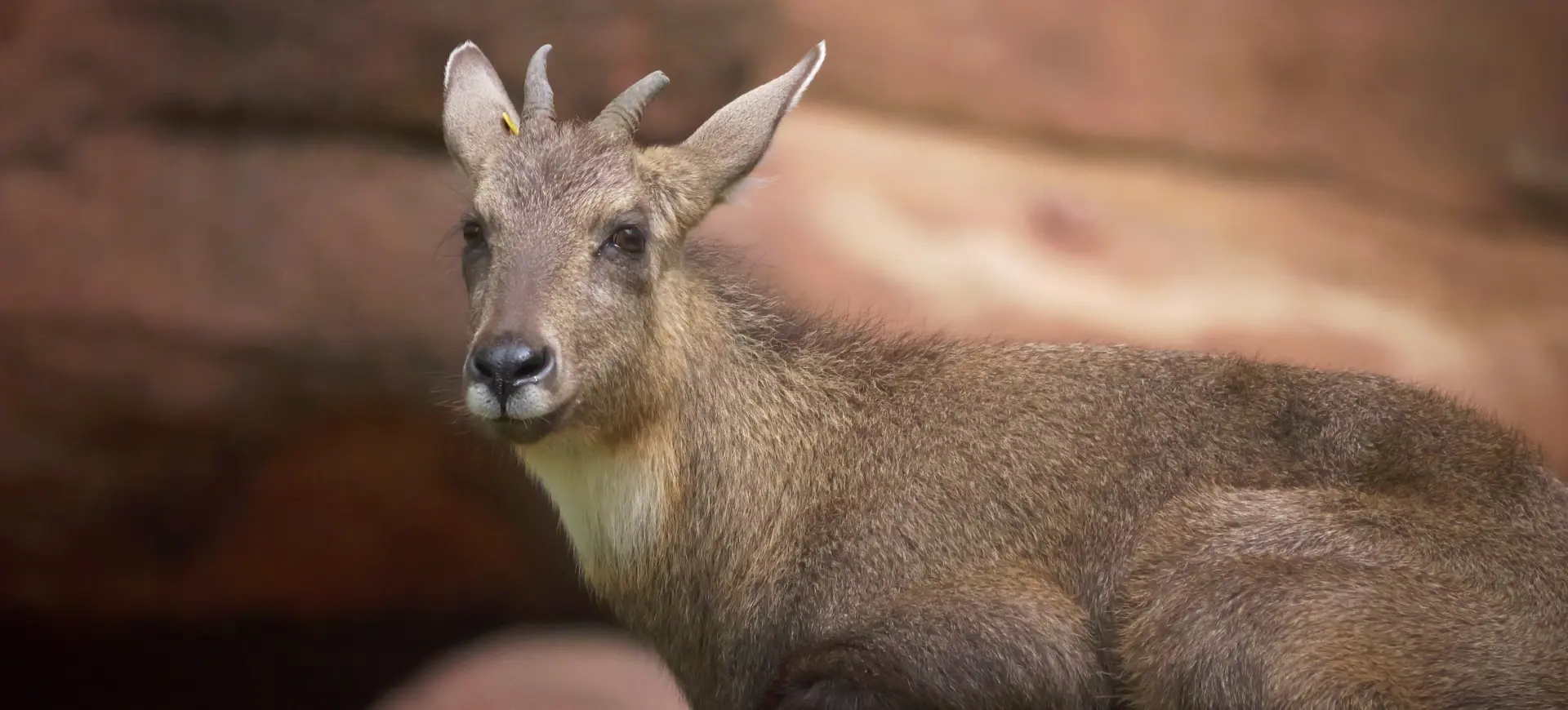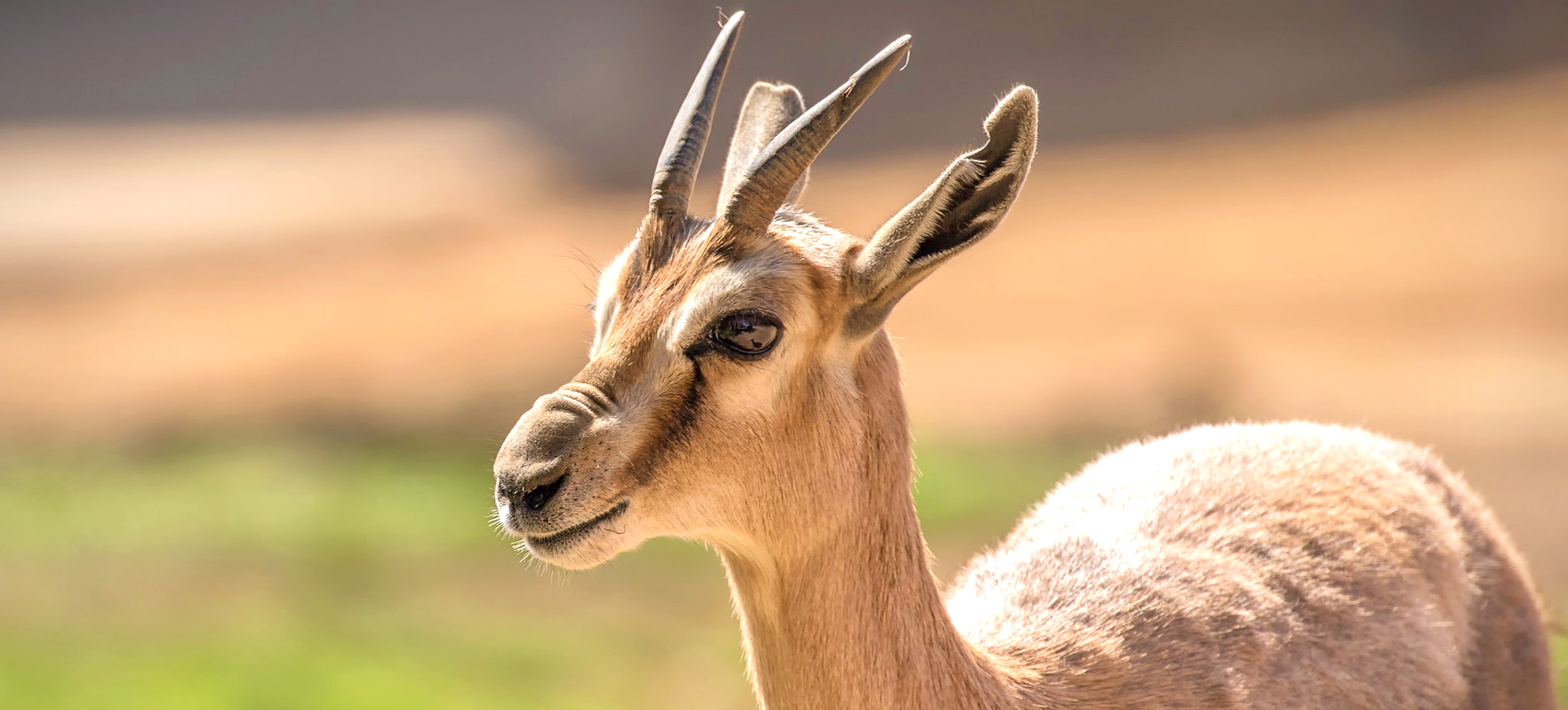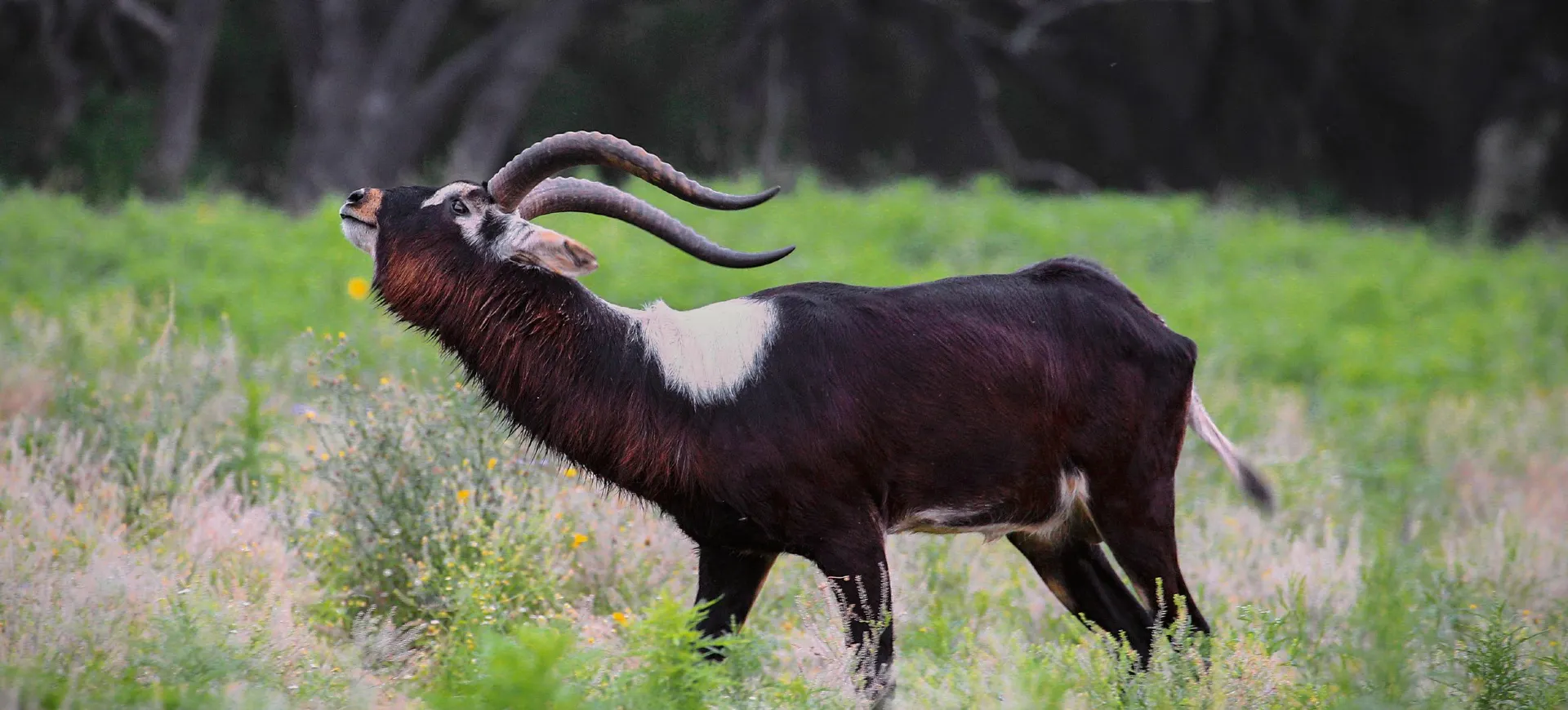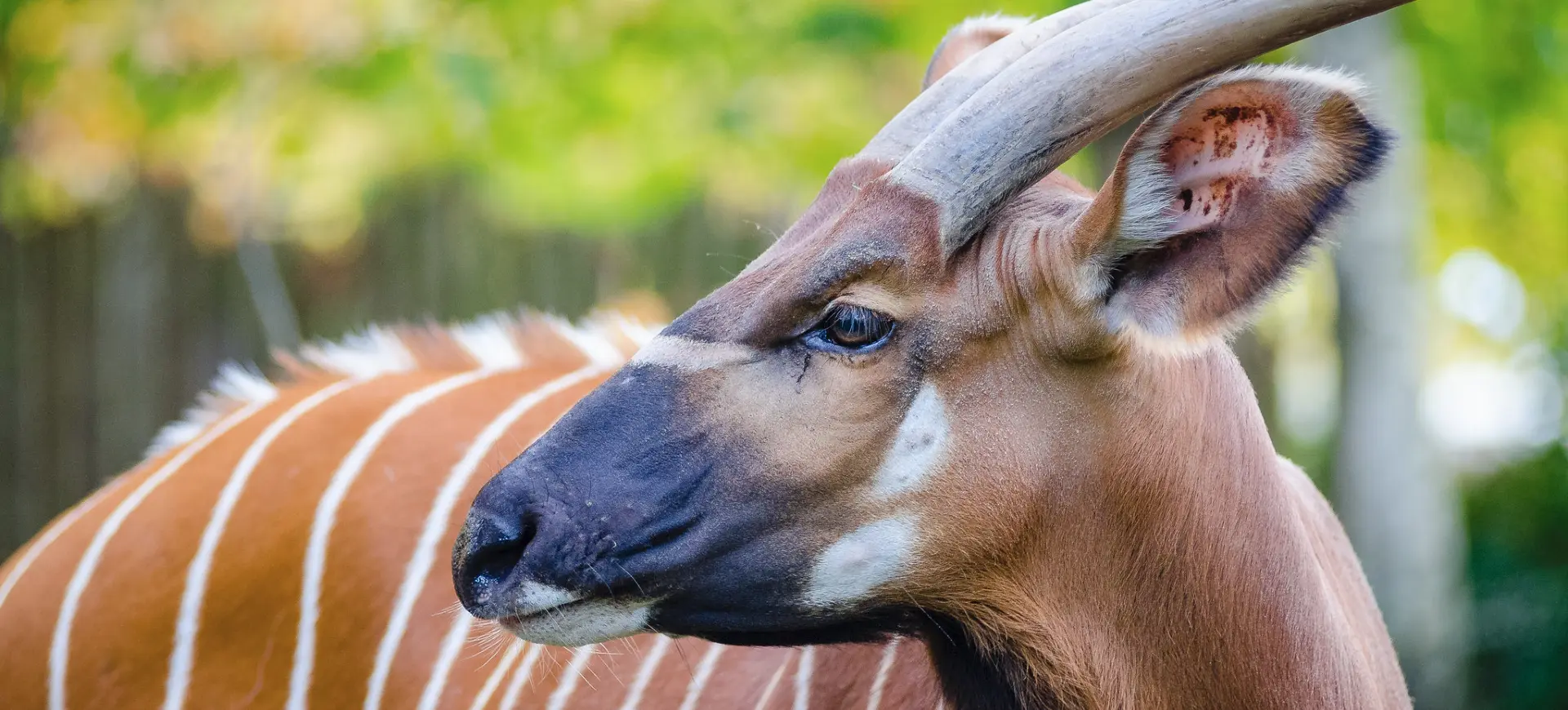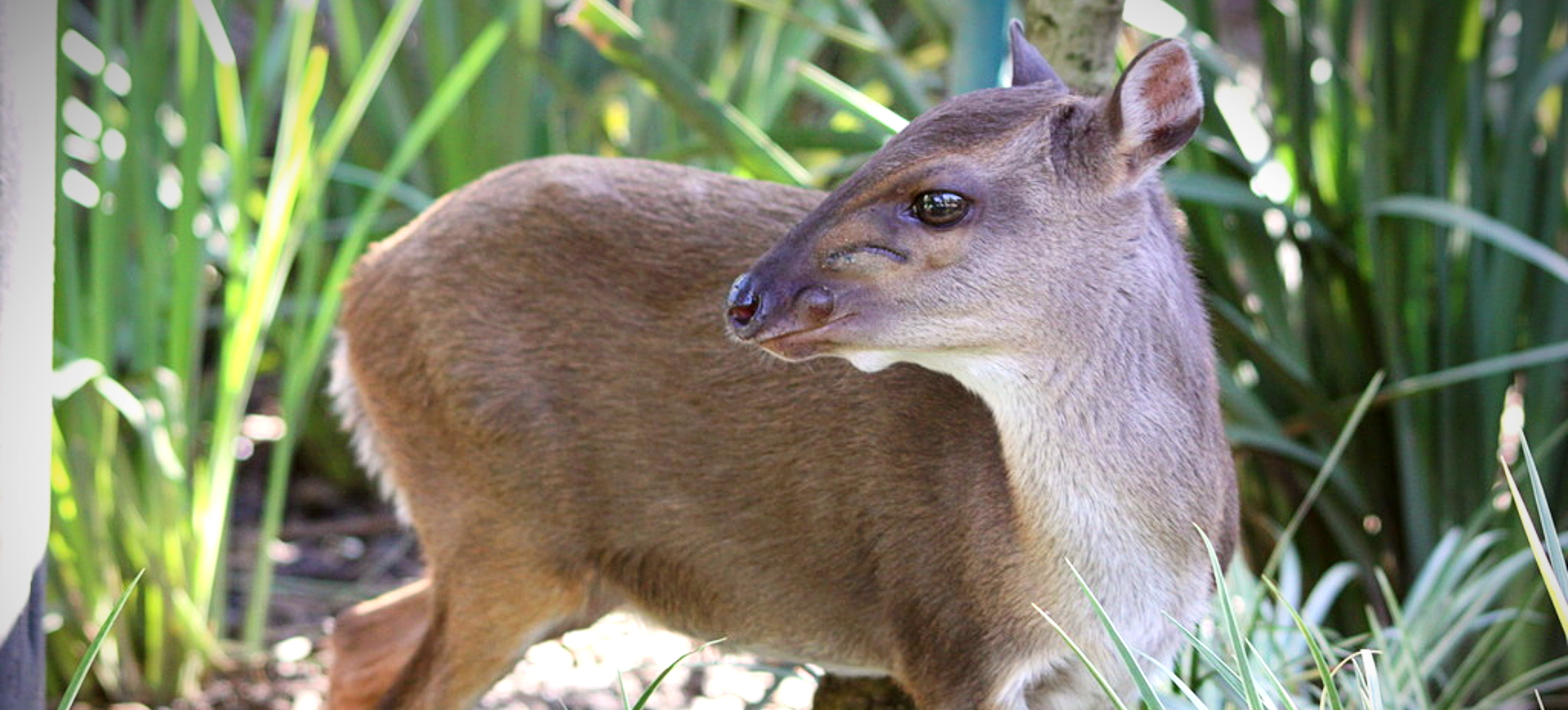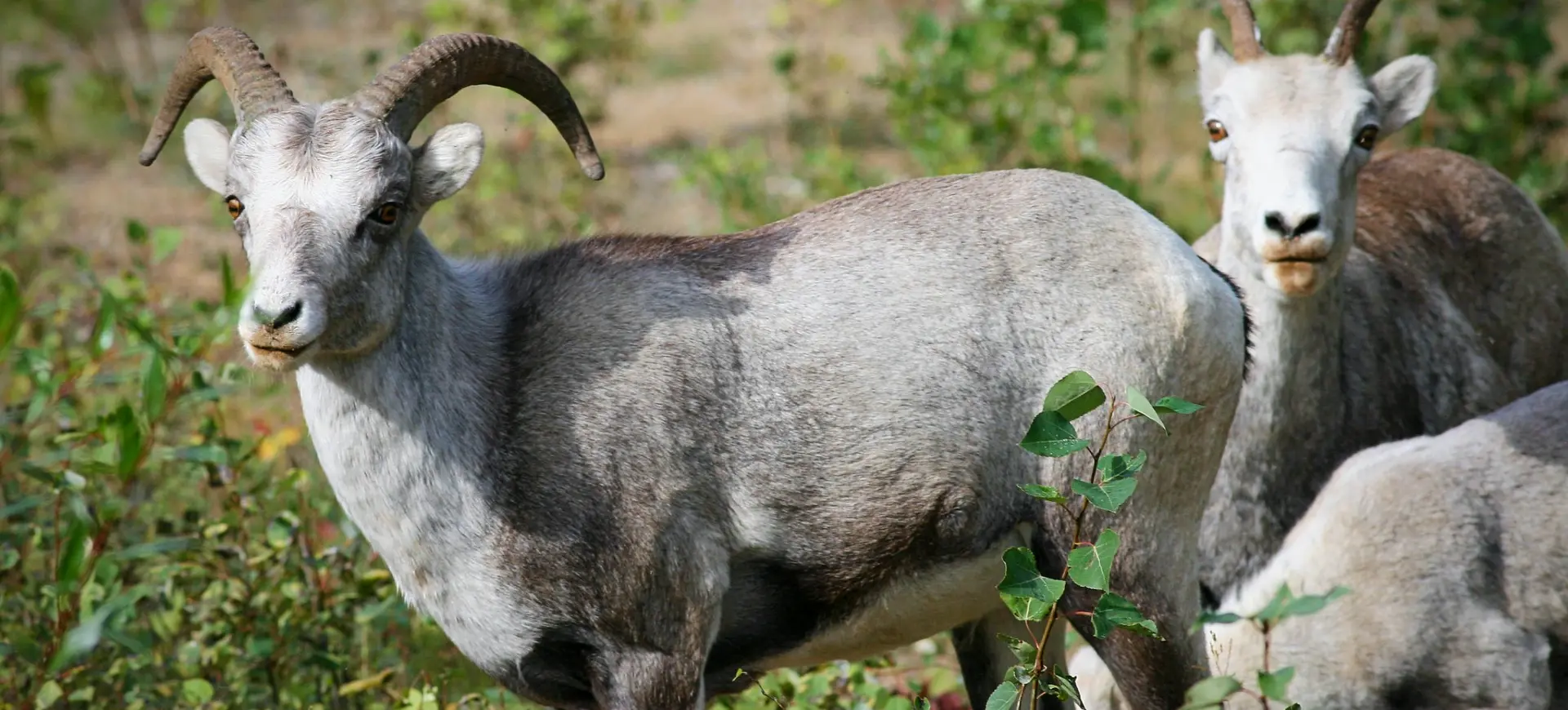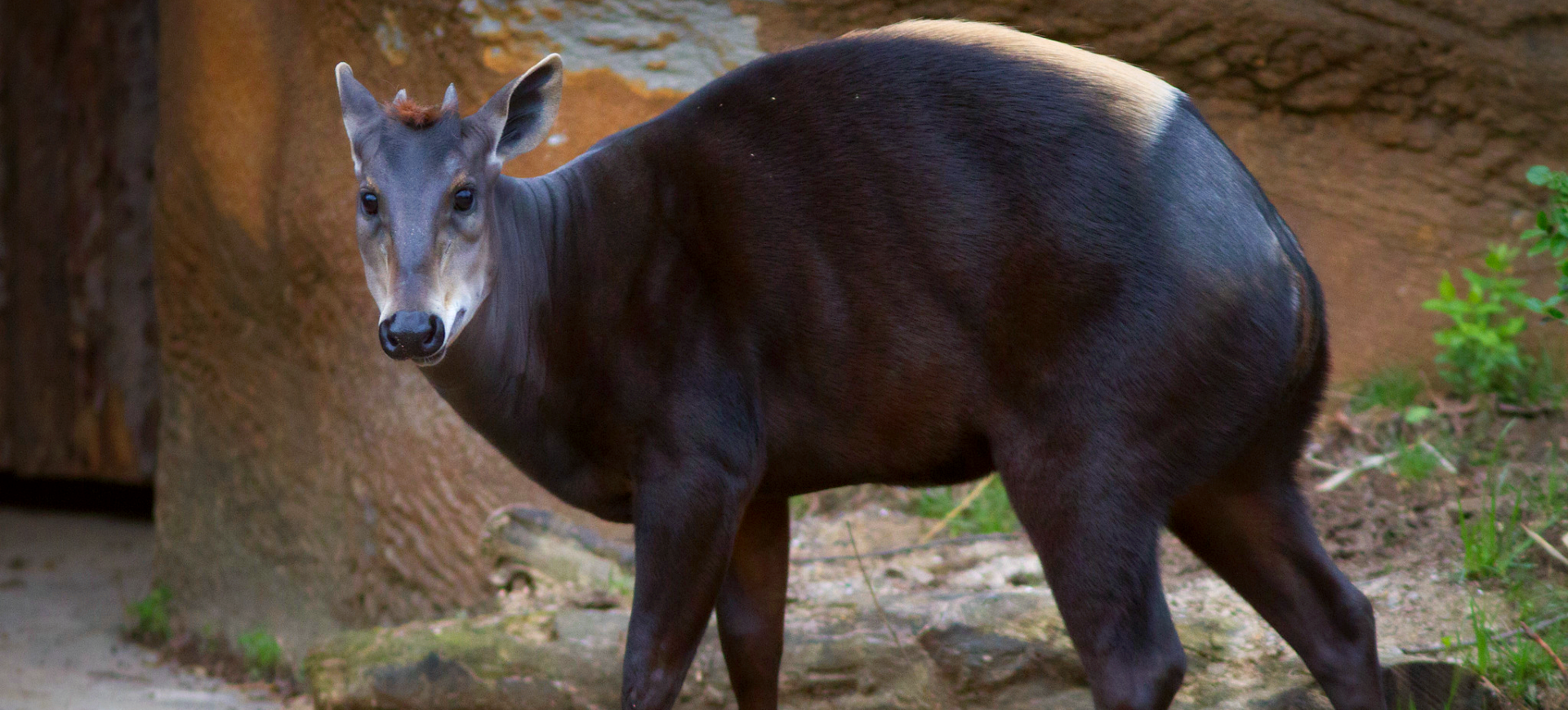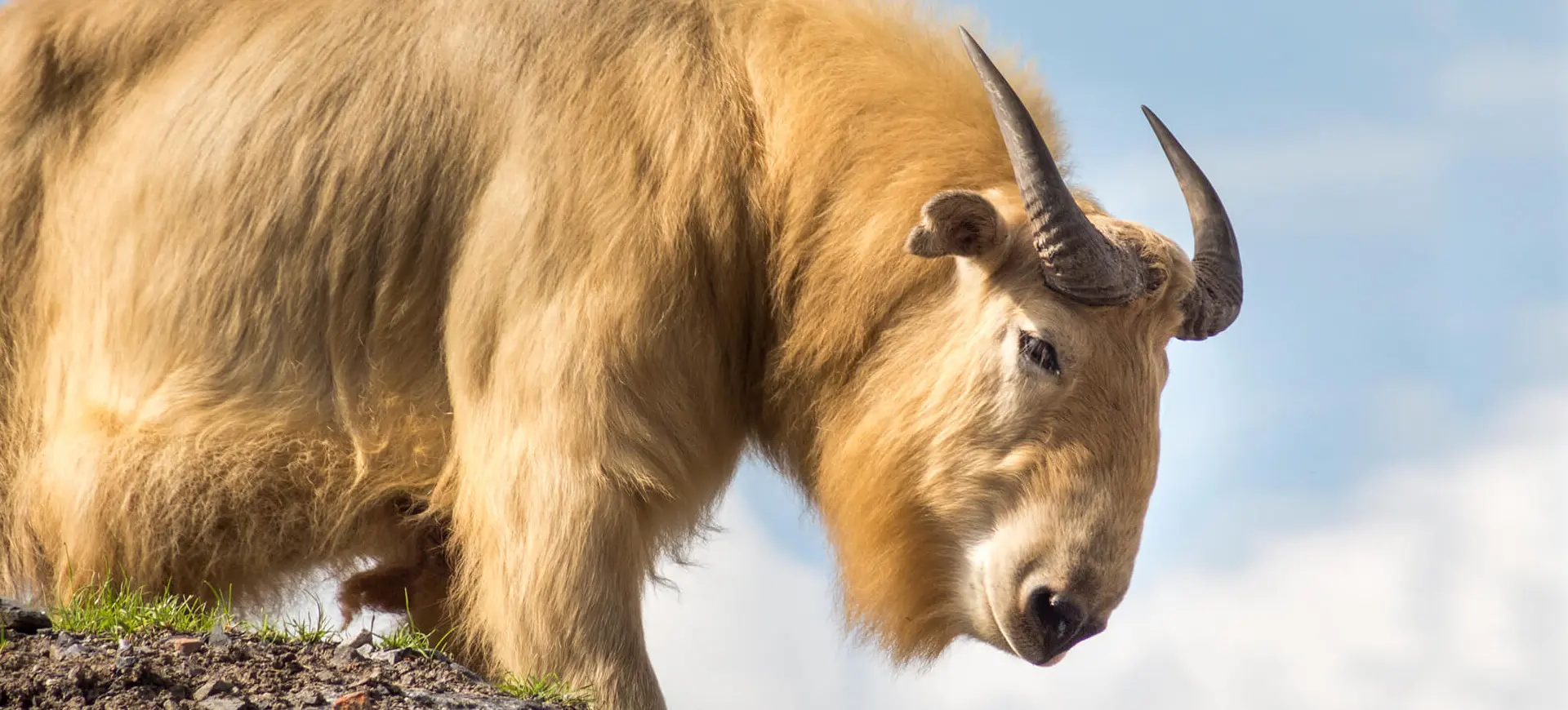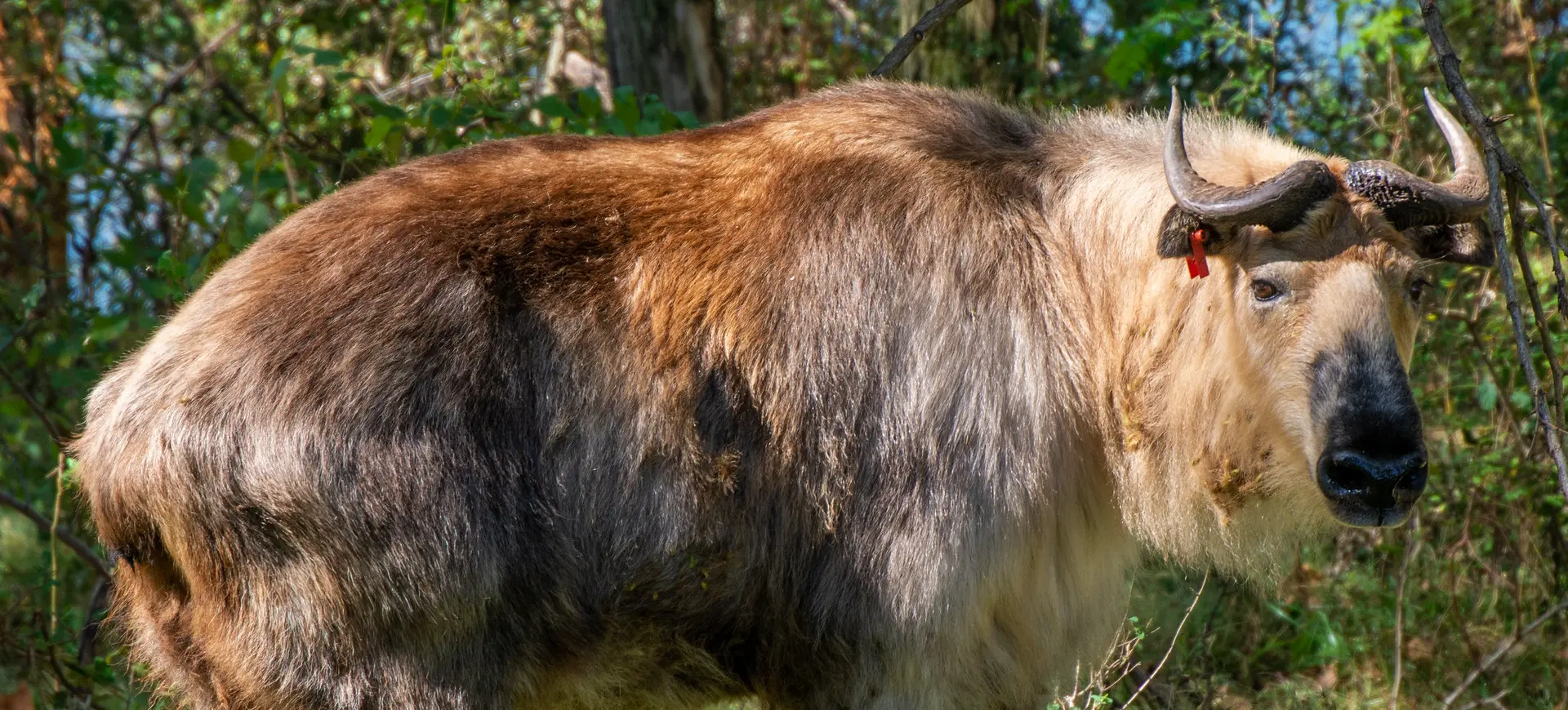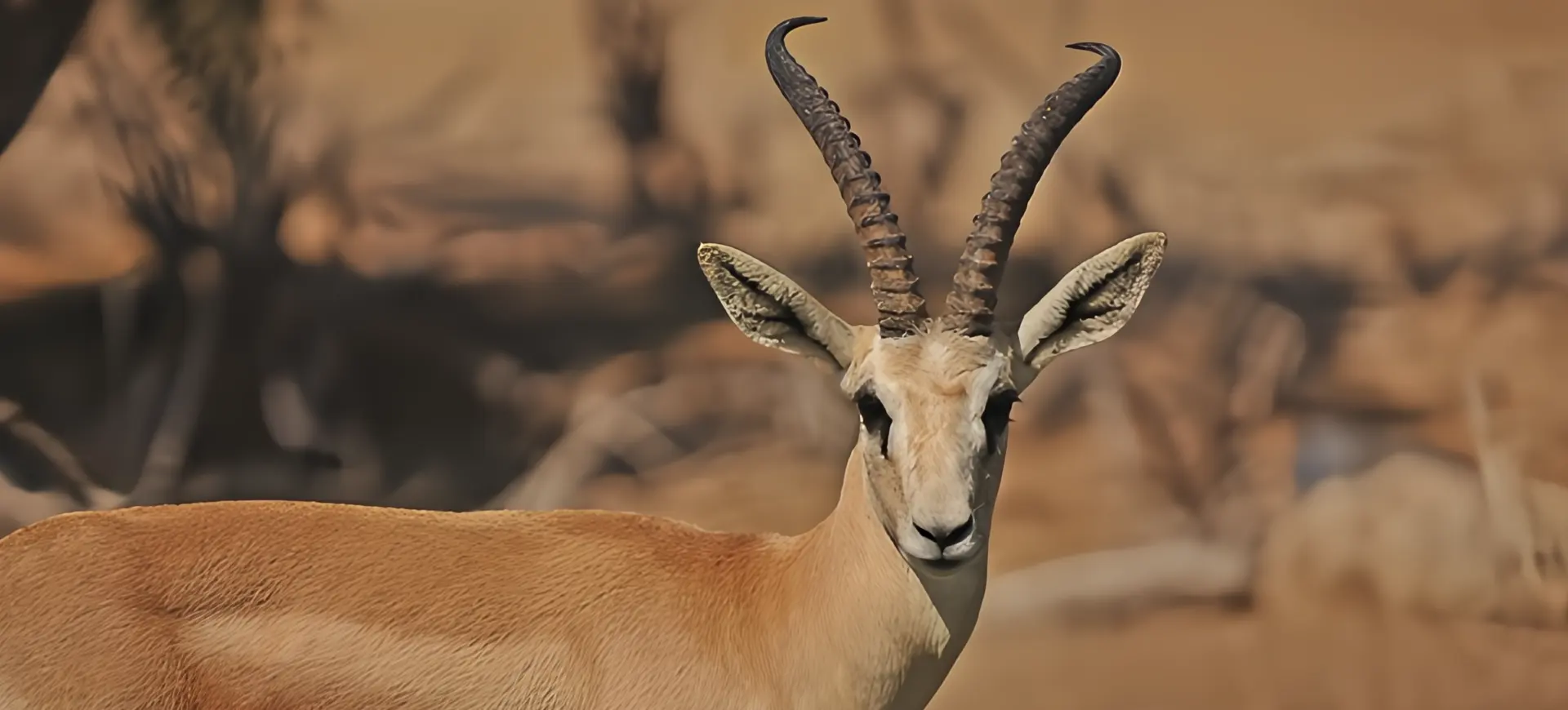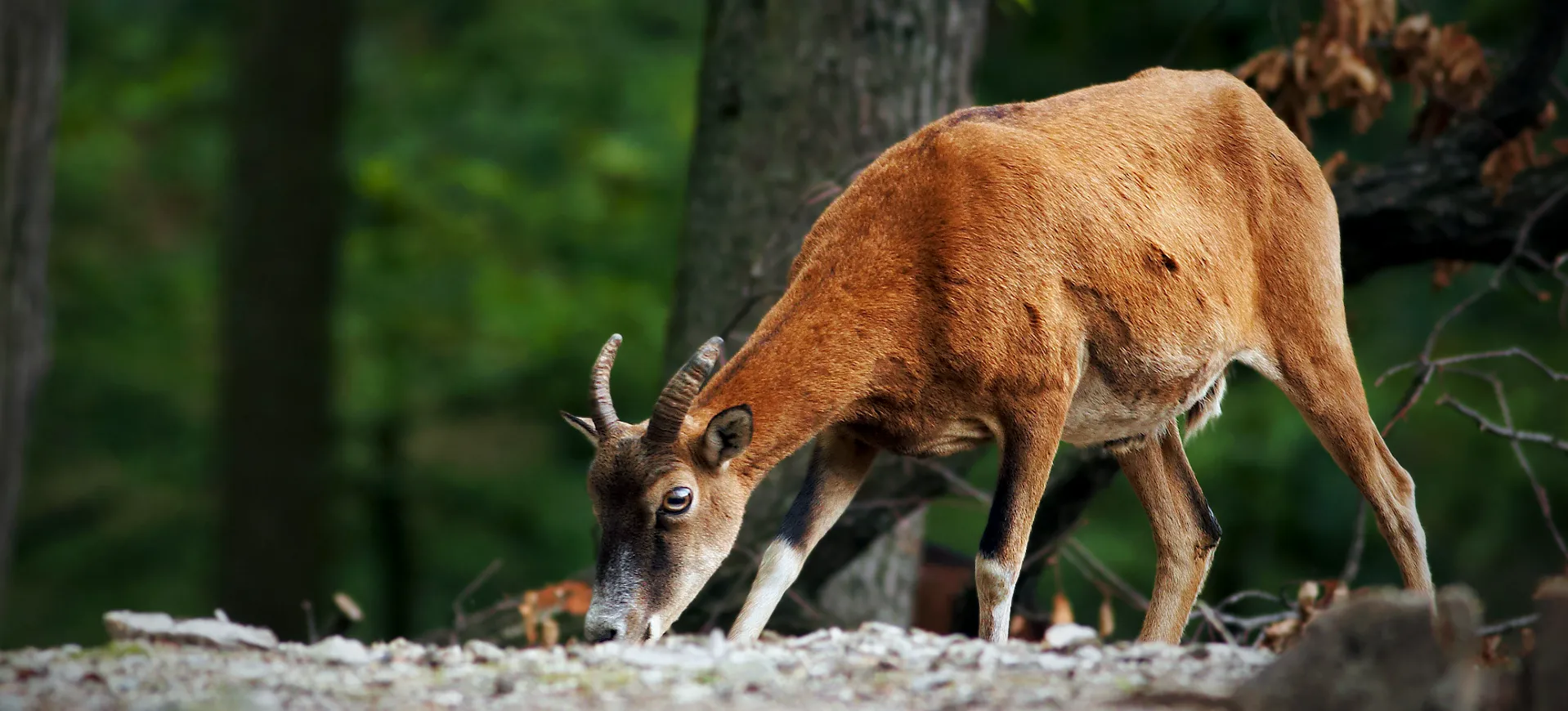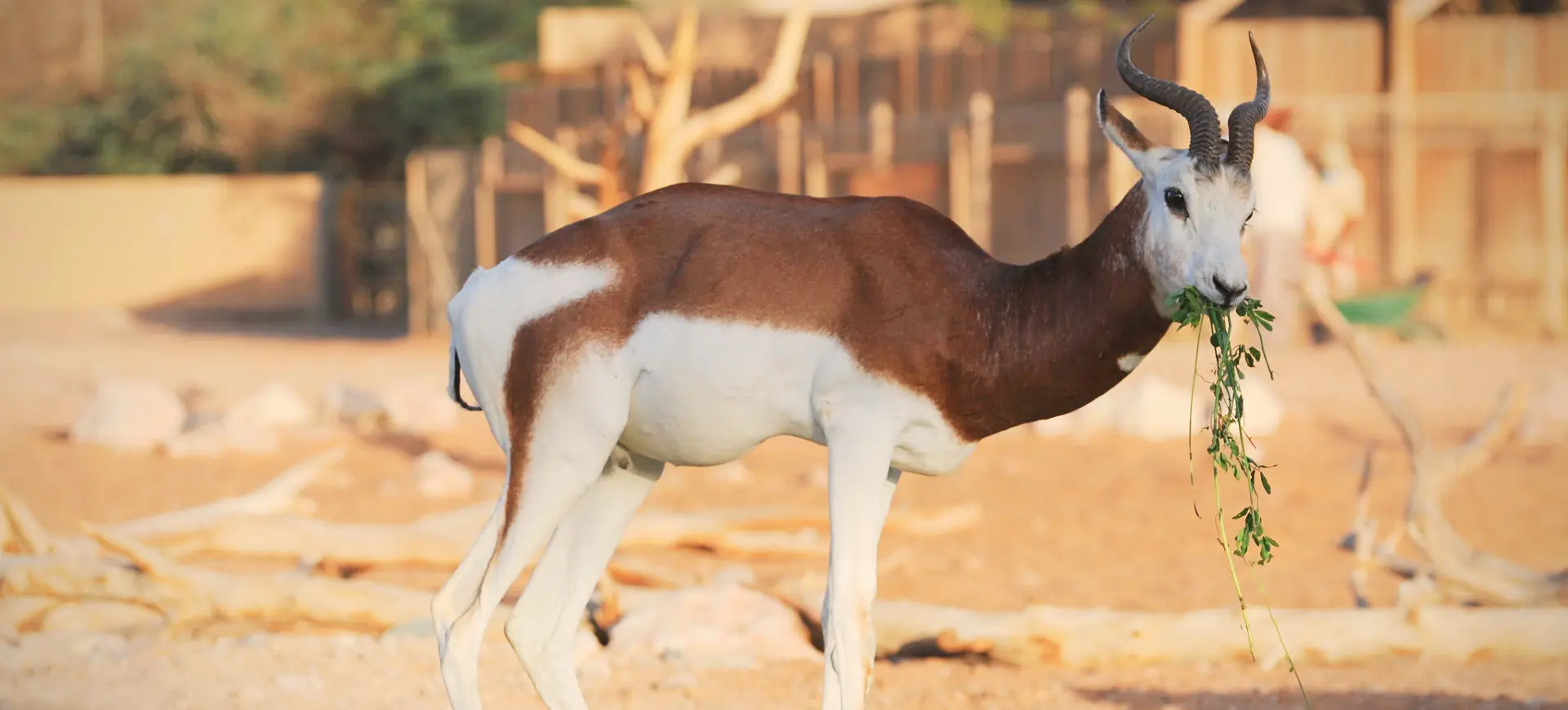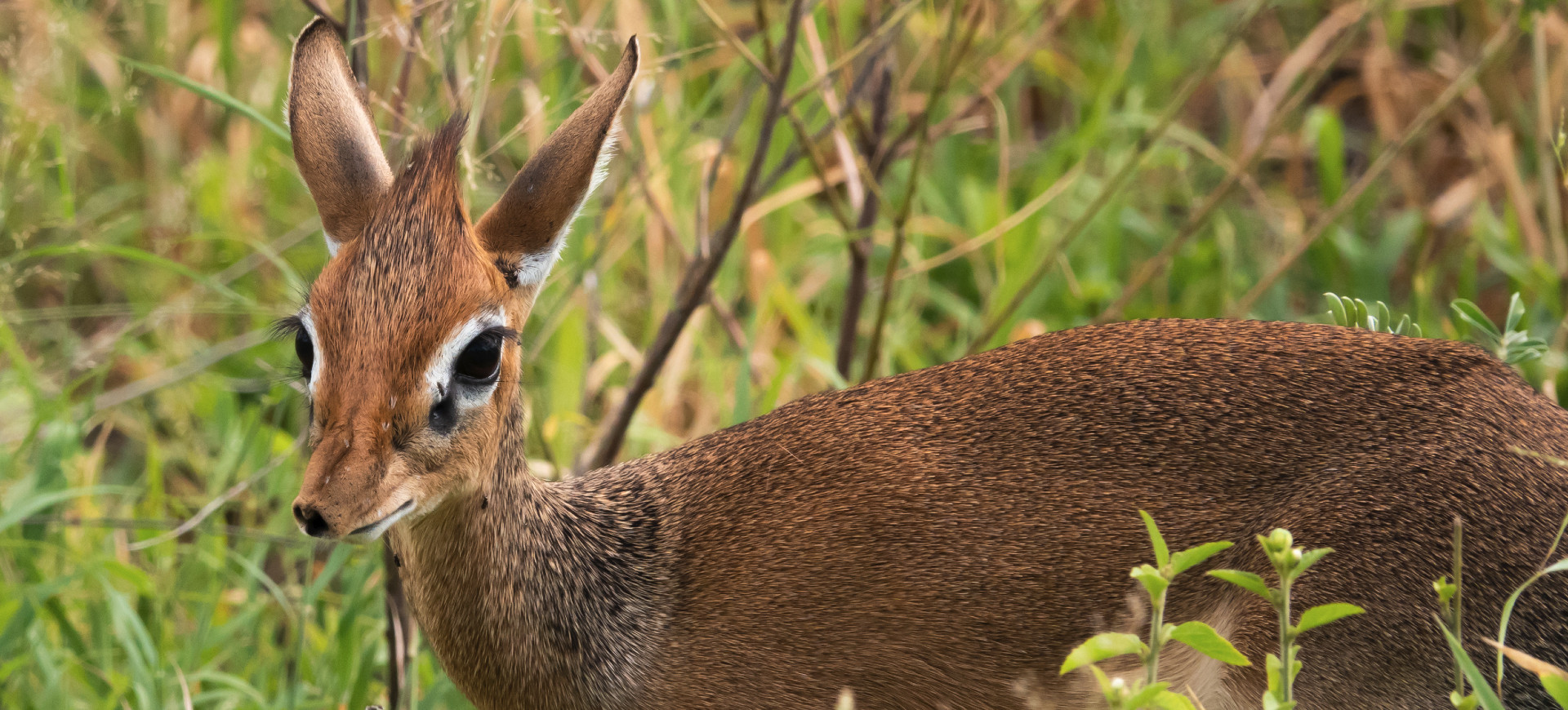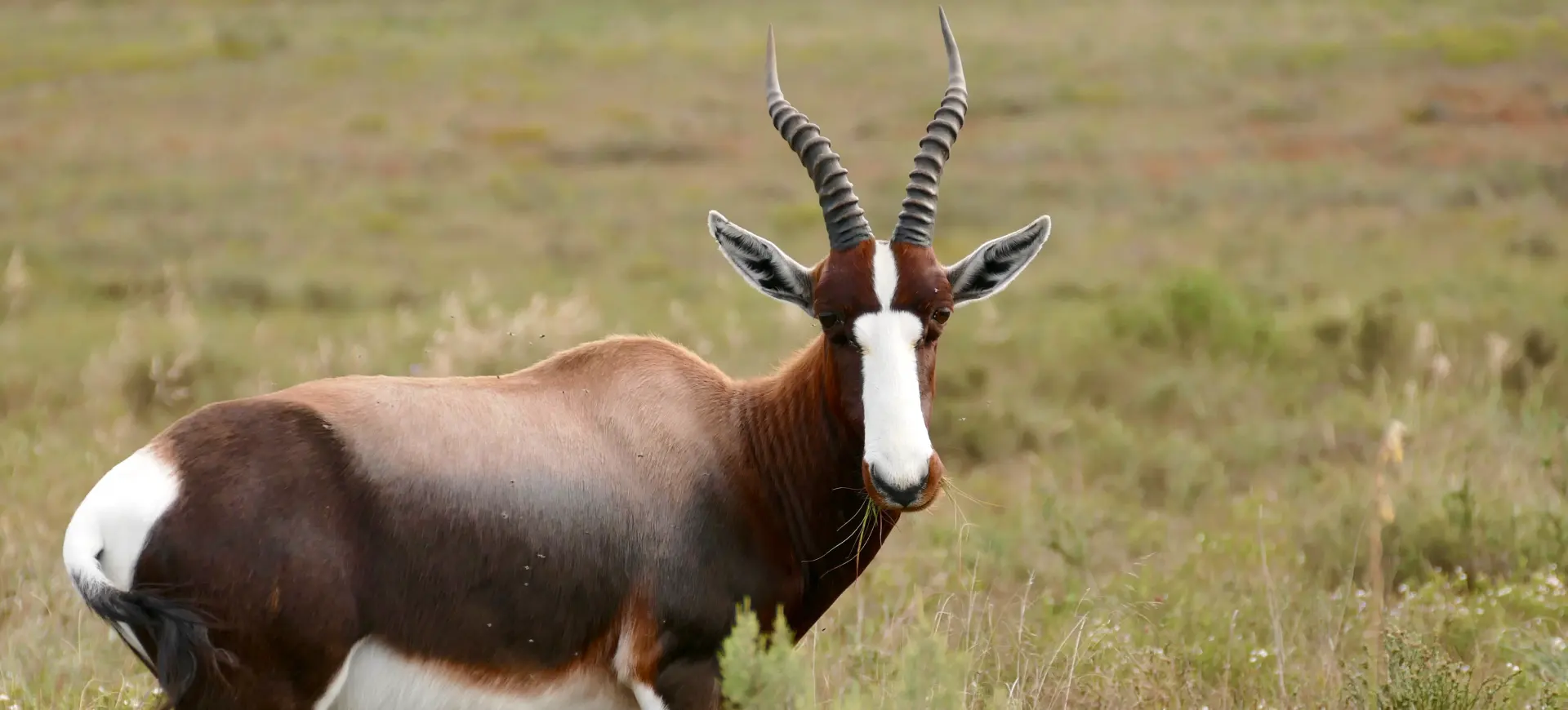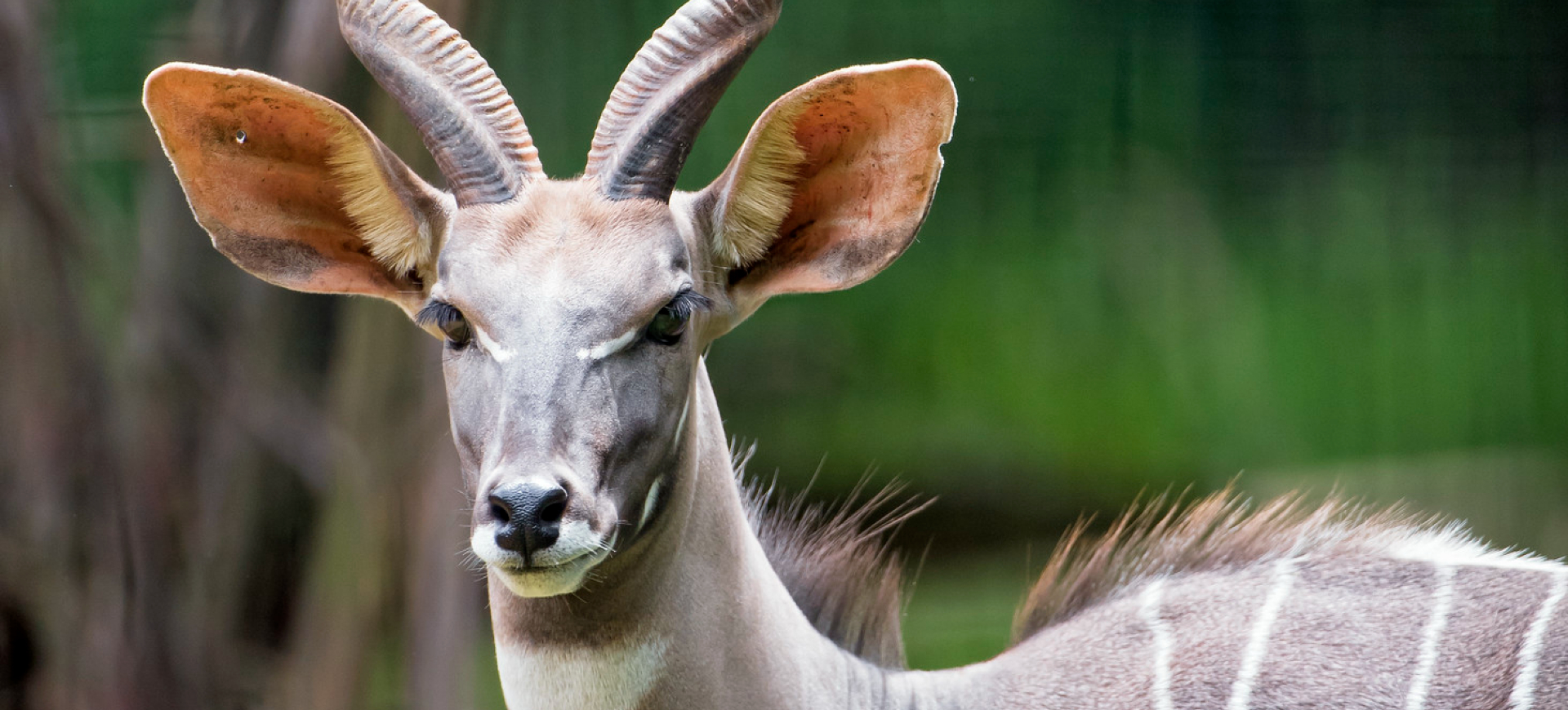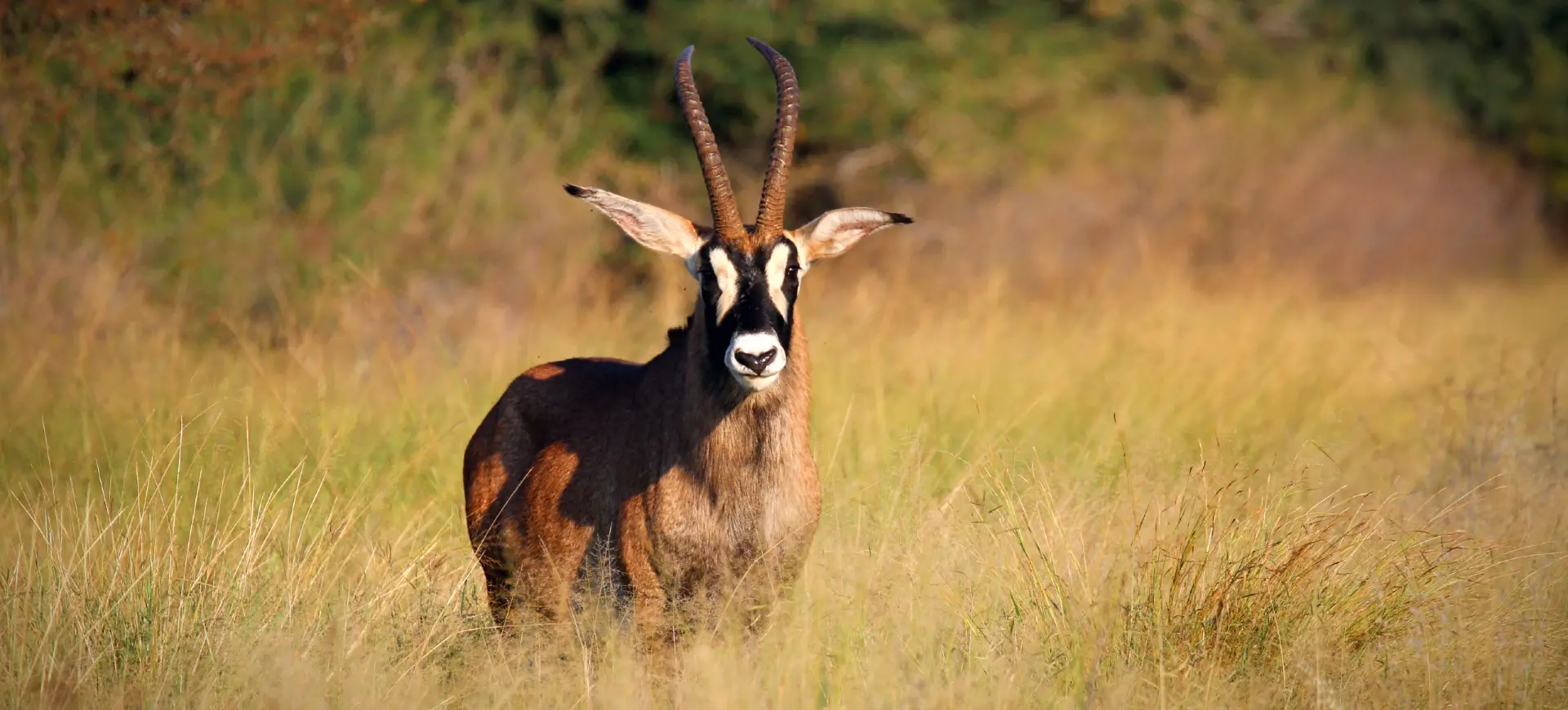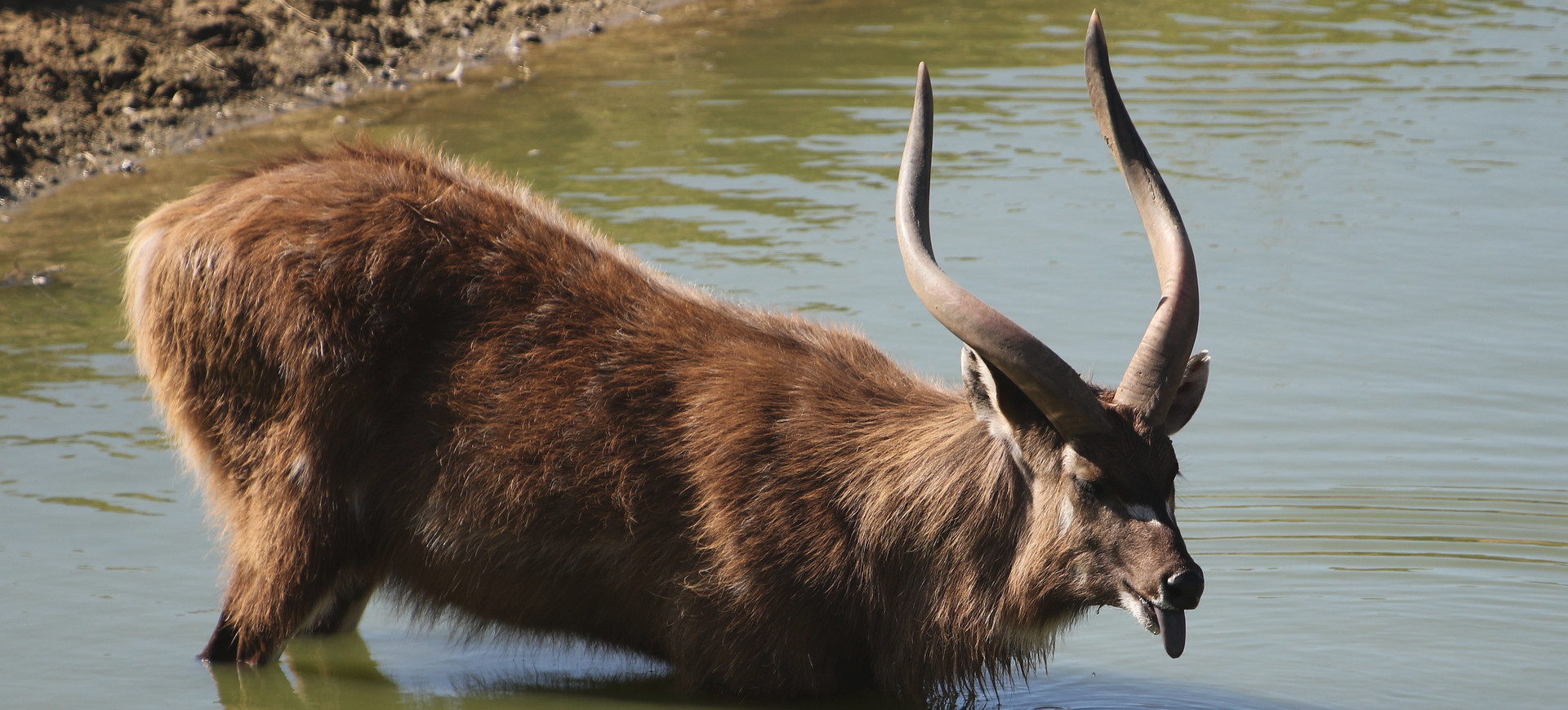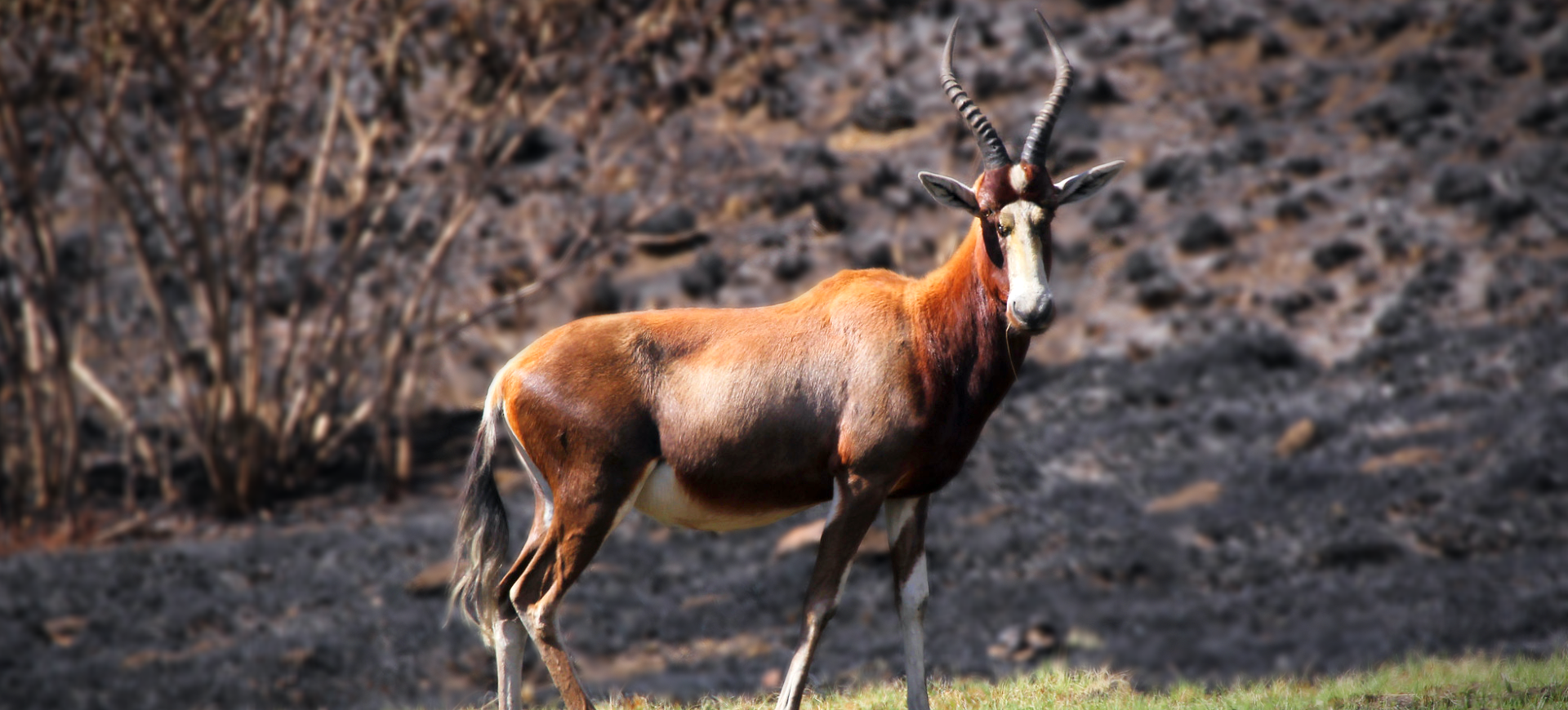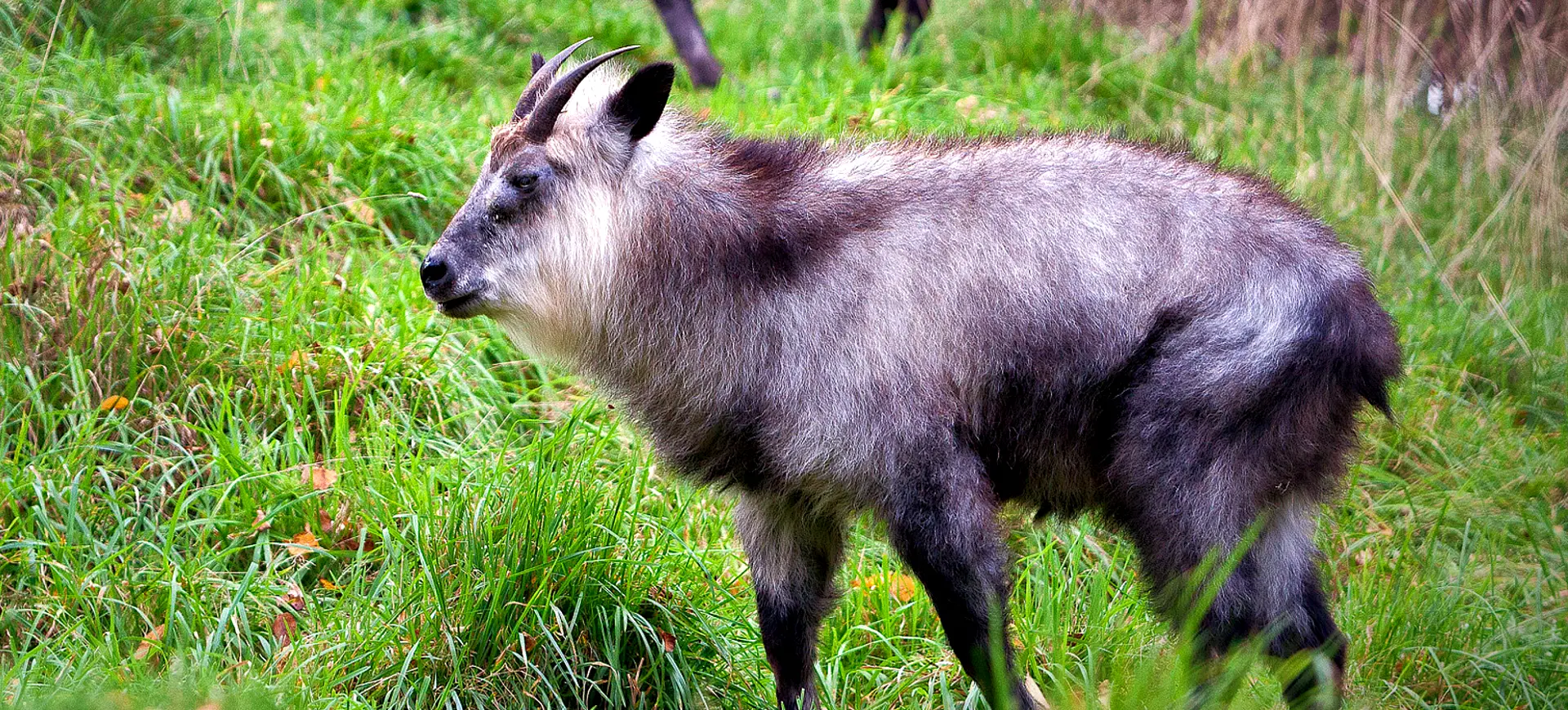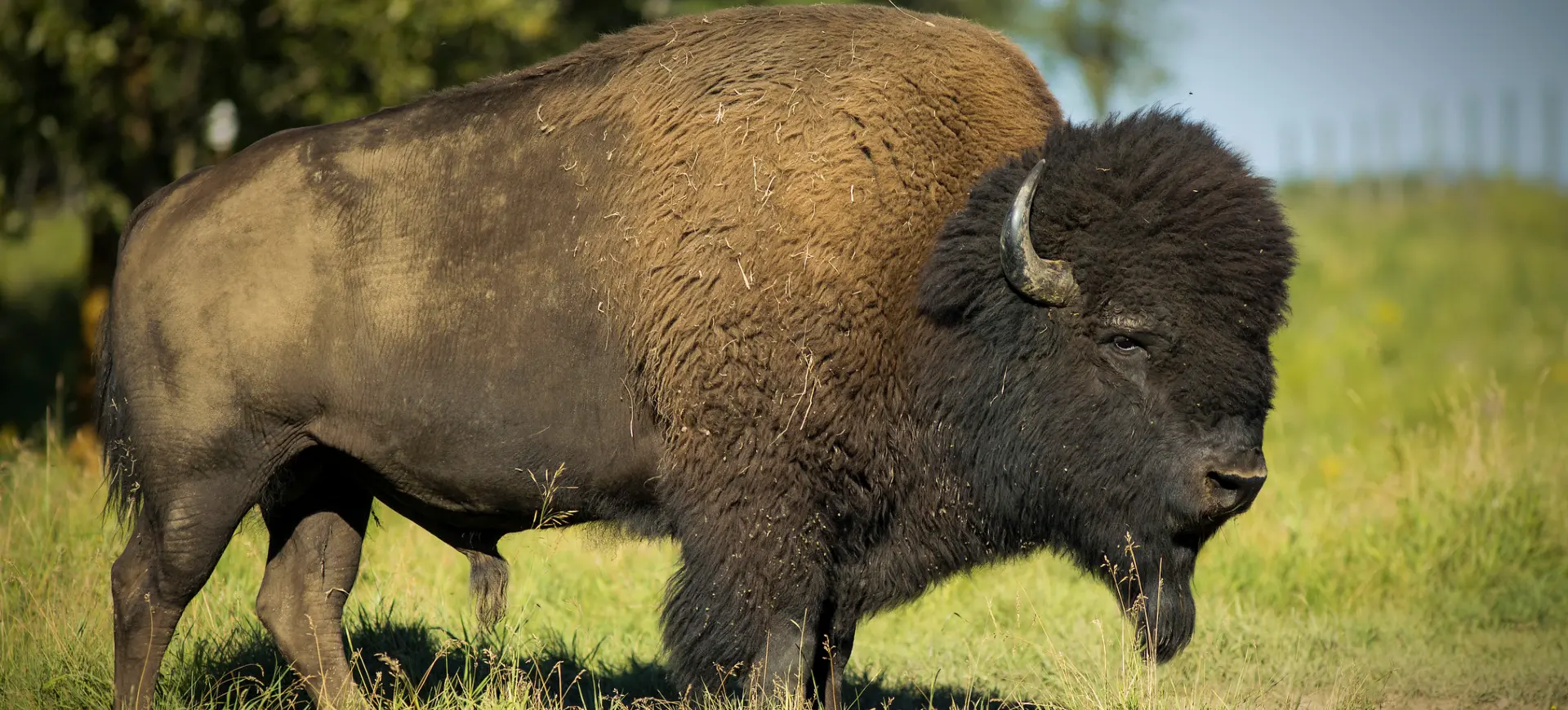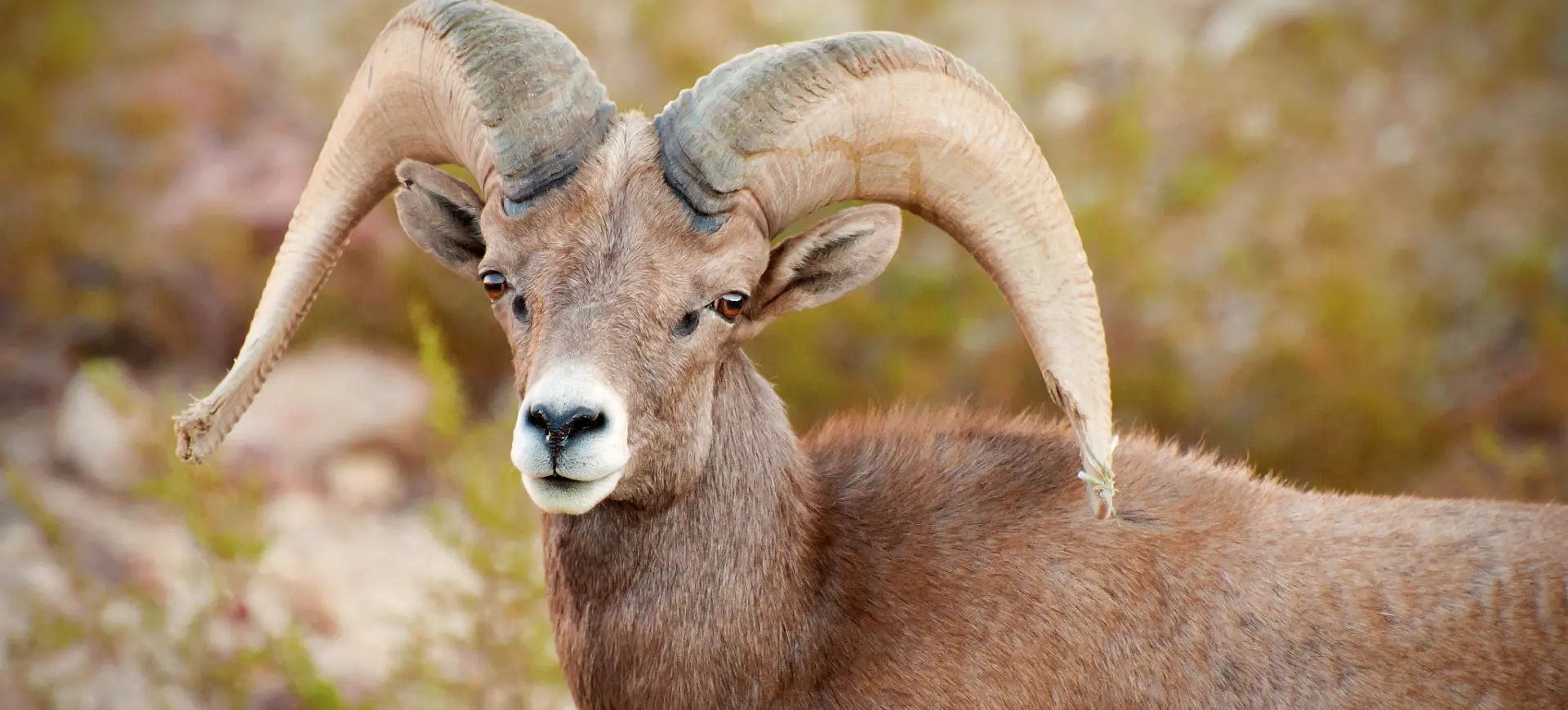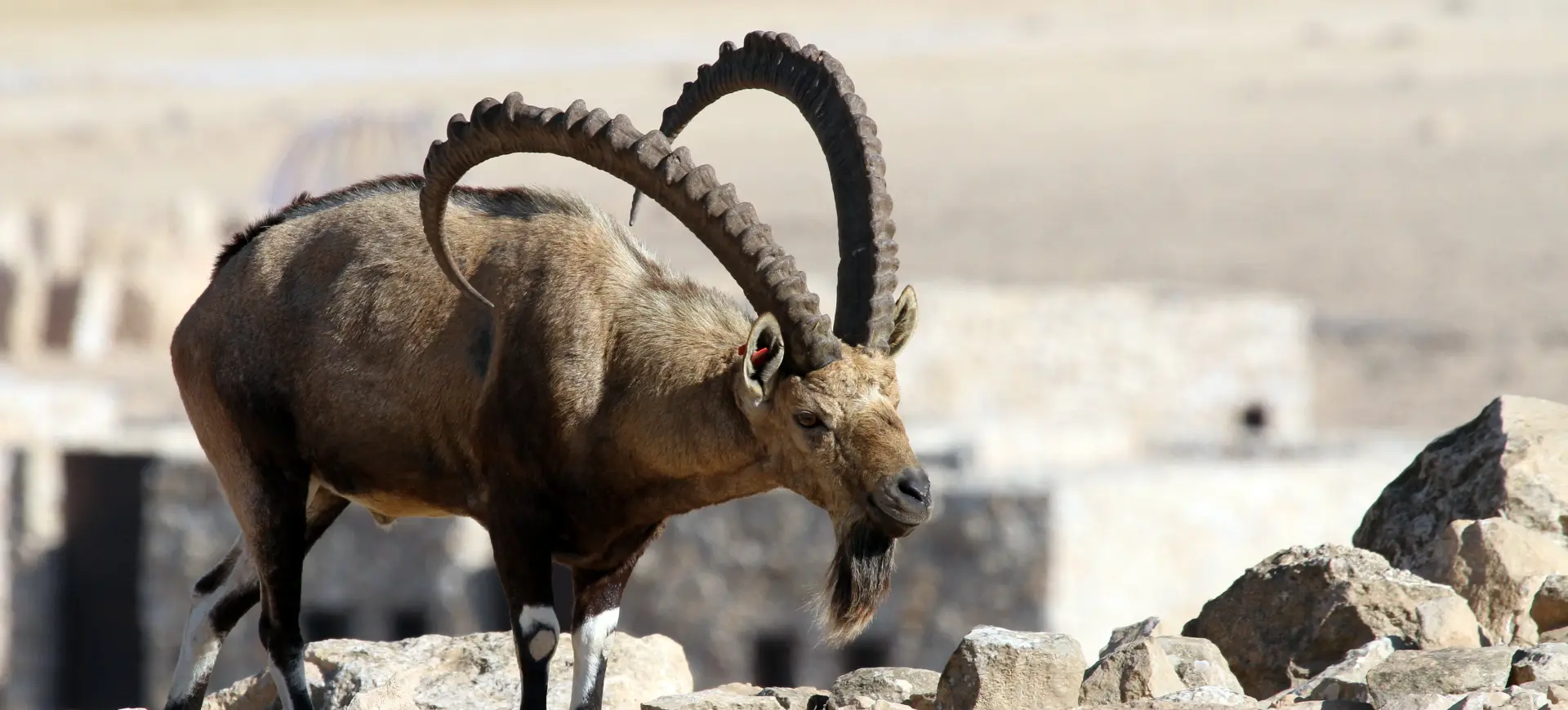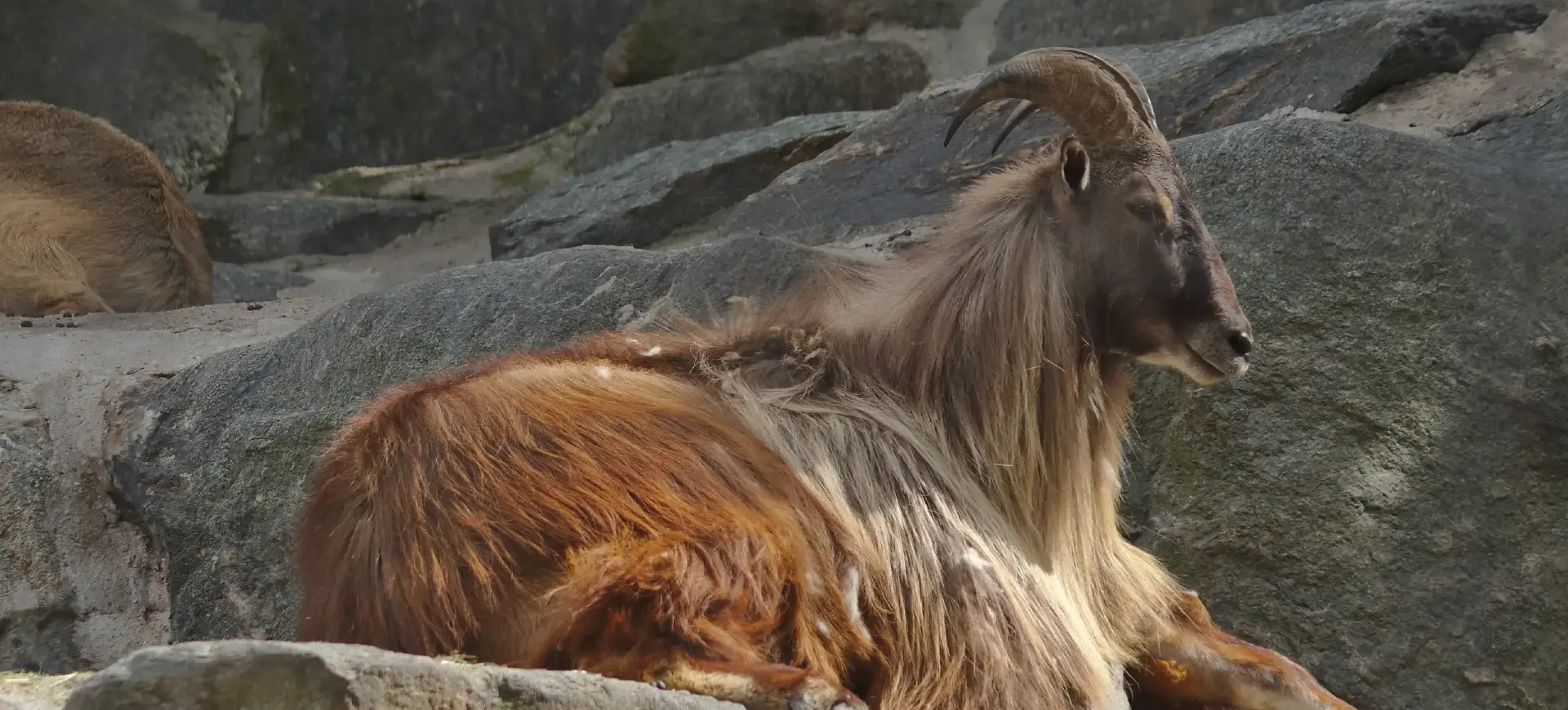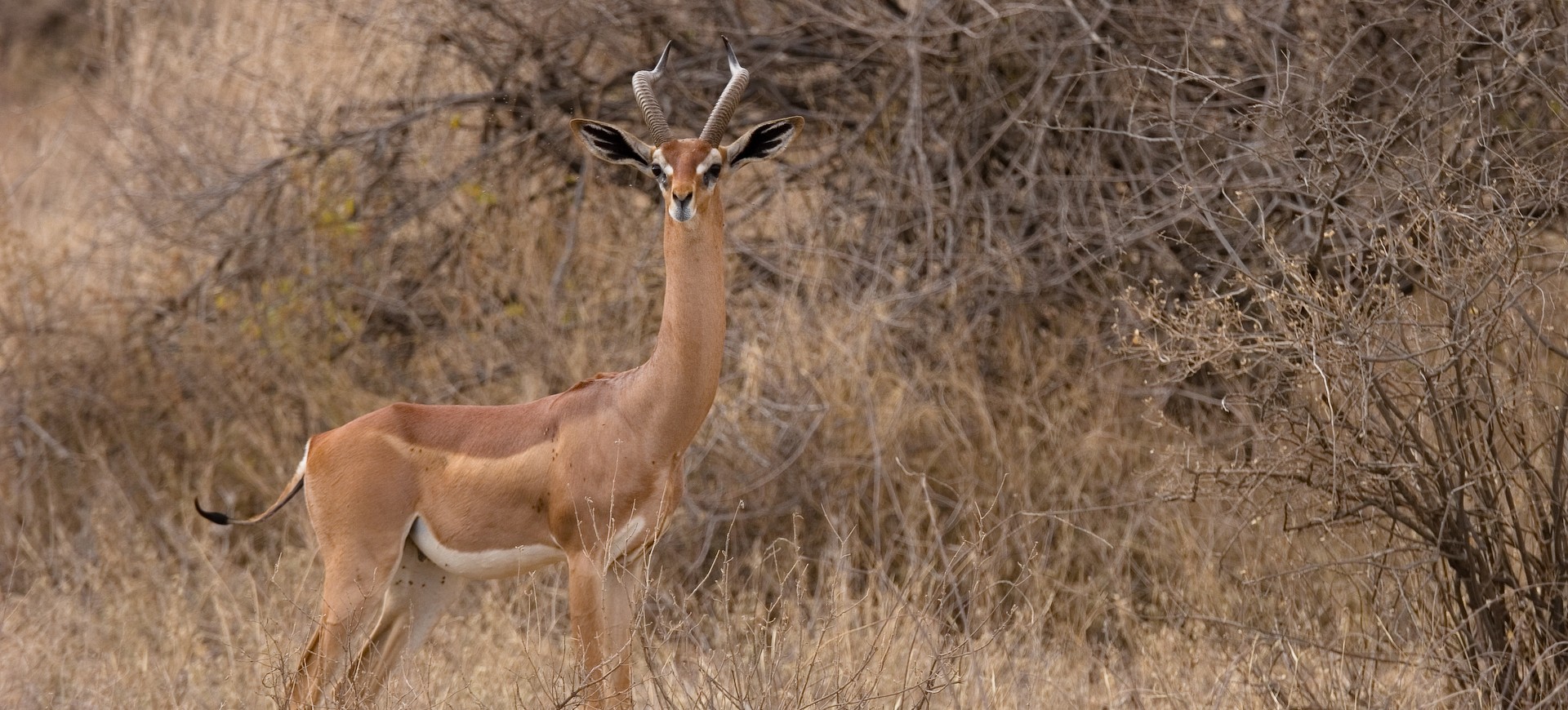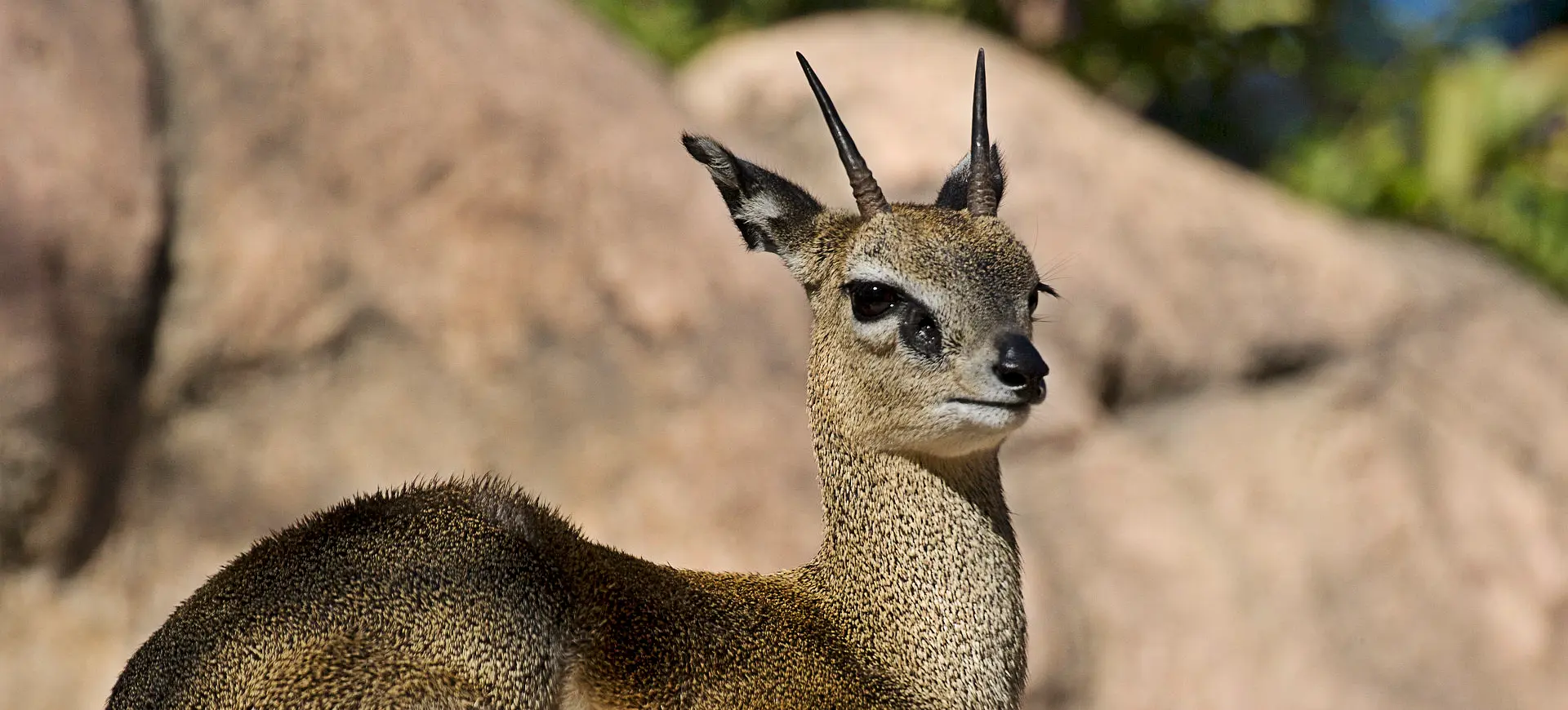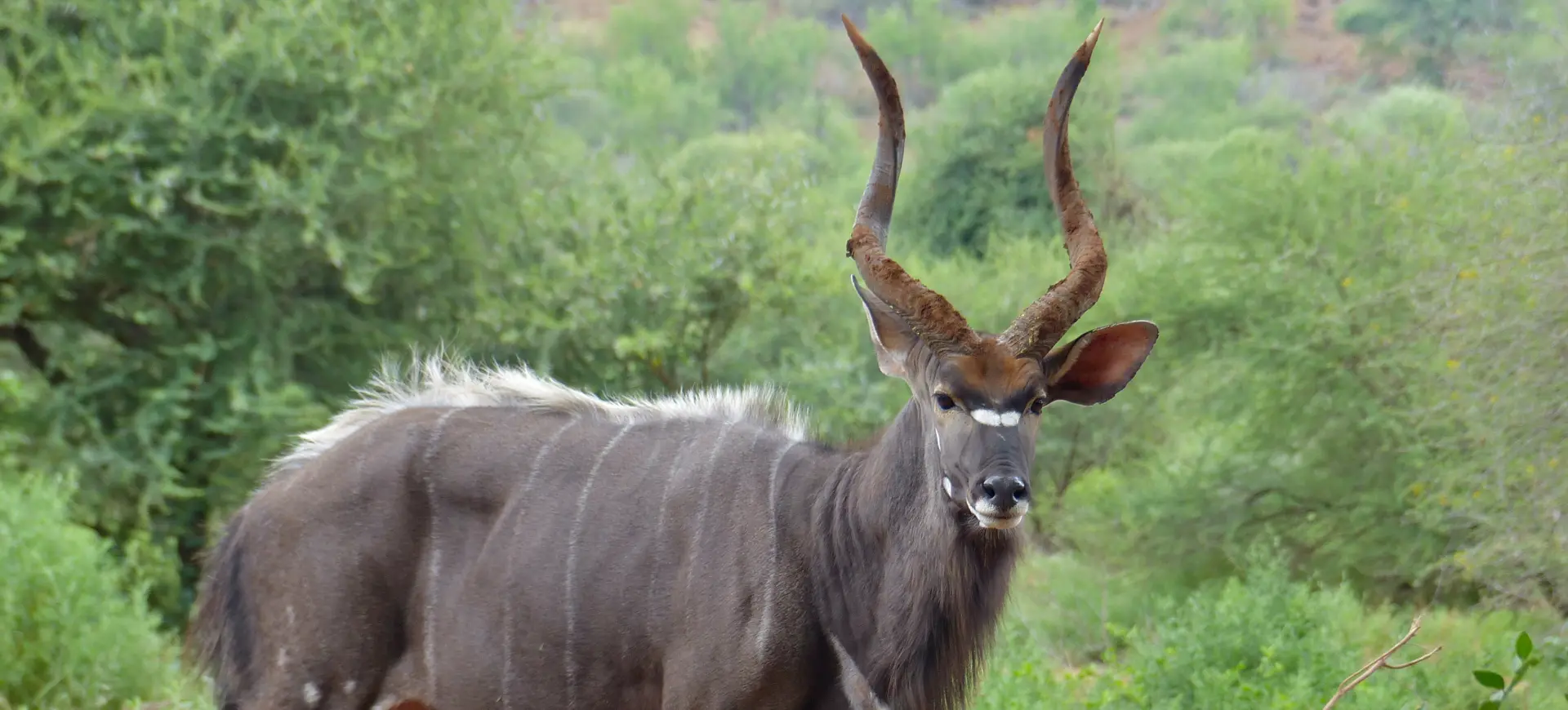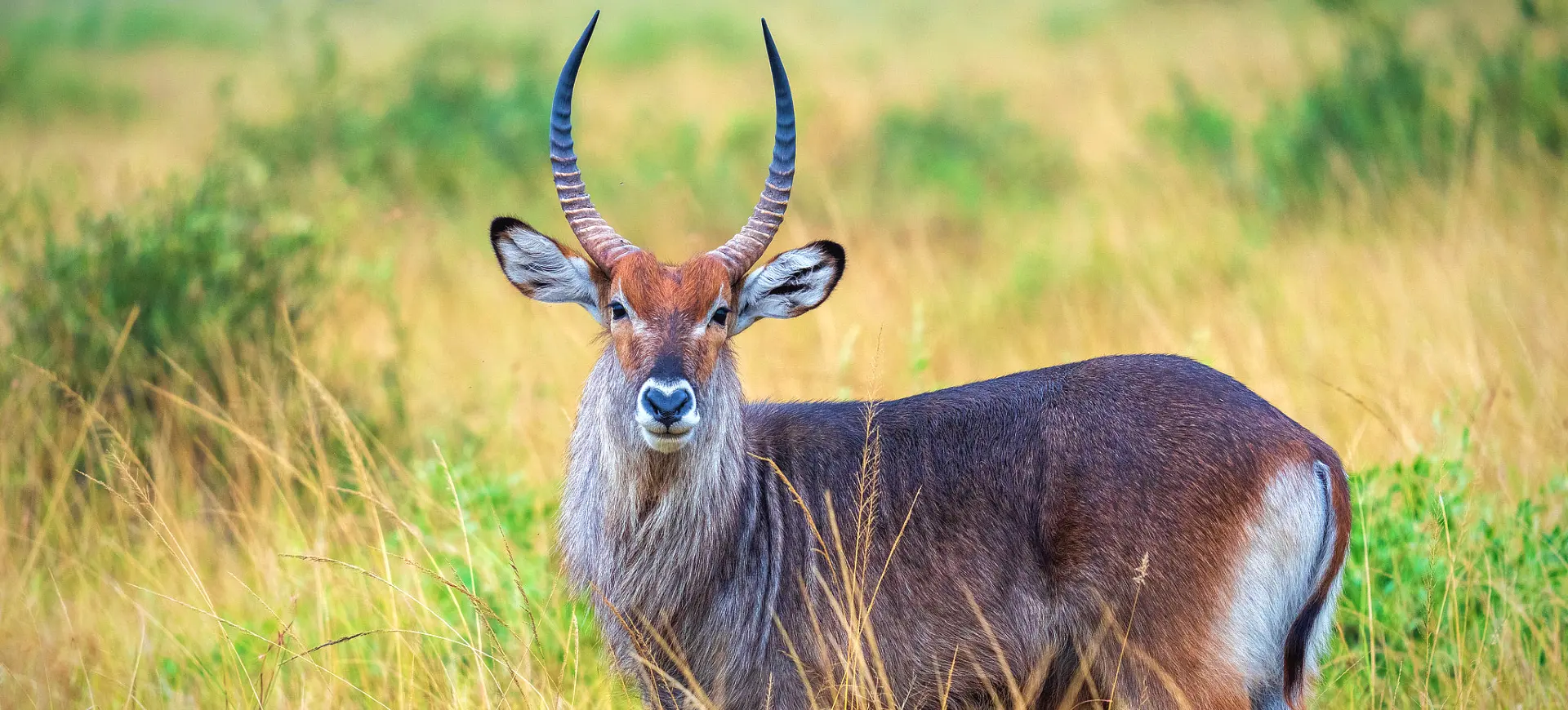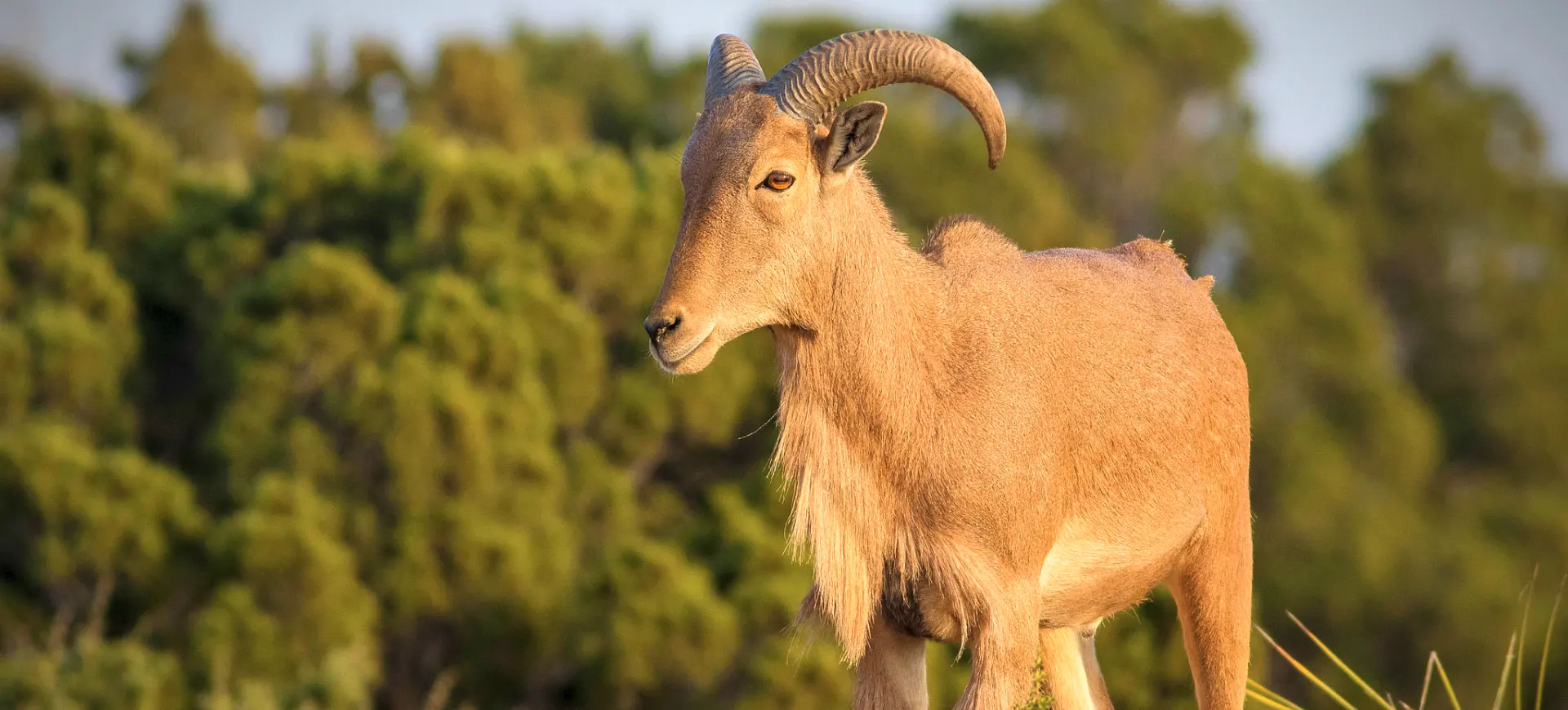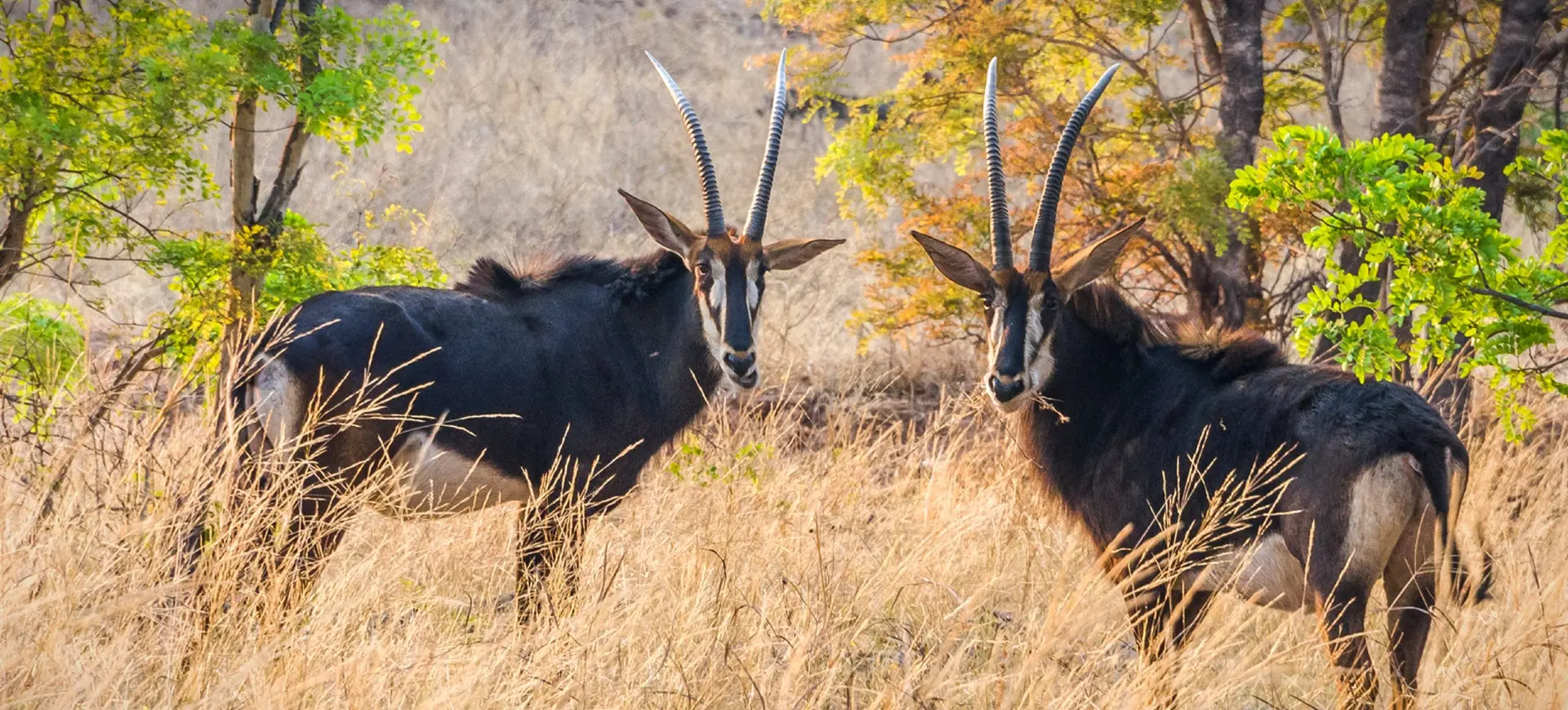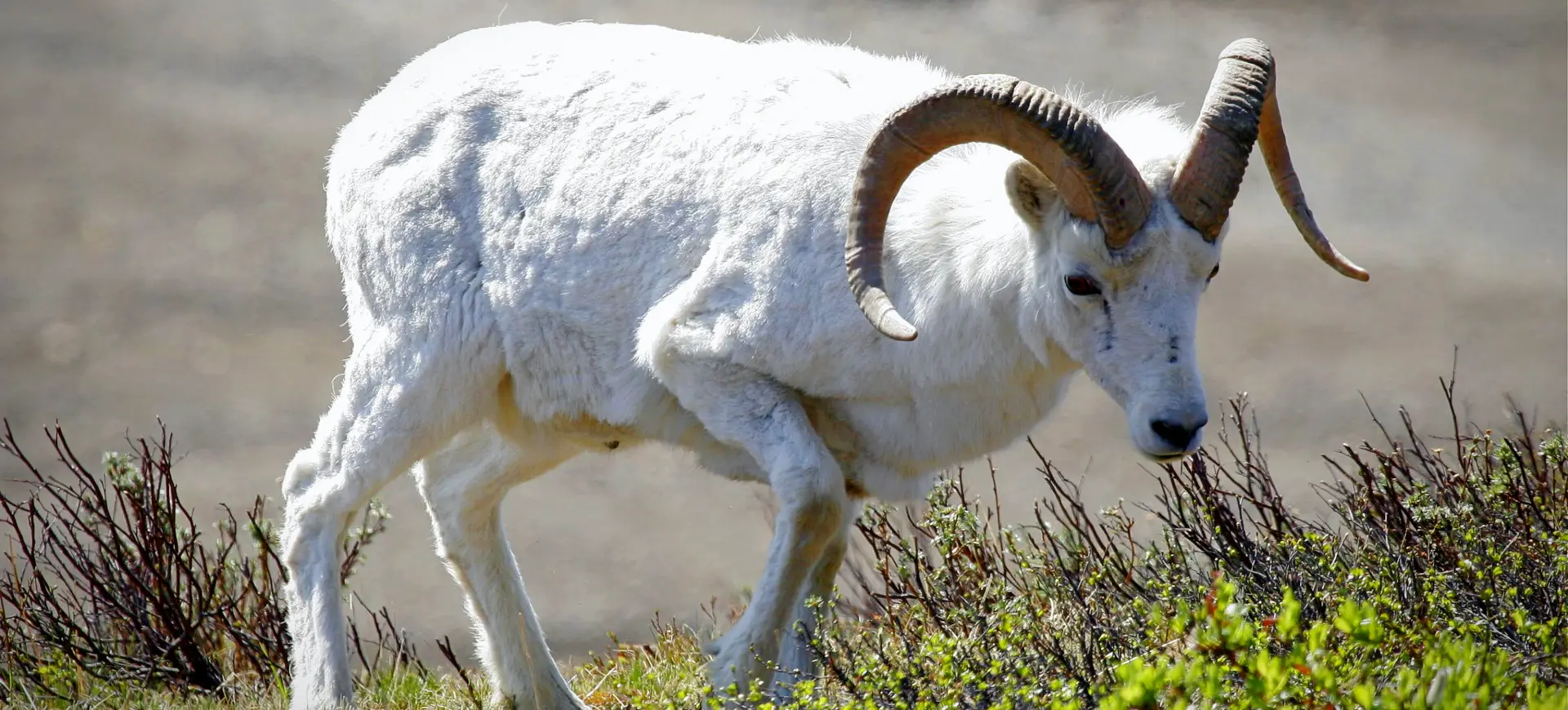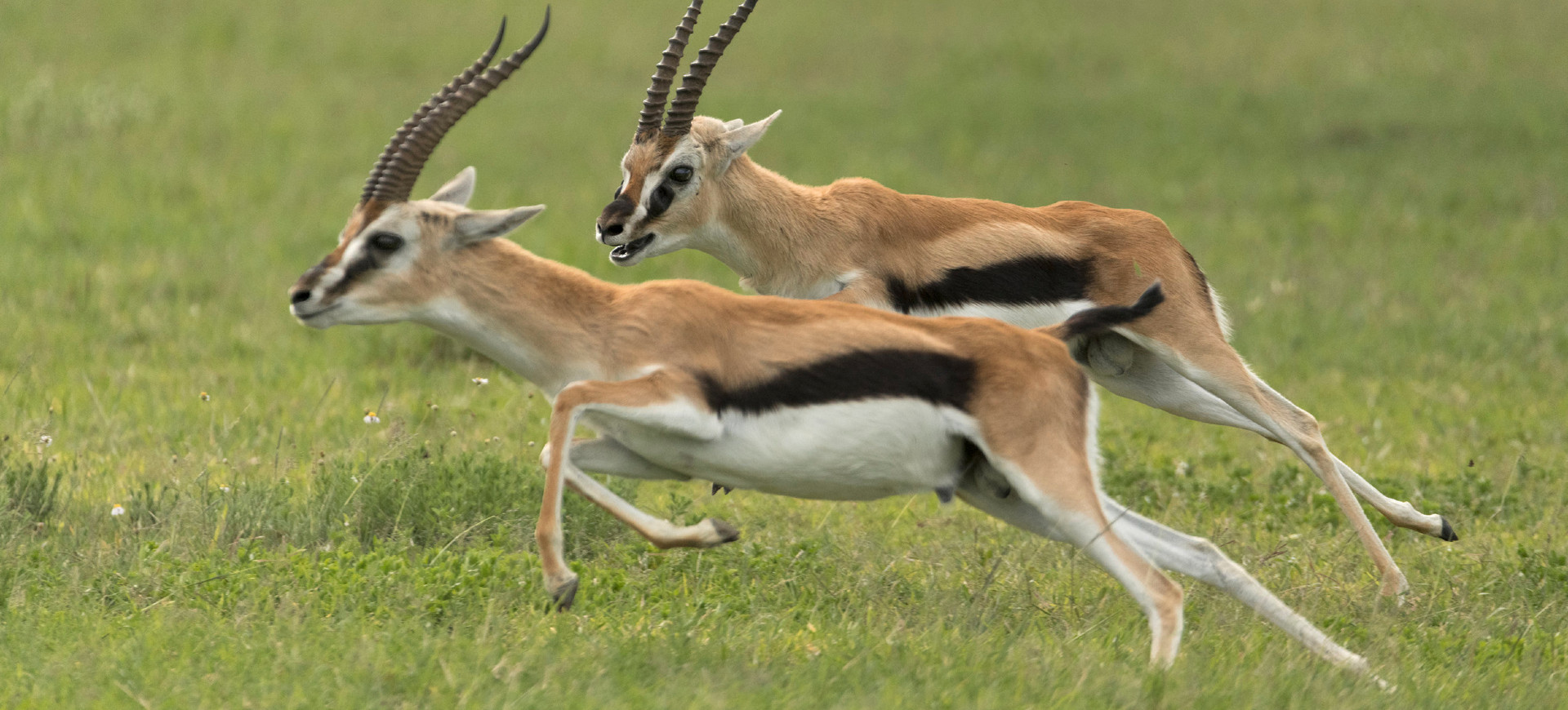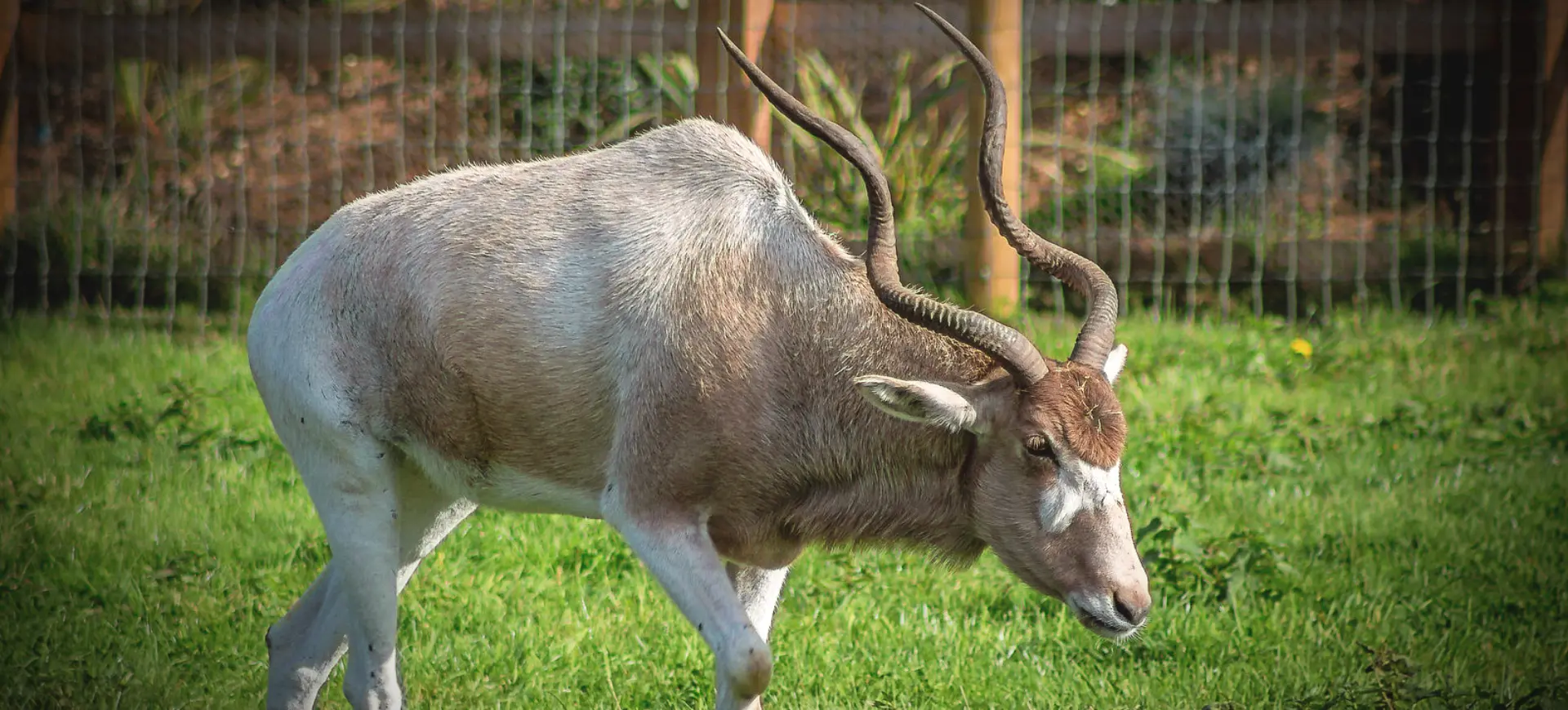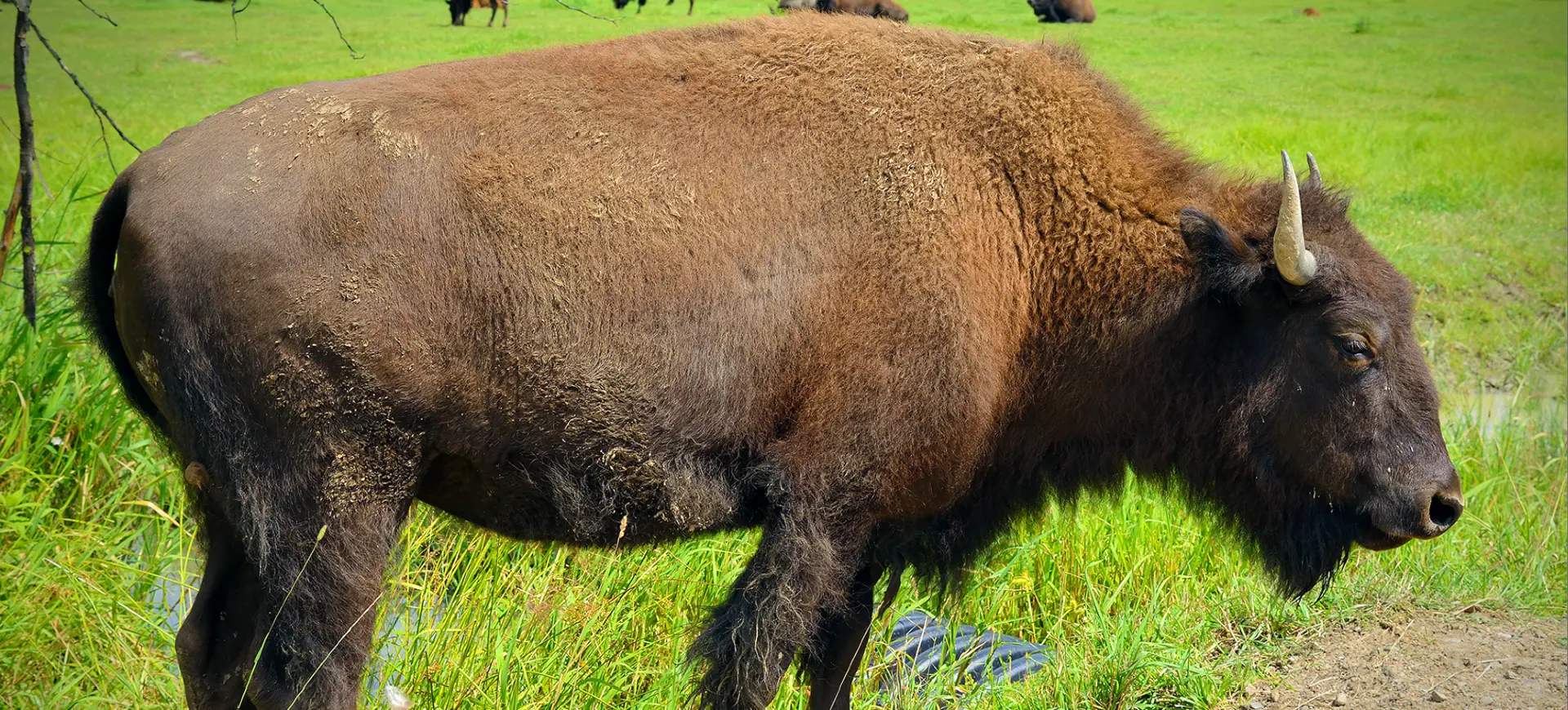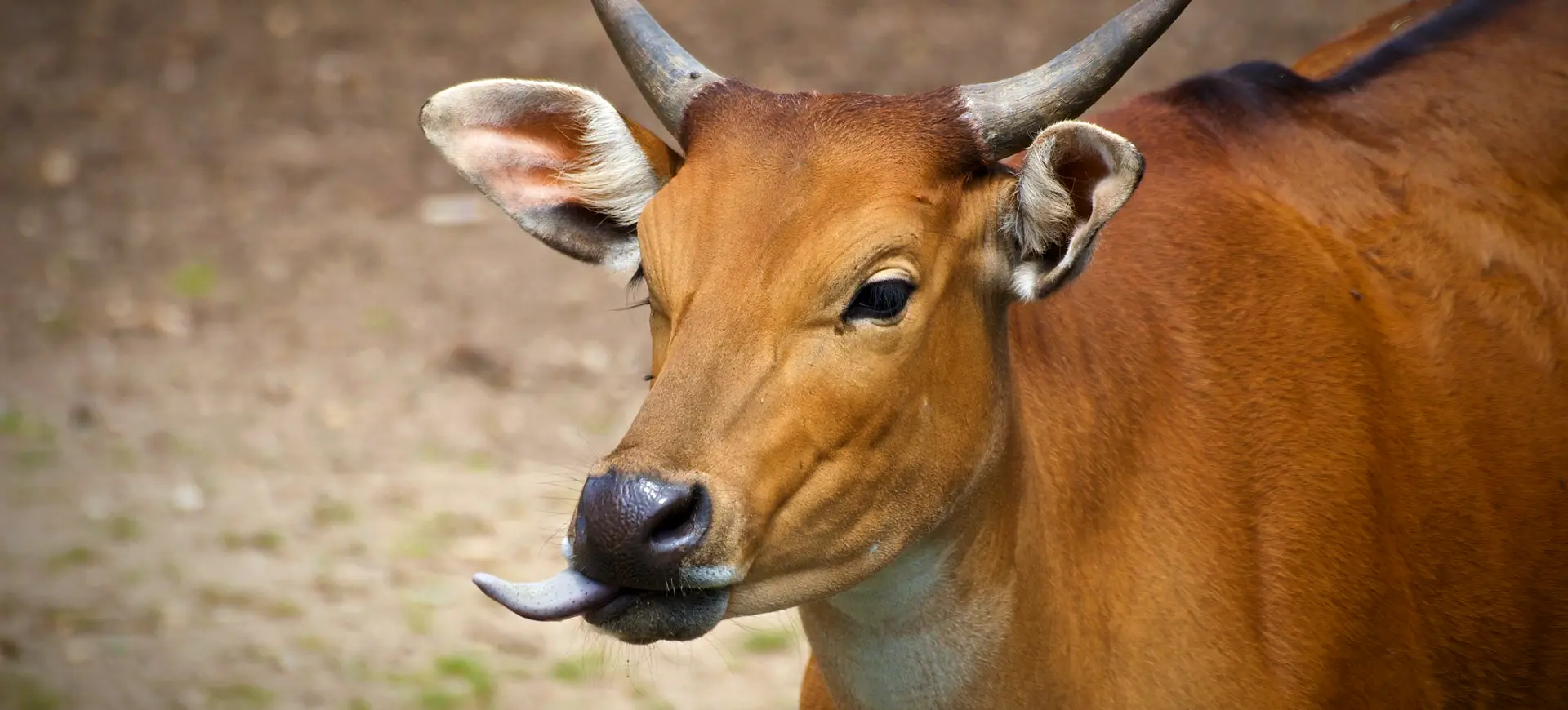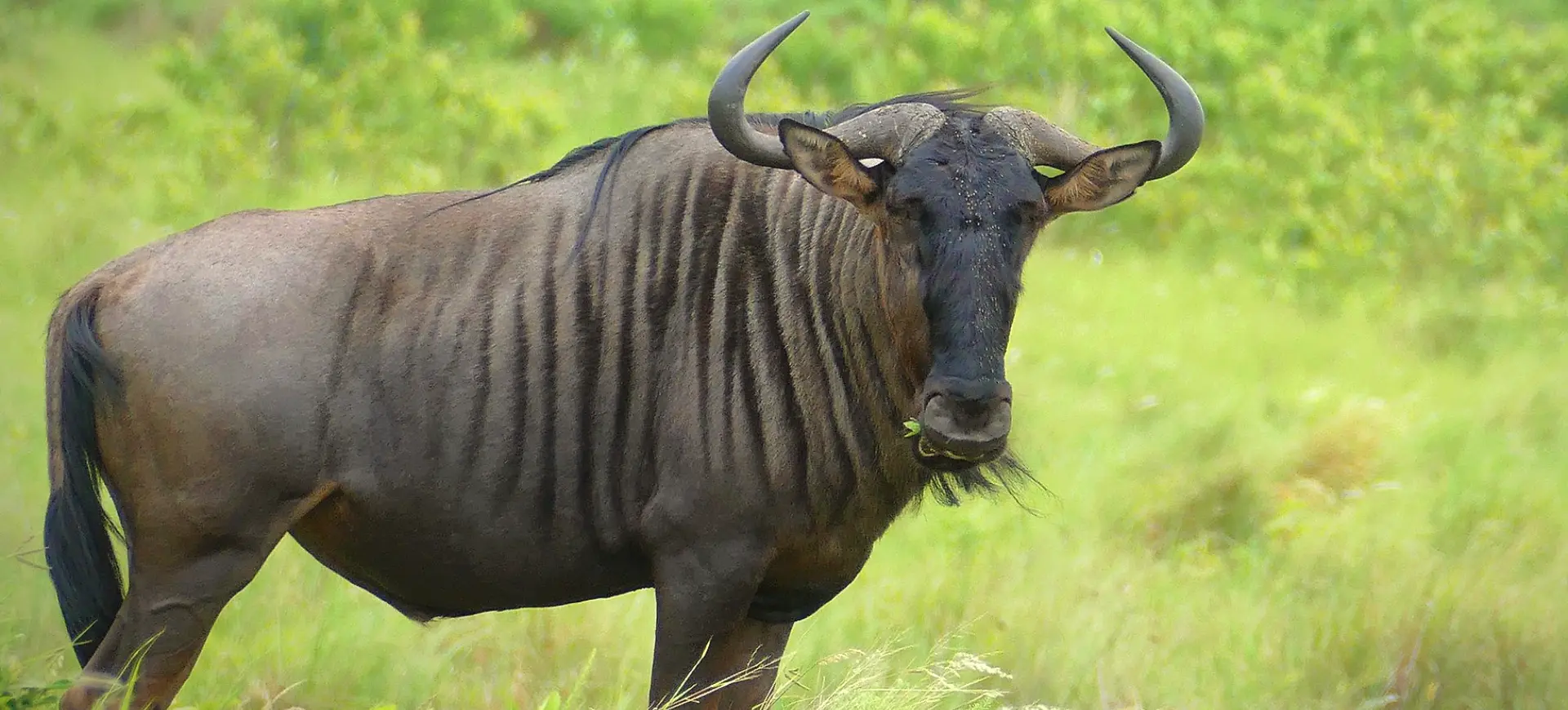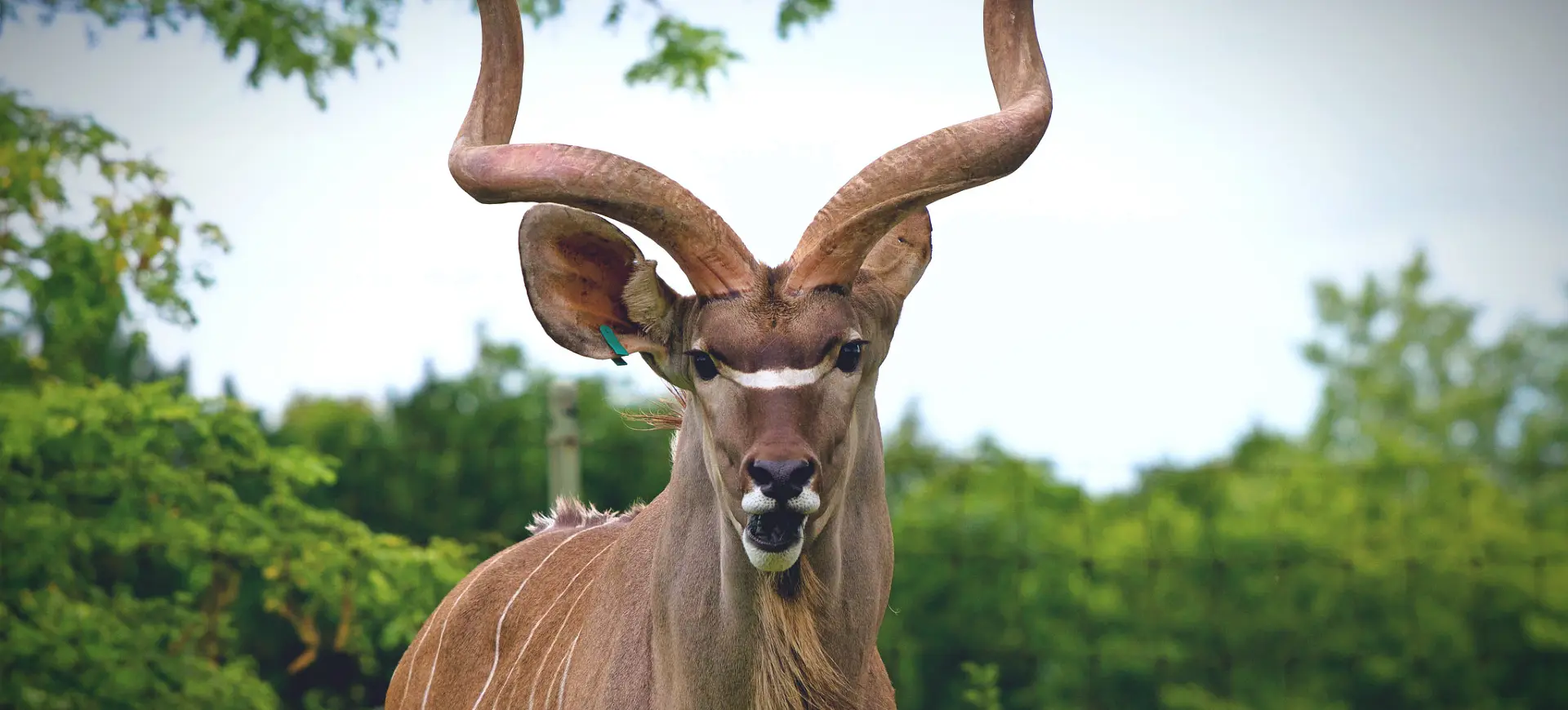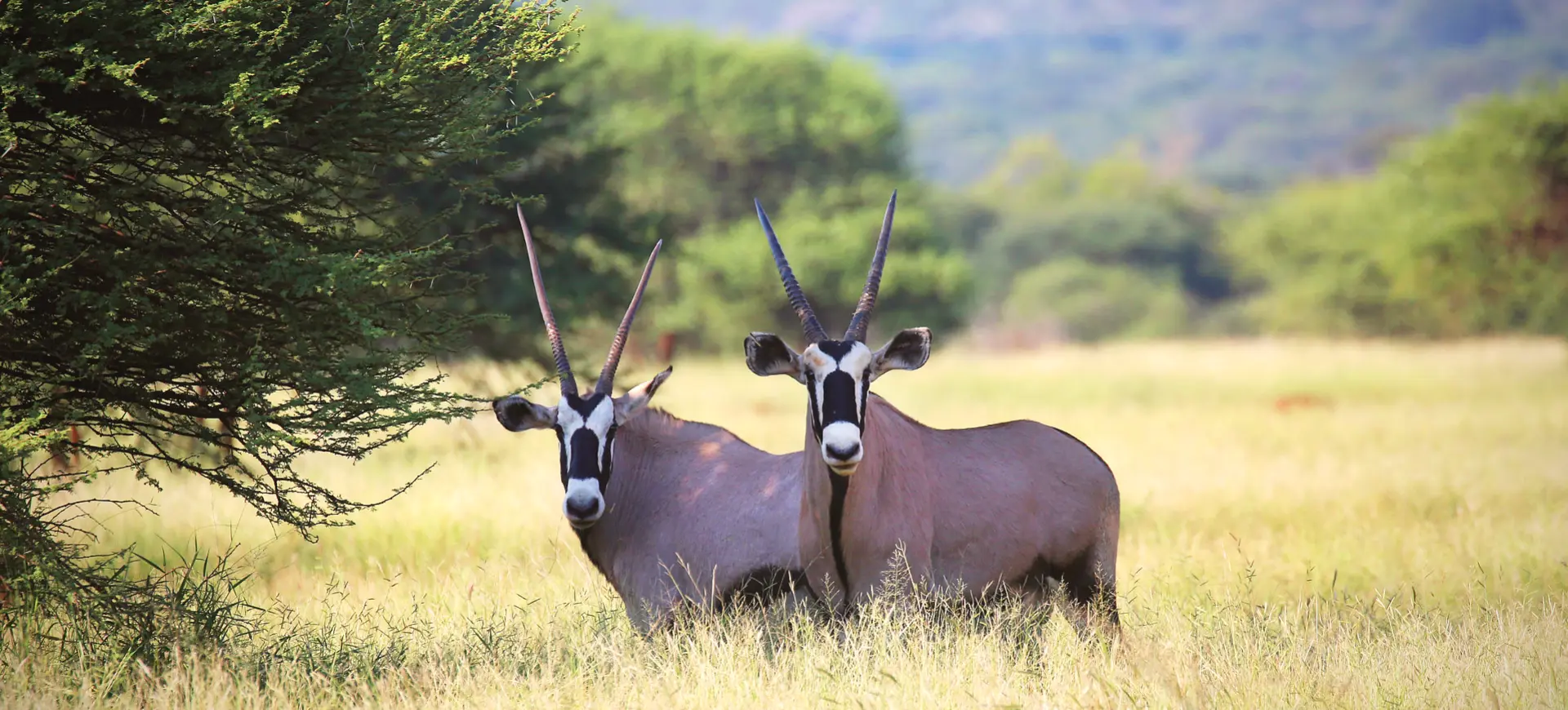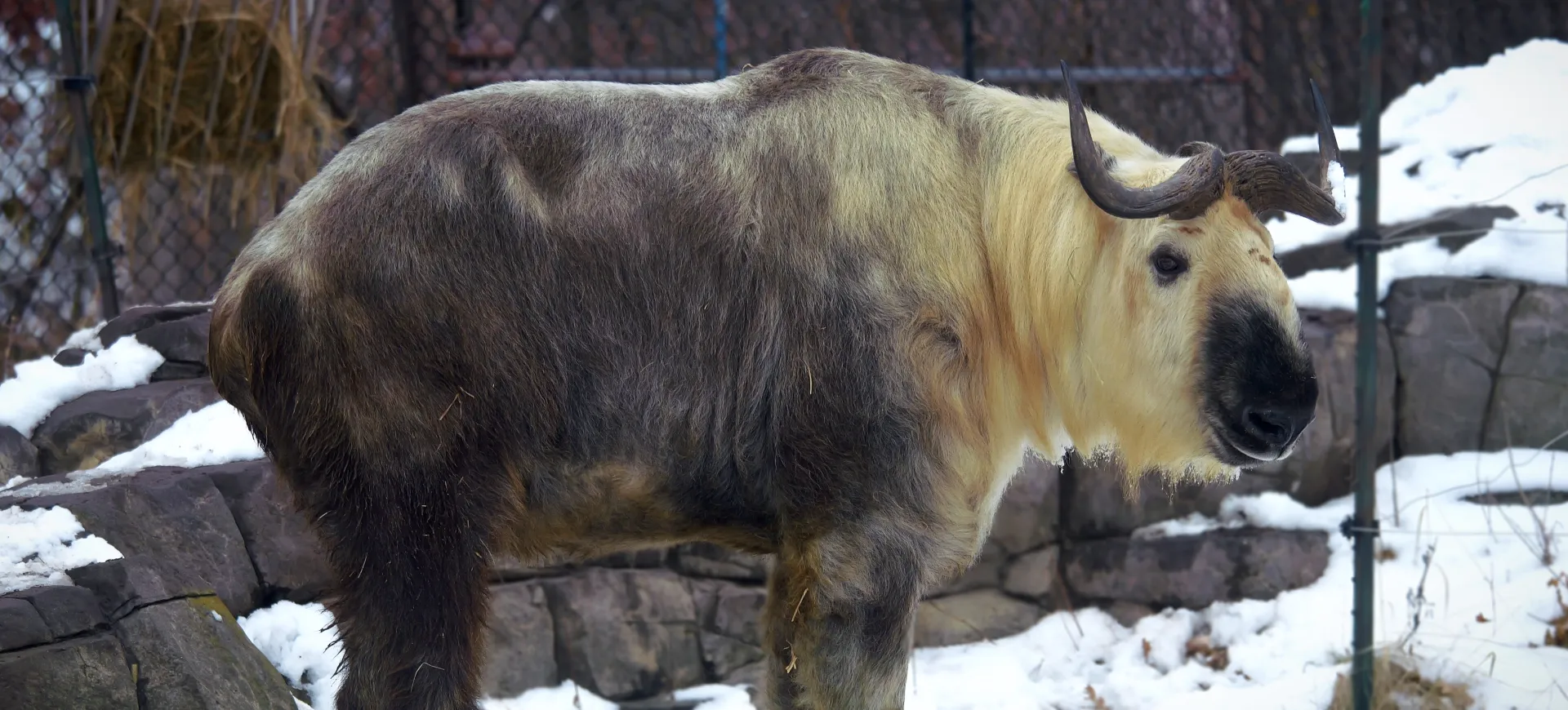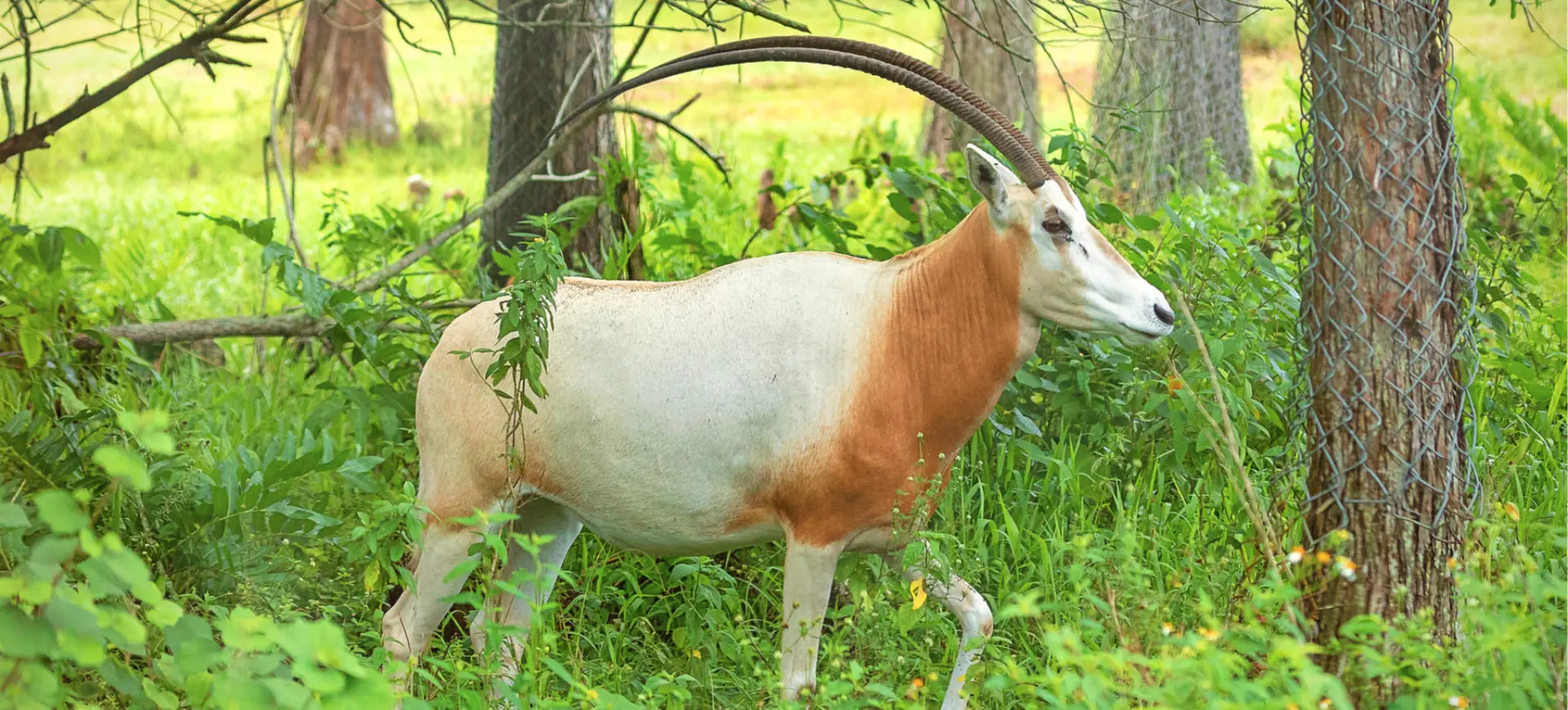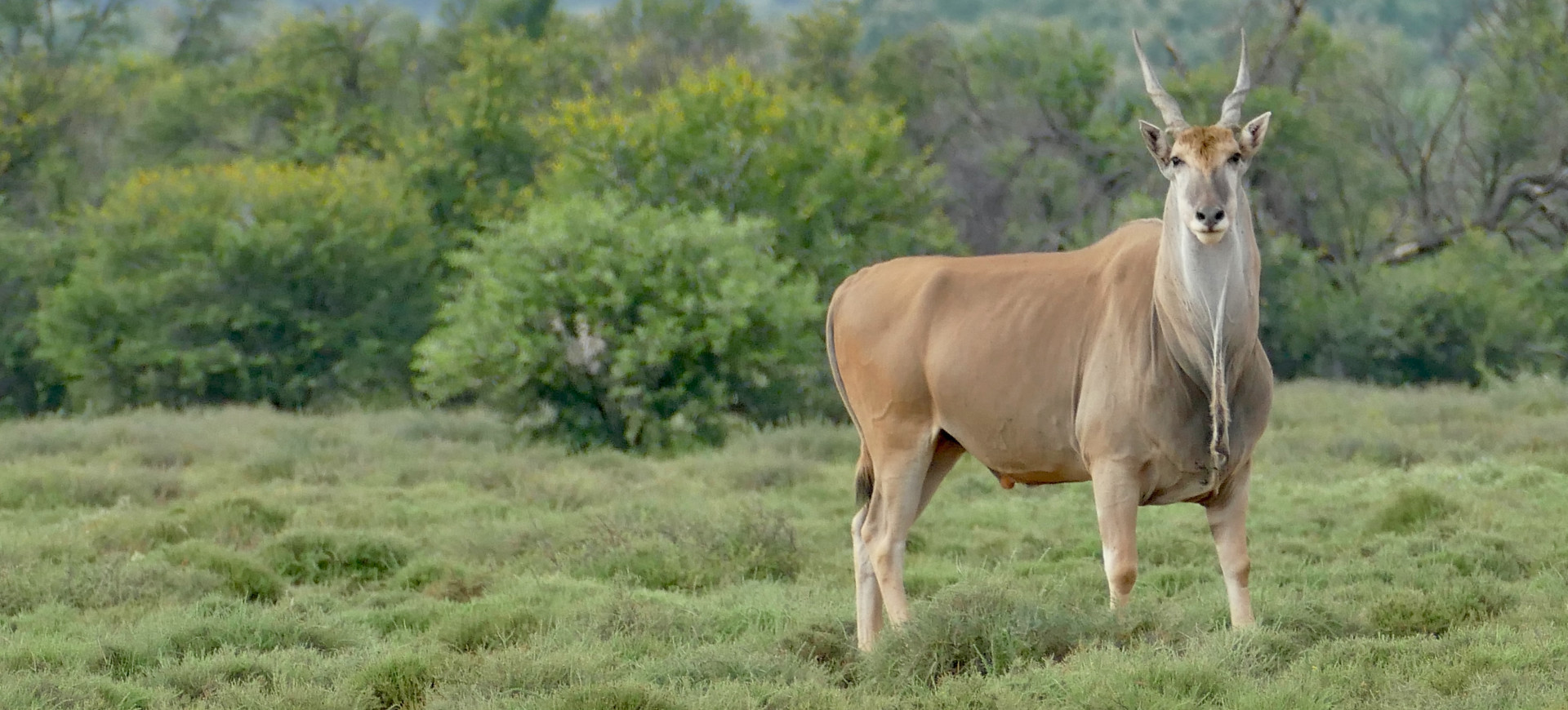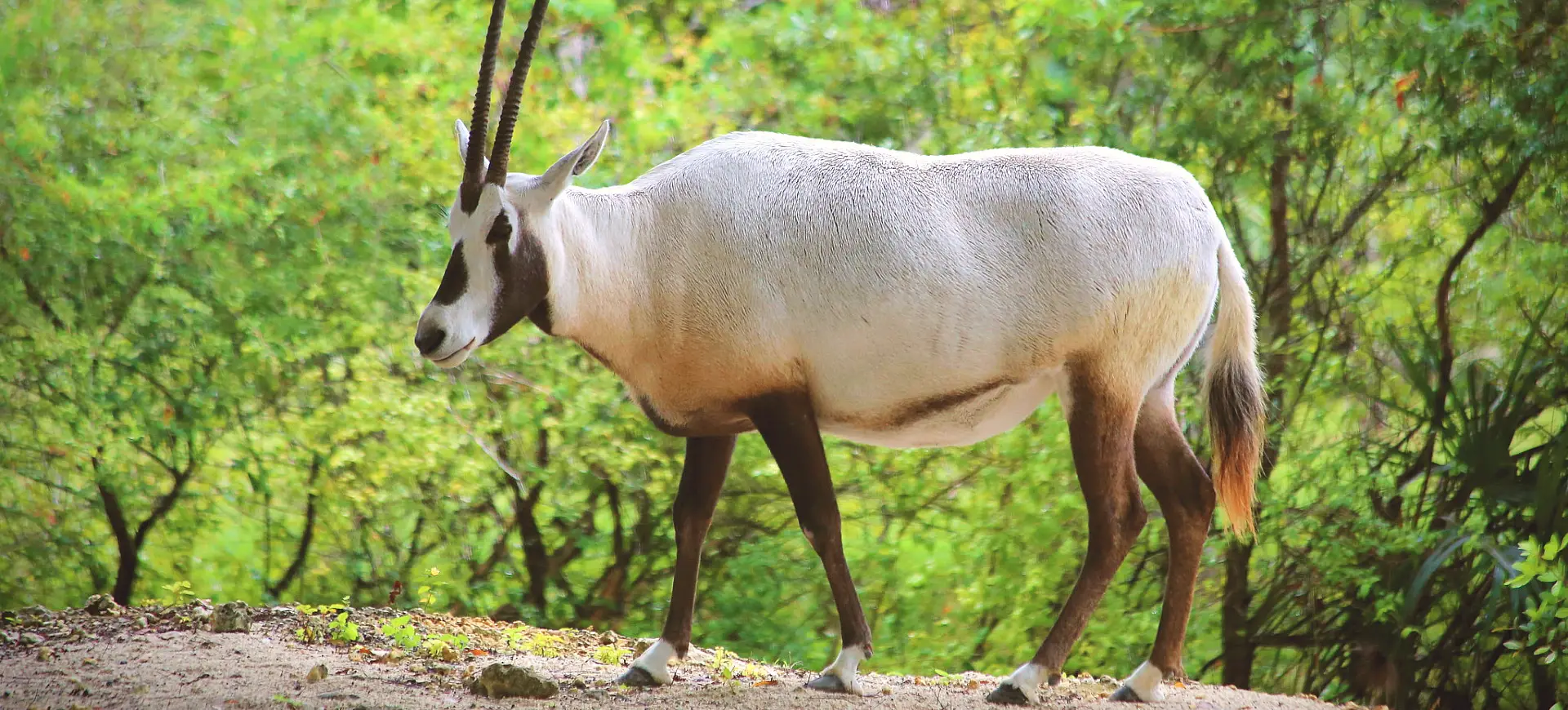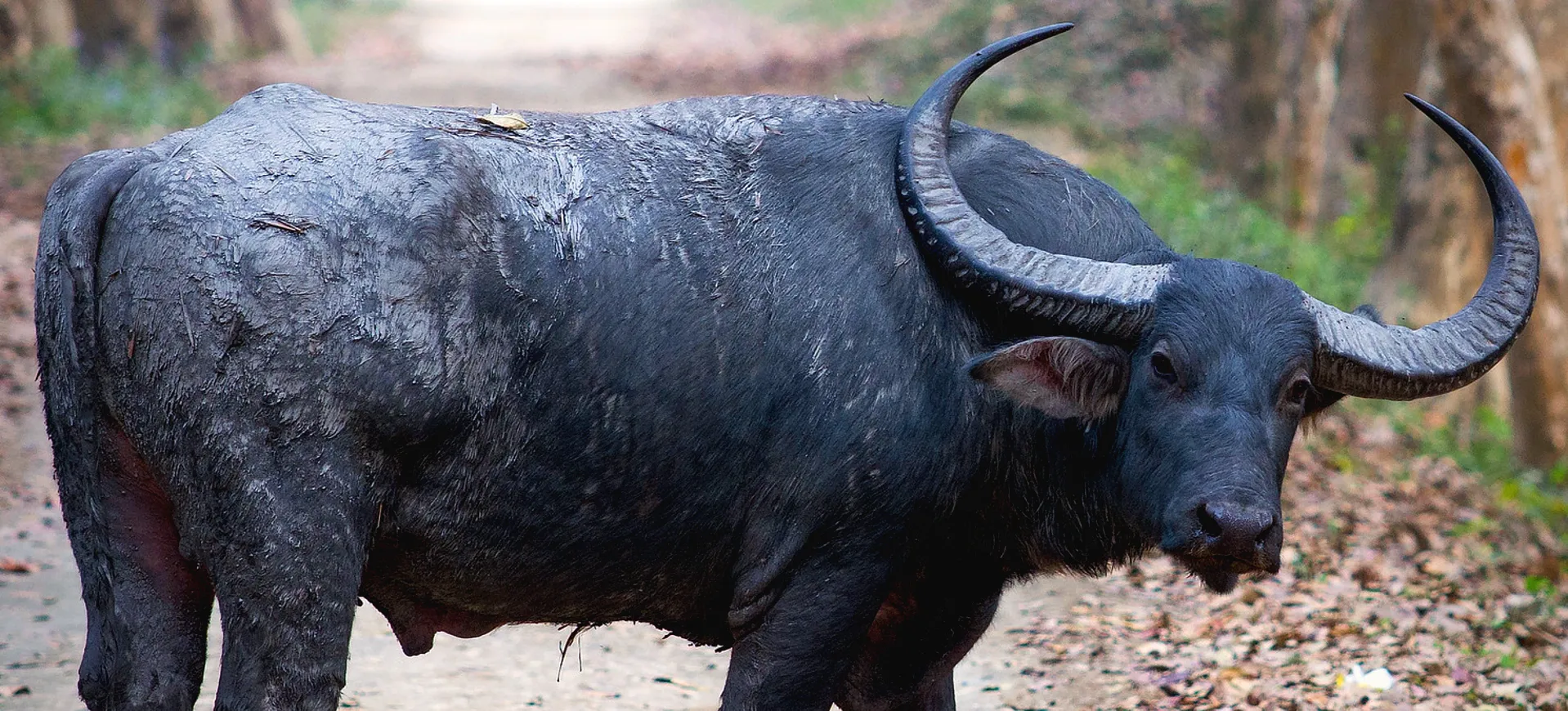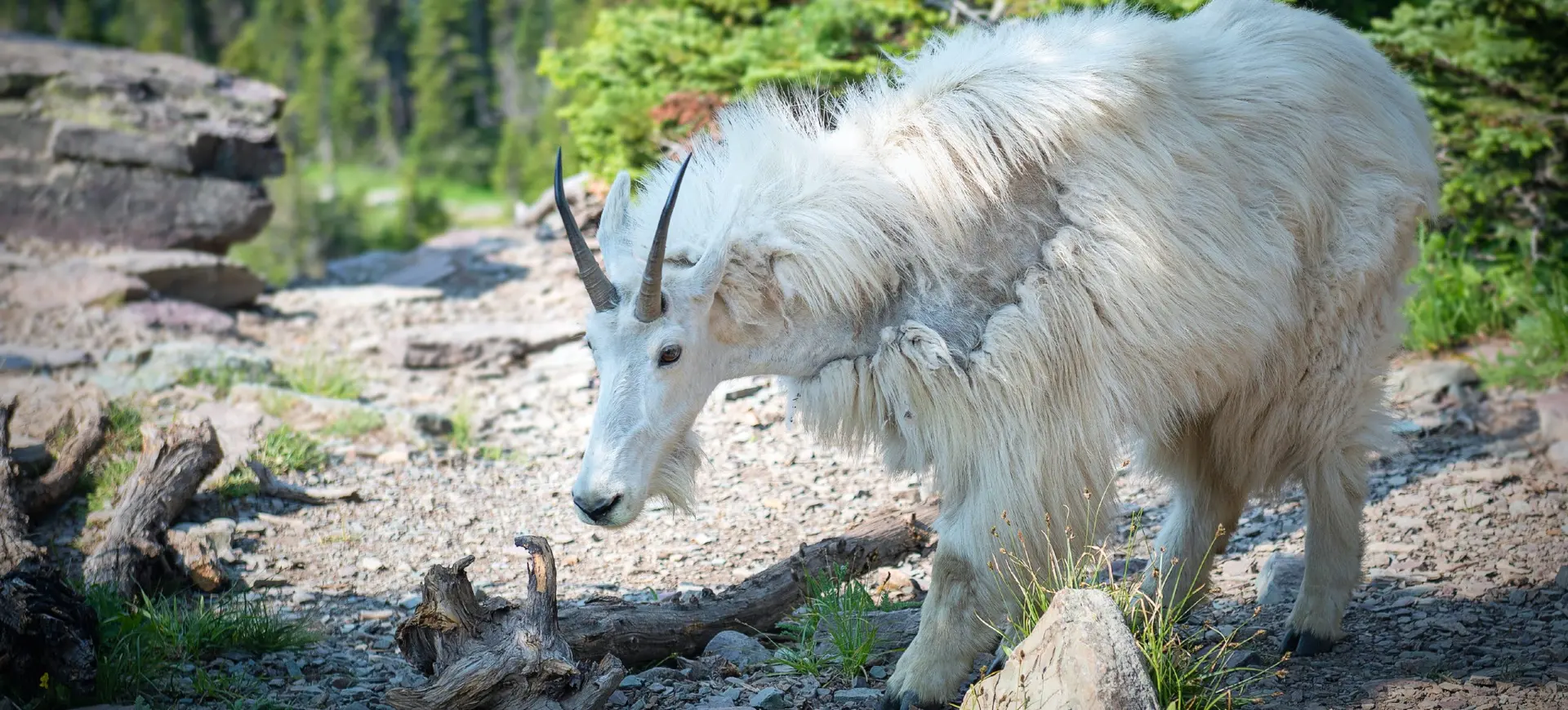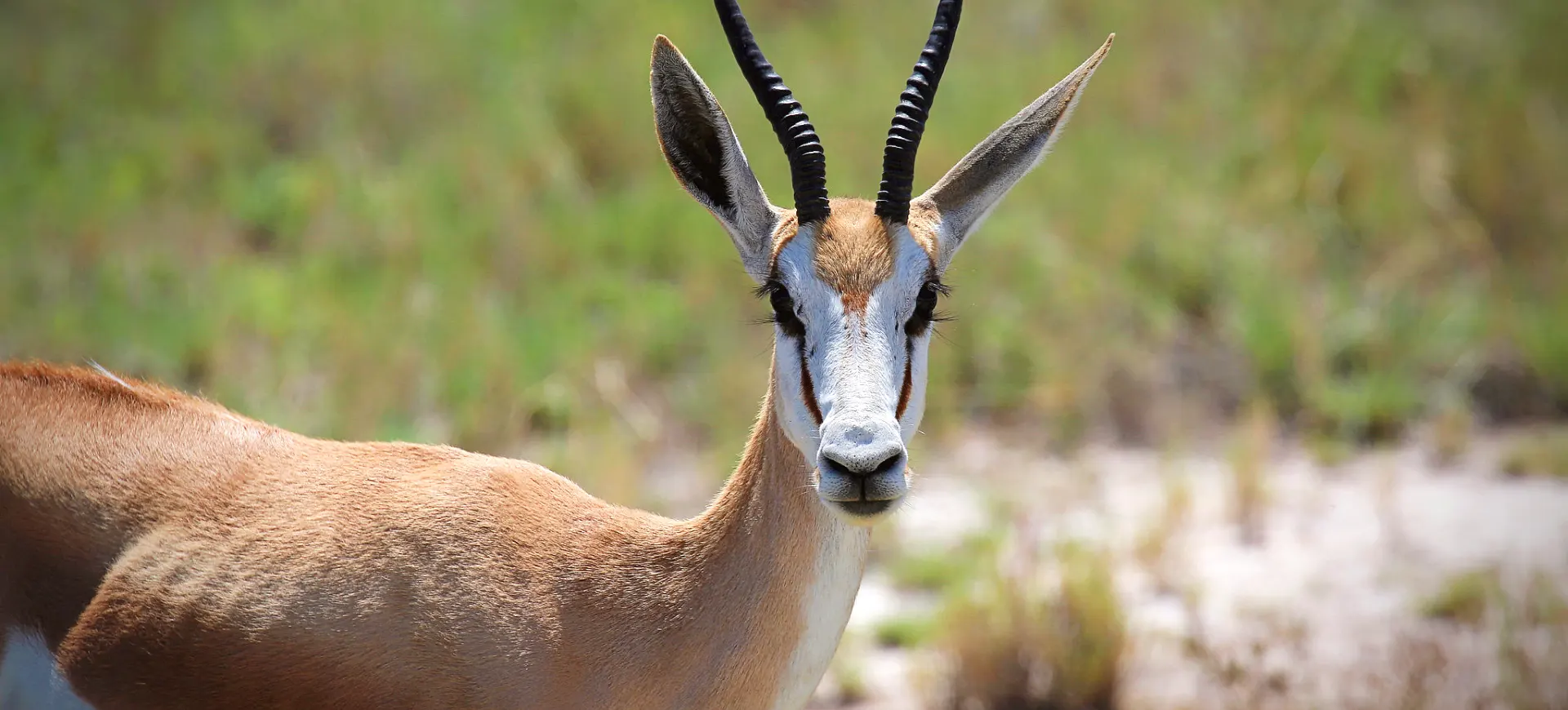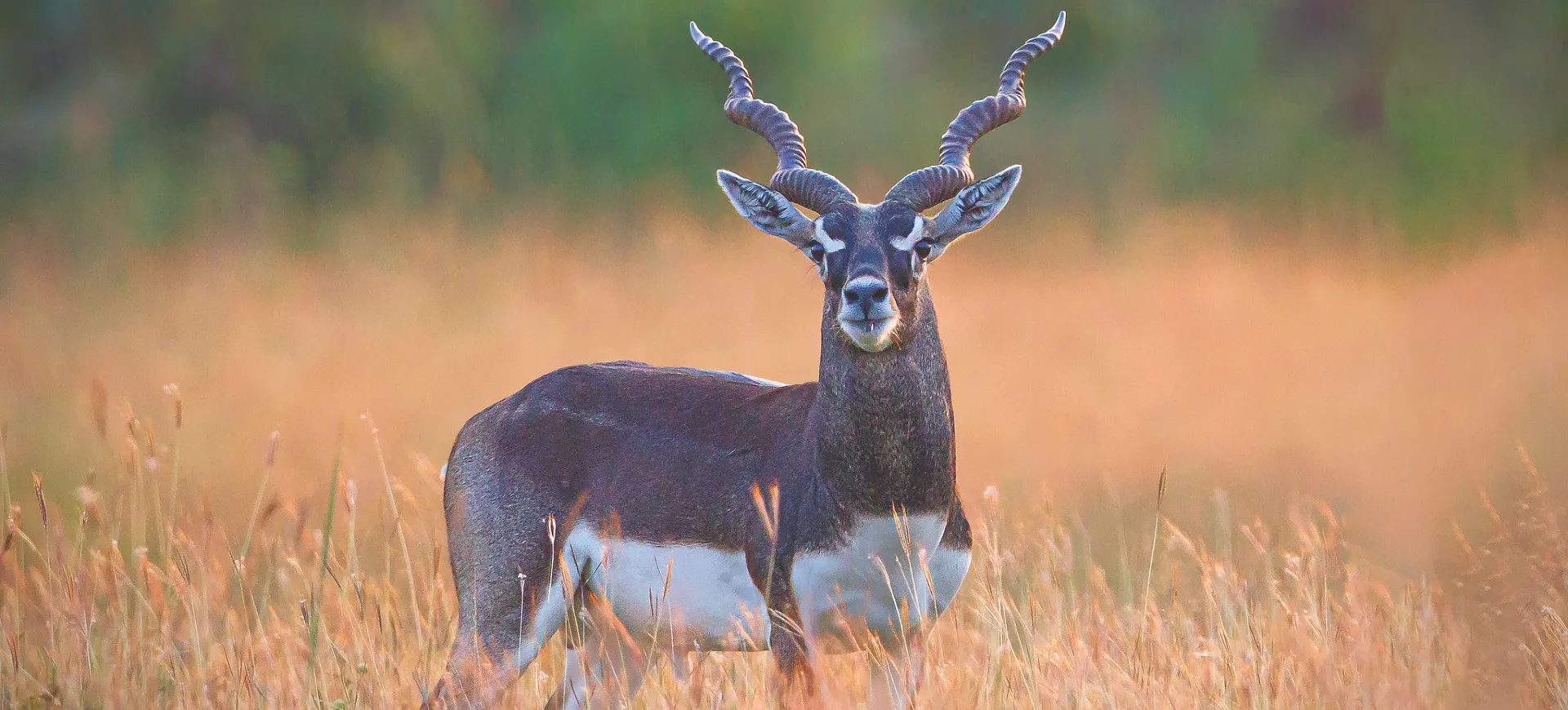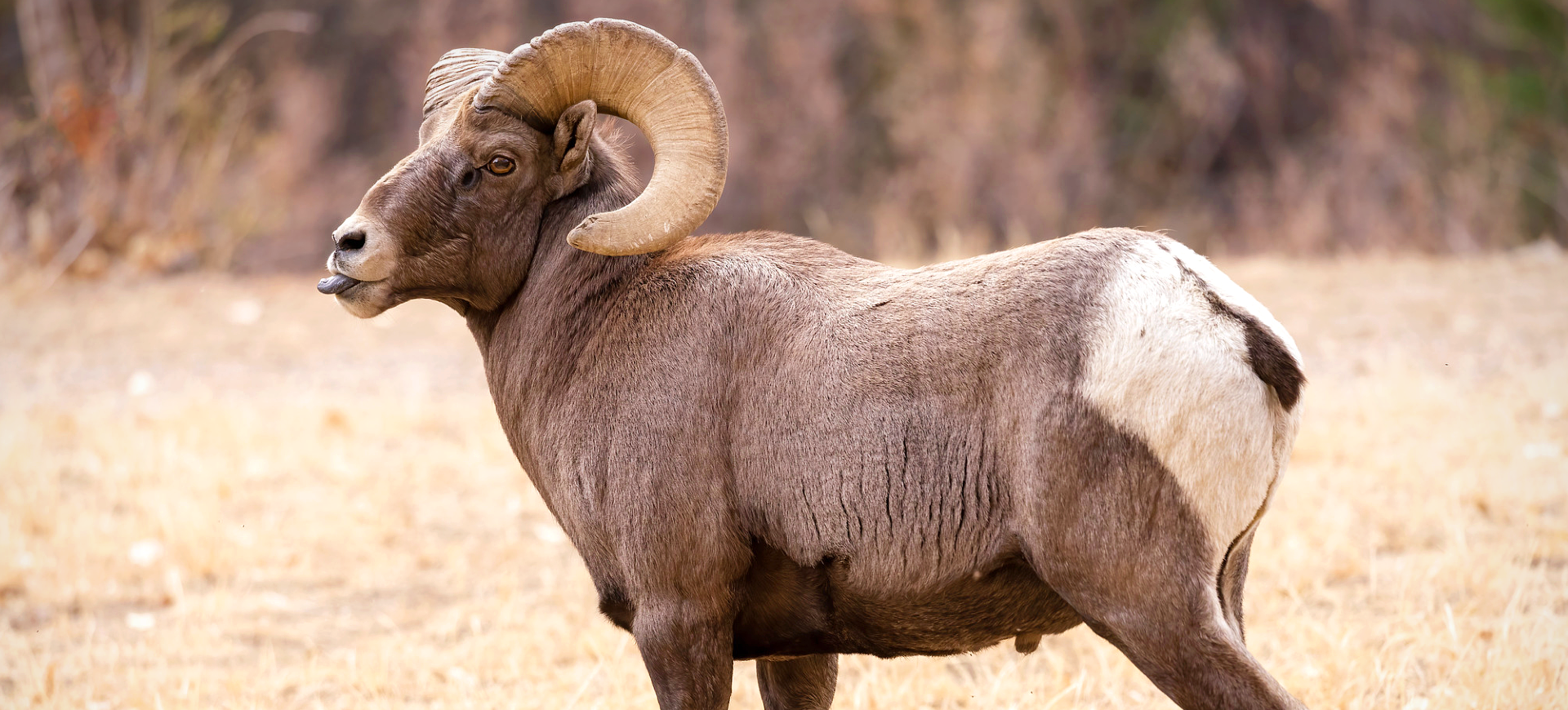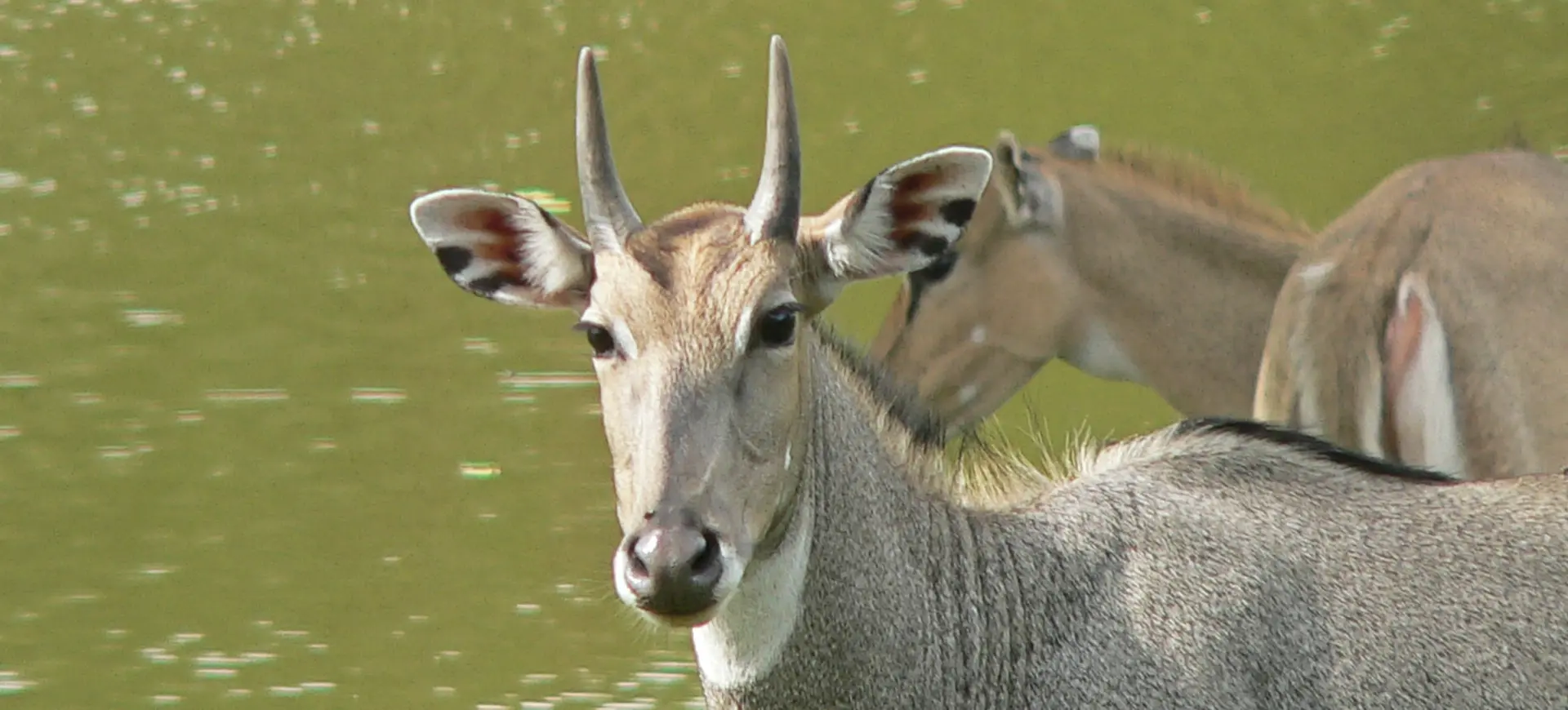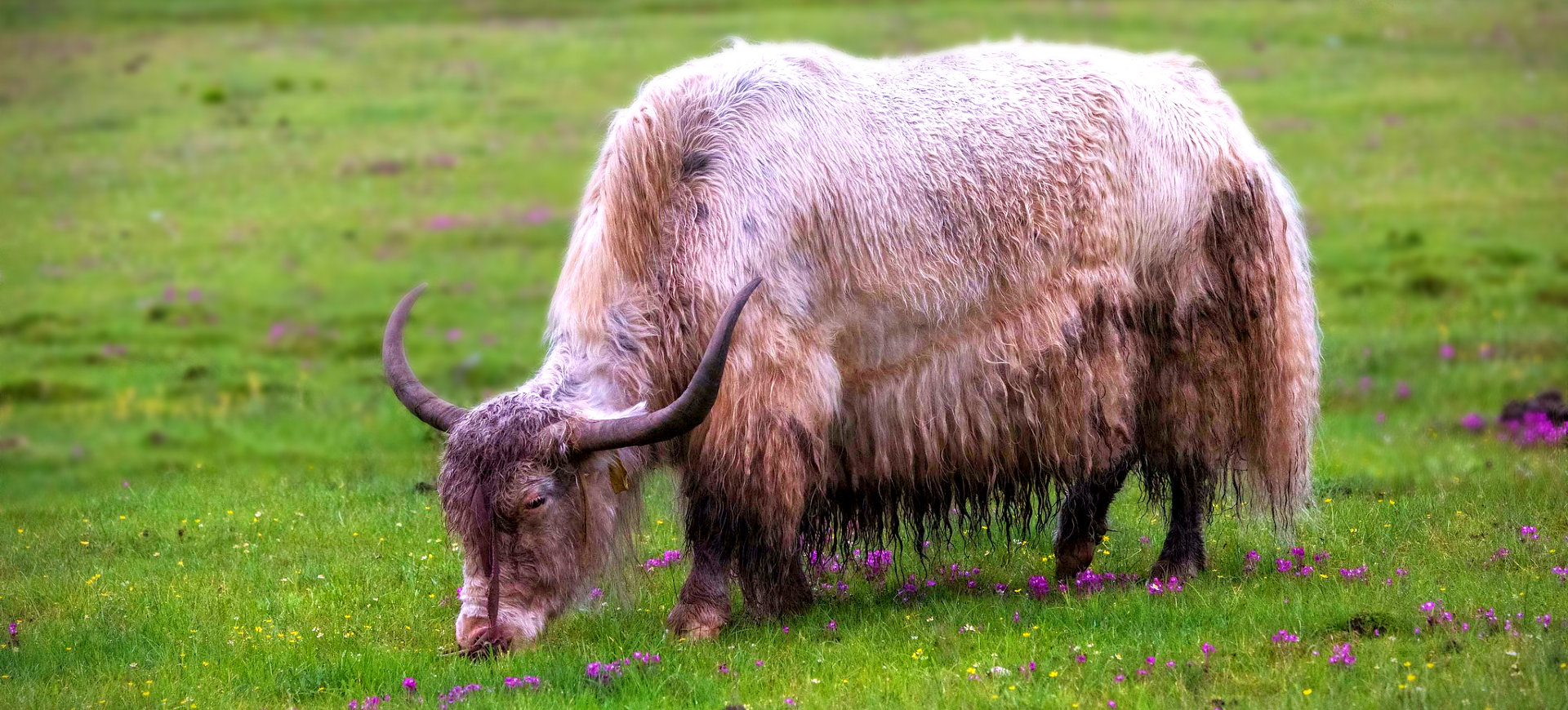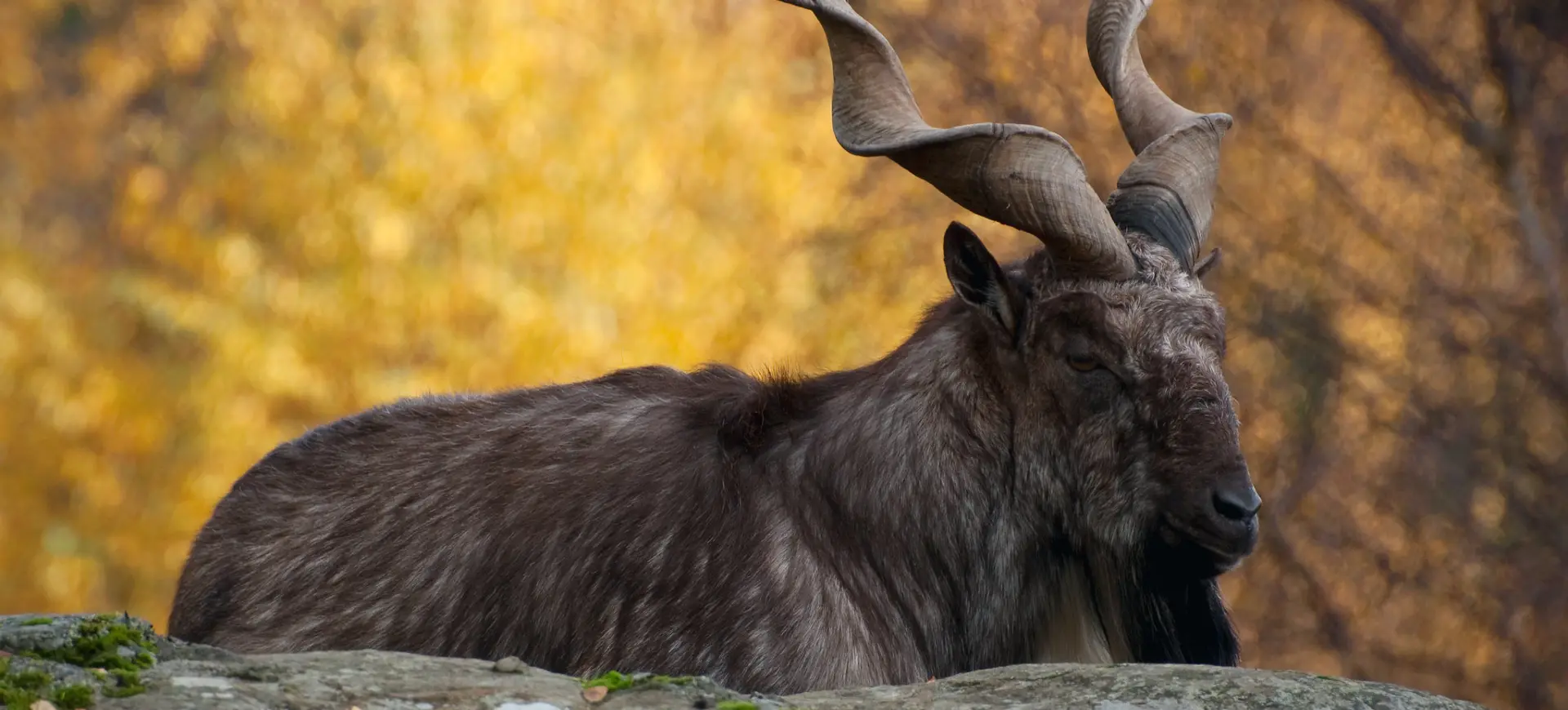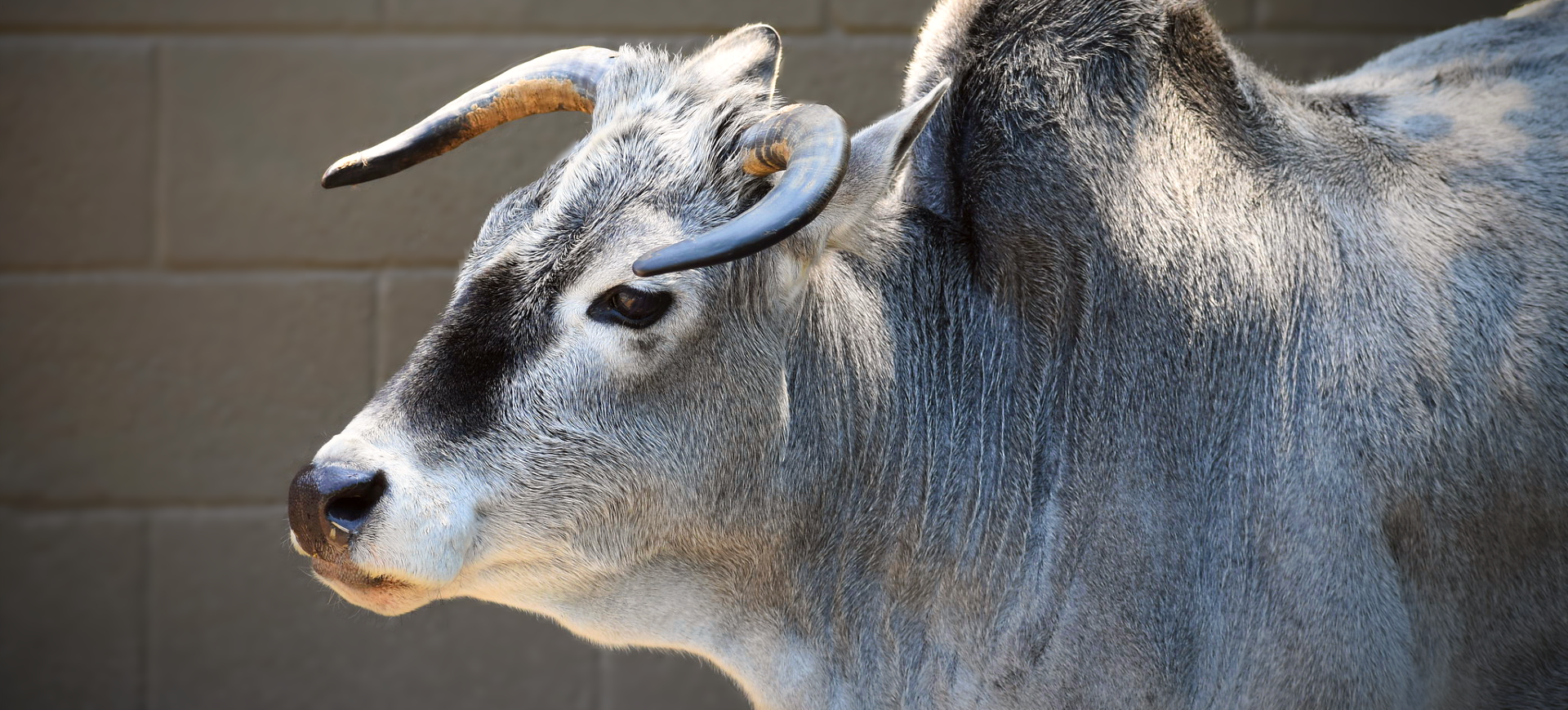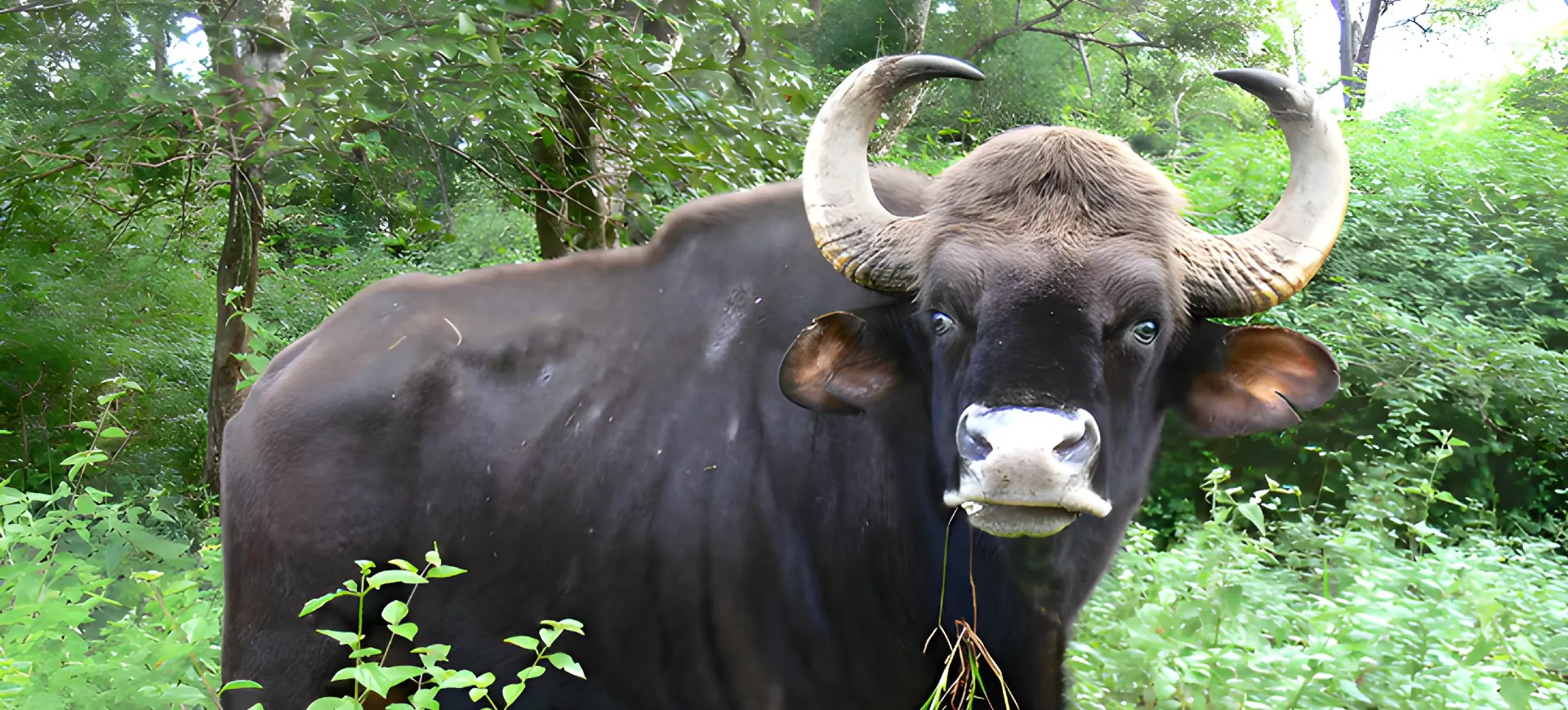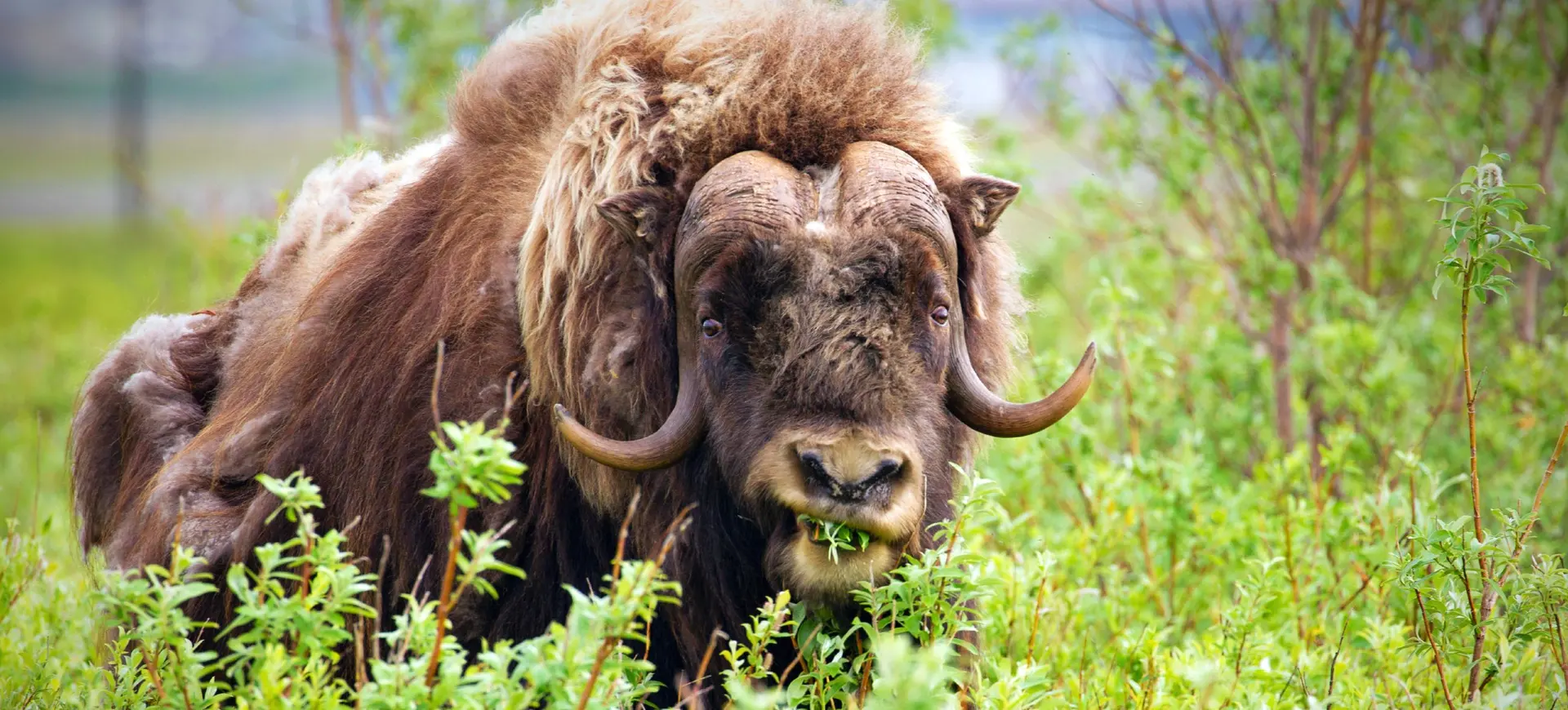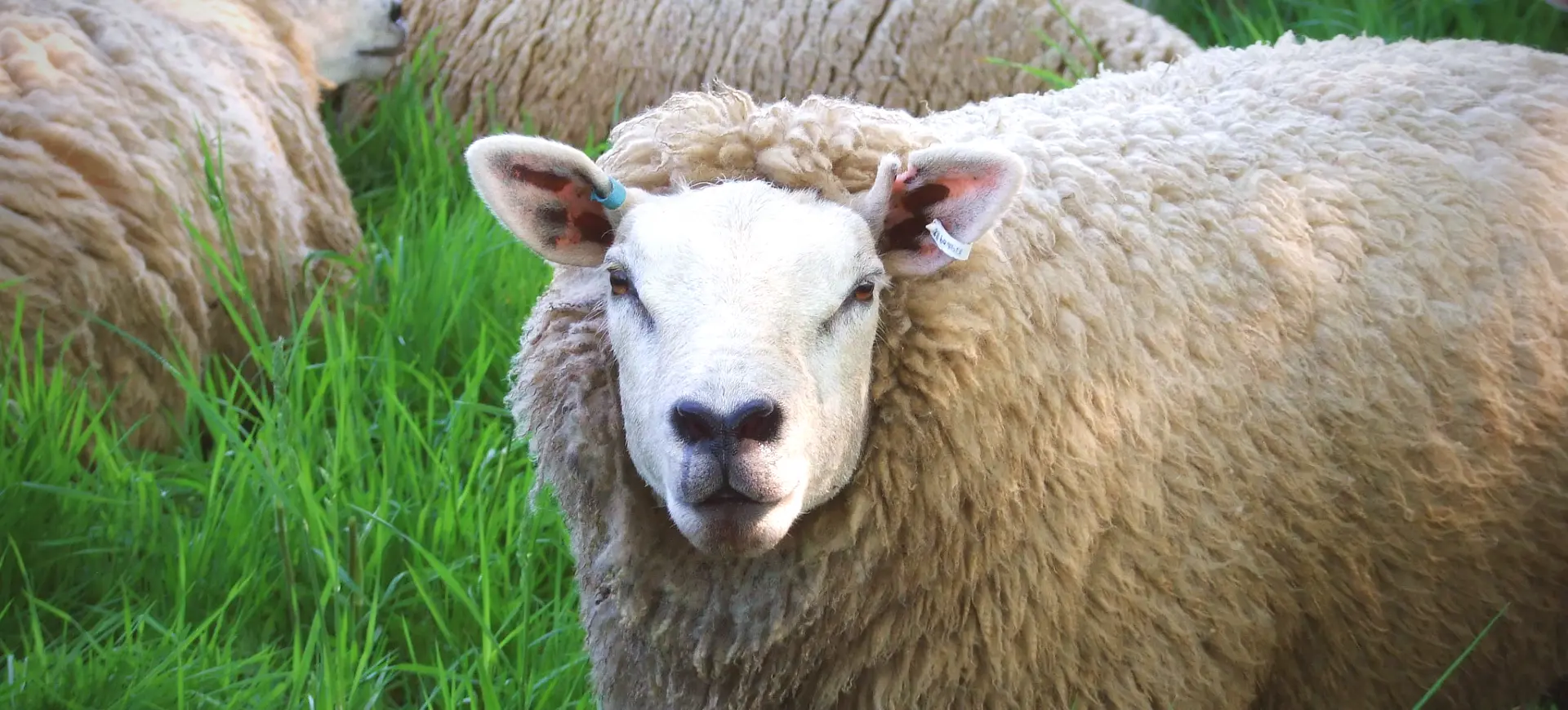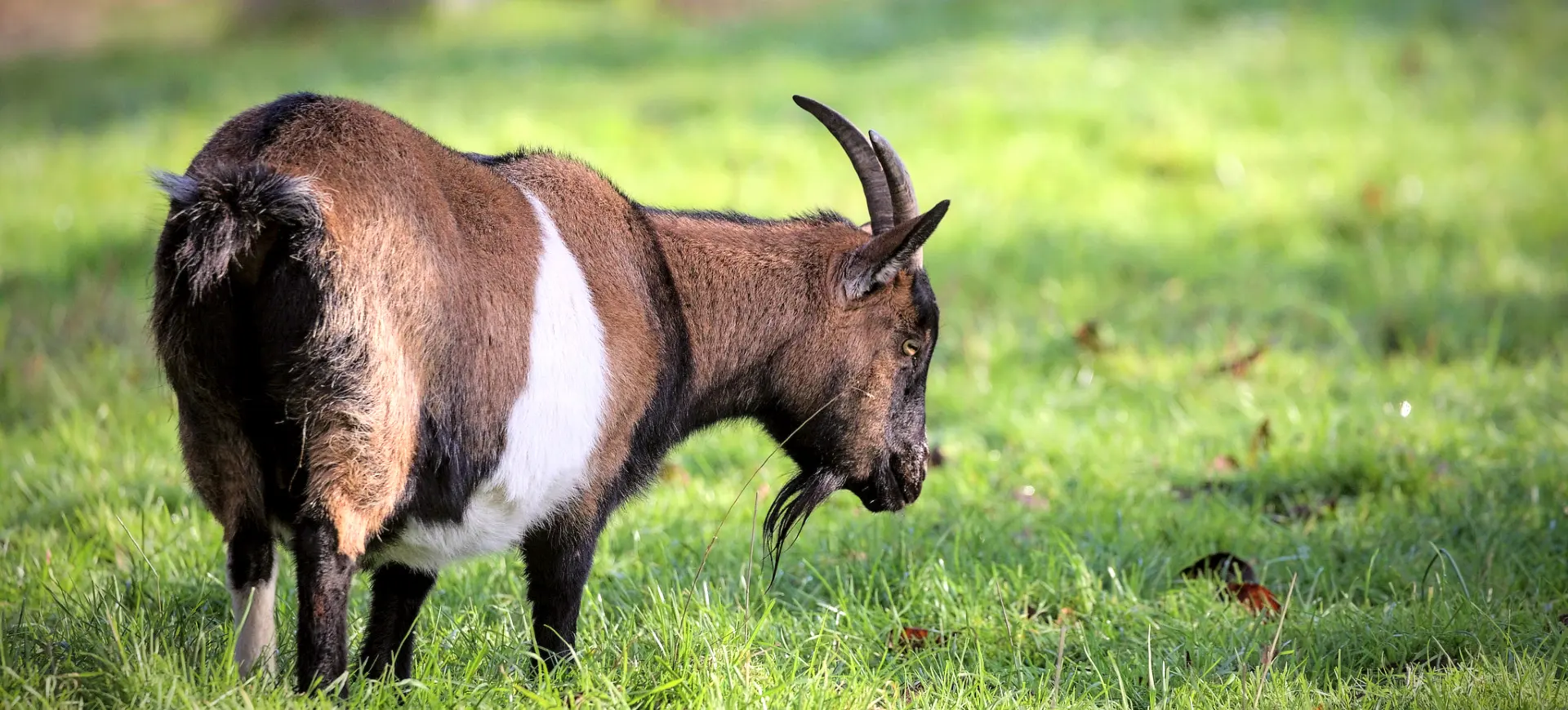Overview
The American Bison, scientifically known as Bison bison, symbolizes the Great Plains as a key species in North American history. This majestic animal is the largest land mammal on the continent, with males (bulls) weighing up to 2,000 pounds (900 kg) and standing up to 6 feet (1.8 meters) tall at the shoulder. Females (cows) are somewhat smaller but still formidable in size. Bison are characterized by their massive head, broad shoulders, and distinctive hump, all covered in thick, shaggy brown fur that provides insulation against the cold.
Bison play a crucial role in their ecosystems, influencing the structure and function of grasslands through their grazing habits. They prefer open plains and grasslands but are adaptable to various habitats, including forests and arid lands. Historically, millions of bison roamed North America, but their populations were drastically reduced in the 19th century due to overhunting and habitat loss. Conservation efforts in the 20th and 21st centuries have helped to partially restore their numbers and distribution.
Bison are social animals, forming herds ranging from a few individuals to thousands. These herds are complex social structures, often comprising smaller groups of females and their offspring, with males forming separate groups or remaining solitary outside the mating season. The species exhibits a high degree of migratory behavior, moving vast distances in search of fresh grazing lands and water. This migratory nature contributes to the health of grasslands by preventing overgrazing and ensuring a diversity of plant life.
Taxonomy
Kingdom
Phylum
Class
Order
Family
Genus
Species
Type
Current distribution:
The distribution of the American Bison in the wild has been significantly restored through conservation efforts, though it remains a fraction of its historical range. Populations are now primarily found in national parks, such as Yellowstone and Wood Buffalo National Park, as well as in protected reserves and private ranches that have established bison herds for conservation, cultural, and commercial purposes. These populations are distributed across the United States, Canada, and Mexico, with efforts underway to increase their numbers and range through reintroduction projects.
The success of these conservation initiatives has led to the establishment of stable, free-ranging bison herds, contributing to the biodiversity and health of grassland ecosystems. Continued support for bison conservation is vital for maintaining these achievements and ensuring the future of this iconic species in North America's natural landscapes.
Physical Description:
The American Bison is renowned for its imposing stature and physical adaptations that enable survival in harsh conditions. Adults exhibit a dark brown coat that becomes thicker and woollier during the winter to provide insulation against cold temperatures. The distinctive hump on their back is a result of long spinal vertebrae, which support the muscles used in plowing through snow and foraging for food. Their heads are large and heavy, with short, curved horns for defense and intraspecific competition during mating season.
Males are larger than females in both size and weight, showcasing significant sexual dimorphism. The bison’s beard, thick fur on their forequarters, and a mane around the neck add to their distinctive appearance. Their tail ends in a tuft of hair, which they can raise to signal other bison. The physical attributes of the bison, including their powerful legs and large, rounded hooves, are perfectly adapted to their lifestyle, facilitating movement across different terrains and enabling them to cover long distances in search of food.

Lifespan: Wild: ~20 Years || Captivity: ~25 Years

Weight: Male: 1,800-2,200 lbs (816-998 kg) || Female: 900-1,200 lbs (408-544 kg)

Length: Male: 108-124 in (274-315 cm) || Female: 94-110 in (239-280 cm)

Height: Male: 60-73 in (152-185 cm) || Female: 54-60 in (137-152 cm)

Top Speed: 35 mph (56 km/h)
Characteristic:
Native Habitat:
The American Bison historically roamed across a vast range in North America, from the eastern Appalachian Mountains to the Great Plains and from northern Canada down to Mexico in the south. Today, their range is greatly reduced, primarily consisting of protected areas, national parks, and private ranches. The largest populations are found in the Great Plains, where extensive grasslands provide the ideal habitat for these grazing animals.
Conservation areas such as Yellowstone National Park and the National Bison Range, along with other reserves across the United States and Canada, have become sanctuaries for bison, allowing them to live in environments similar to their natural habitats. Efforts to reintroduce bison to their historical range are ongoing to restore the ecological dynamics of North American grasslands that were significantly altered following the species’ near extinction.
Climate Zones:
Biomes:
Biogeographical Realms:
Continents:
Countries:
Diet:
Diet & Feeding Habits:
American Bison are herbivores, primarily grazing on grasses, herbs, and shrubs. Their diet changes seasonally, with a preference for fresh, green shoots in the spring and summer and dried grasses and woody plant material in winter. Their large, muscular tongue and specialized teeth enable them to grasp and pull vegetation, while their digestive system is highly efficient at processing high-fiber plant material. This diet not only sustains the bison but also plays a crucial role in the ecology of grasslands, as their grazing patterns help to maintain the health and diversity of these ecosystems.
Bison typically feed during cooler parts of the day, such as early morning and late afternoon, resting during the peak heat. Their feeding behavior, including migration, ensures they continually access fresh grazing areas, preventing overgrazing in any location. The impact of bison grazing on grassland environments is significant, promoting the growth of certain plant species, reducing brushwood, and creating habitats that benefit a wide range of other wildlife species.
Mating Behavior:
Mating Description:
The American Bison’s mating season, known as the rut, occurs from late July to August. During this time, males display increased aggression and compete for access to females. Bulls engage in dramatic displays of strength and dominance, including bellowing, wallowing in dust baths, and physical confrontations. These behaviors not only establish mating rights but also strengthen the social hierarchy within the herd.
Females are selective, often choosing the most dominant males as mates. After a gestation period of approximately 9 to 9.5 months, a single calf is born in the spring, when conditions are favorable for survival. Calves are precocial, able to stand and walk within hours of birth, and are nursed by their mothers for several months before transitioning to a grass-based diet. The strong bond between mother and calf is crucial for the calf’s development and integration into the herd.
Reproduction Season:
Birth Type:
Pregnancy Duration:
Female Name:
Male Name:
Baby Name:
Social Structure Description:
The social structure of the American Bison is characterized by herds that vary in size and composition depending on the season and environmental conditions. Outside the mating season, herds often segregate by sex, with females and their offspring forming nursery herds, while males either form smaller bachelor groups or remain solitary. During the rut, these groups come together, and the herd’s social dynamics become more complex as males compete for mating opportunities.
Bison herds exhibit sophisticated social interactions, including communication through vocalizations and body language. The structure of bison herds plays a crucial role in their survival, providing protection against predators and facilitating access to food and water resources. The dynamics of bison social structure are an important area of study for understanding herd behavior, population management, and the conservation of this species.
Groups:
Conservation Status:
Population Trend:
Thanks to concerted conservation efforts, the American Bison’s population has experienced a remarkable recovery from the brink of extinction in the late 19th century. From a few hundred individuals, the population has grown to over 500,000 bison, including wild and semi-domesticated herds. However, most of these bison are raised for commercial purposes, with approximately 31,000 individuals living in conservation herds that aim to preserve the species’ genetic diversity and ecological role.
Conservation herds are managed to maintain genetic health and ensure bison’s continued role in North American grasslands. Efforts to increase wild bison populations’ size and genetic diversity continue, including habitat restoration, the establishment of wildlife corridors, and legal protections. The success of these initiatives is a testament to the bison’s resilience and the importance of conservation action in reversing the decline of iconic species.
Population Threats:
The primary threats to the American Bison include habitat loss and fragmentation due to agricultural expansion and urban development. While hunting is no longer a significant threat due to strict regulations, historical overhunting played a major role in the species’ near extinction. Disease transmission from domestic livestock, competition for grazing with cattle, and the genetic integrity challenges posed by crossbreeding with domestic cattle are also concerns for bison conservation.
Climate change poses an emerging threat, potentially altering the grassland ecosystems on which bison depend. Changes in precipitation patterns, temperature extremes, and the increased frequency of wildfires could impact the availability of suitable habitat and food resources for bison. Addressing these threats requires integrated conservation strategies encompassing habitat protection, sustainable management practices, and climate change mitigation efforts.
Conservation Efforts:
Conservation efforts for the American Bison have focused on habitat protection, establishing wildlife reserves, and reintroducing bison to their historical ranges. These efforts have been led by collaborating with government agencies, Indigenous groups, conservation organizations, and private landowners. Initiatives such as the Interagency Bison Management Plan aim to manage and grow bison populations in a way that conserves their genetic diversity and ecological role.
Bison conservation also includes measures to prevent disease transmission, manage genetic diversity, and ensure sustainable interaction with domestic livestock. Educational programs and public awareness campaigns have played a key role in garnering support for bison conservation, emphasizing the species’ cultural and ecological significance. The continued success of bison conservation depends on ongoing collaboration, research, and adaptive management strategies to address the complex challenges facing this iconic species.
Additional Resources:
Fun Facts
- Bison can run up to 35 mph (56 km/h), swim across rivers, and jump high fences, showcasing their agility and strength.
- Their thick fur is shed in large clumps each spring, and birds often use this fur to line their nests.
- Bison have a keen sense of smell and can detect scents up to a mile away, helping them locate food and identify threats.
- The term “buffalo” is commonly used but technically incorrect; true buffalo species reside in Africa and Asia.
- Bison wallows, depressions they create in the soil through rolling, can benefit other species by serving as mini-ecosystems.
- The American Bison was designated as the national mammal of the United States in 2016, recognizing its cultural and historical significance.
- Bison calves, known as “red dogs” because of their orange-red fur at birth, can stand and run within hours of being born.
- A bison’s hump is composed of muscle supported by long vertebrae, enabling them to use their head as a snowplow in winter.
- Before European settlement, an estimated 30 to 60 million bison roamed North America.
- Bison play a key role in Indigenous cultures, providing food, clothing, and materials for tools and shelter.

